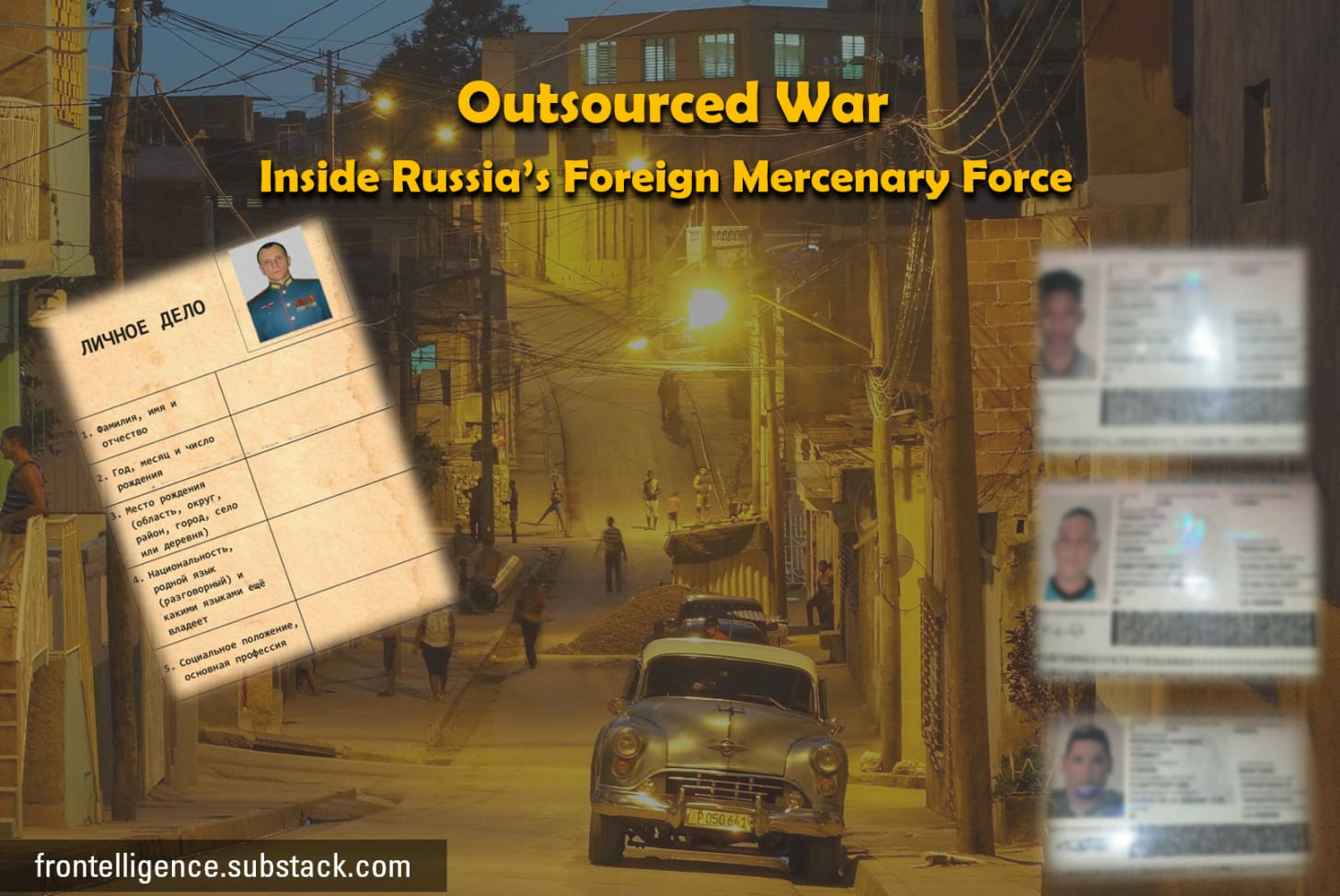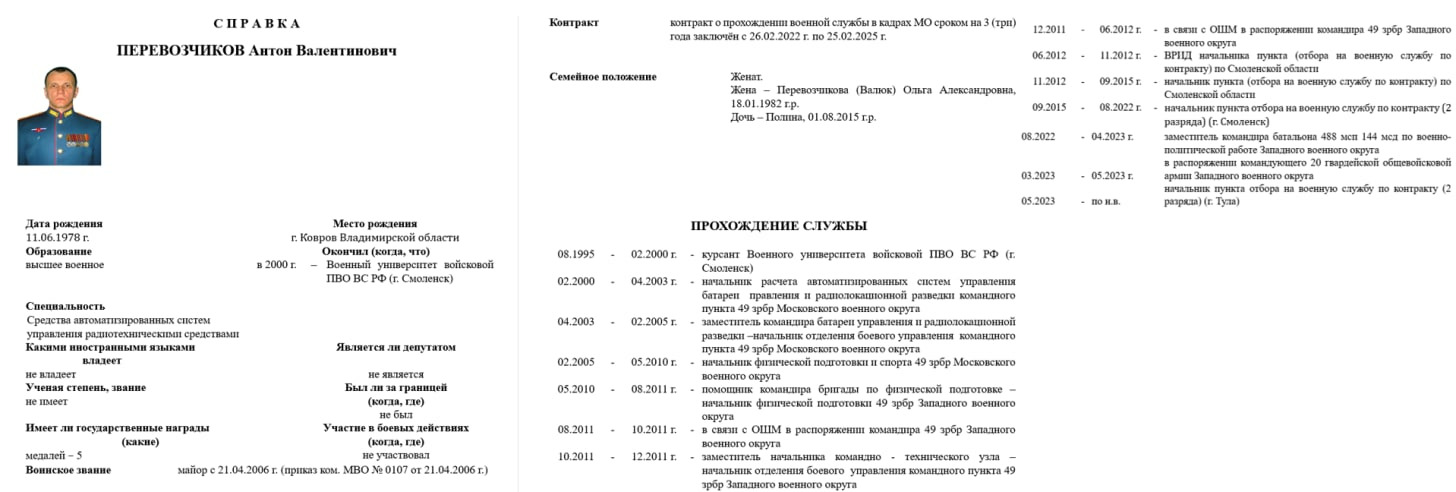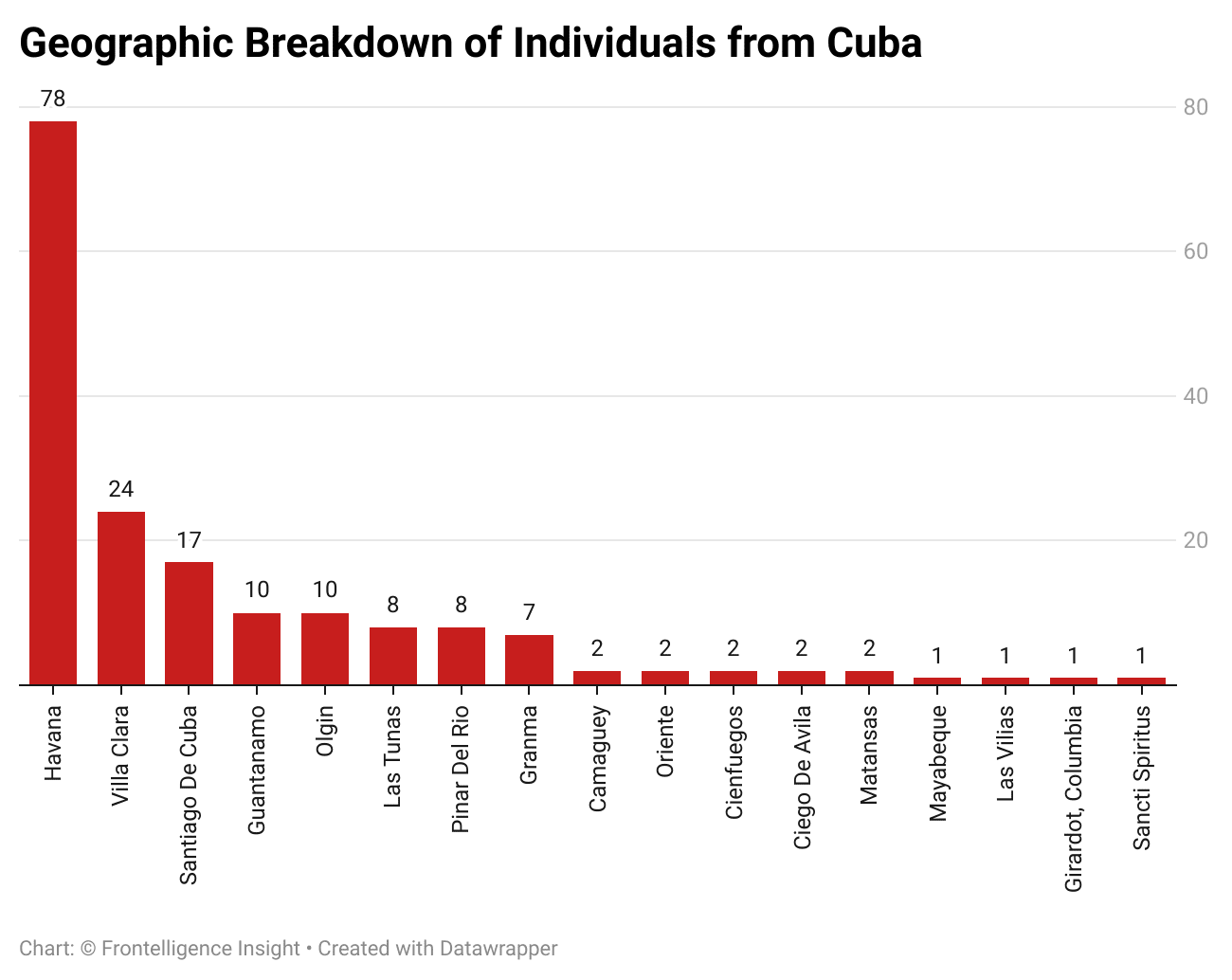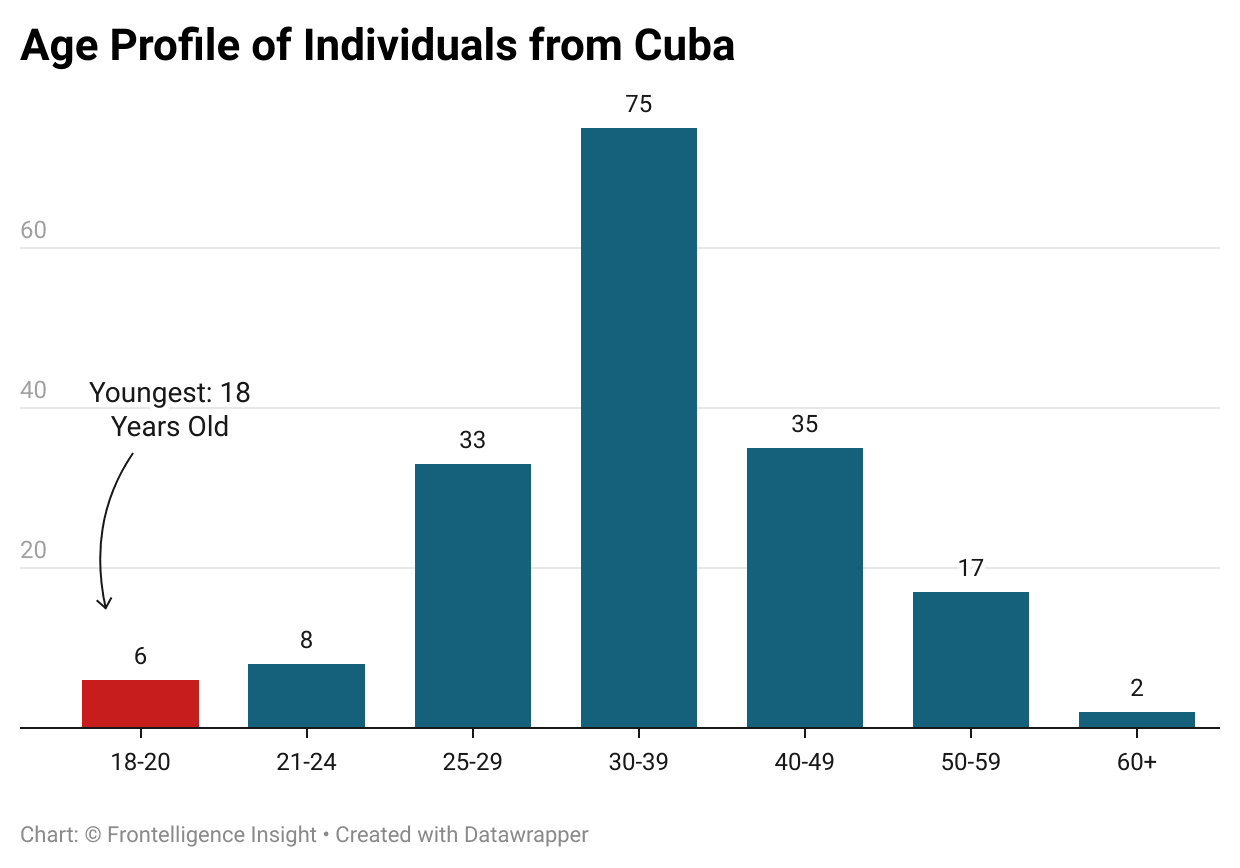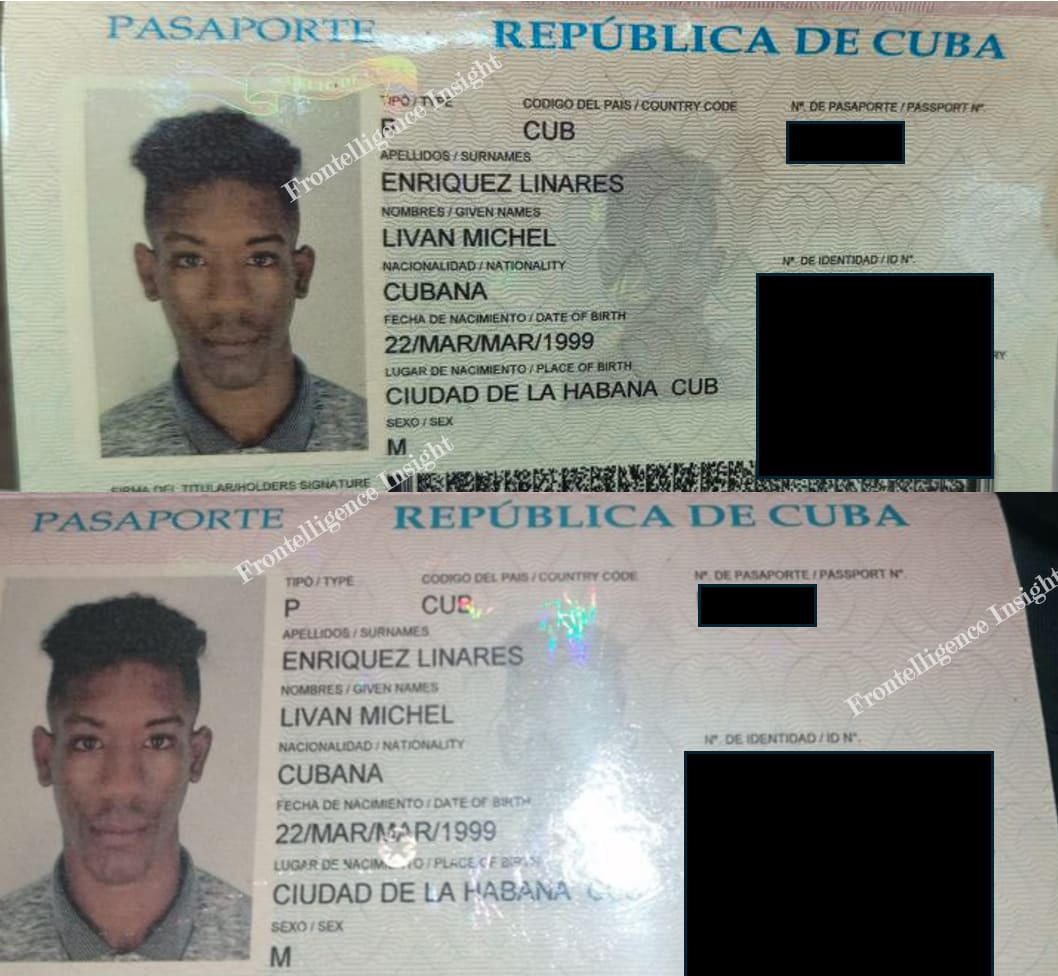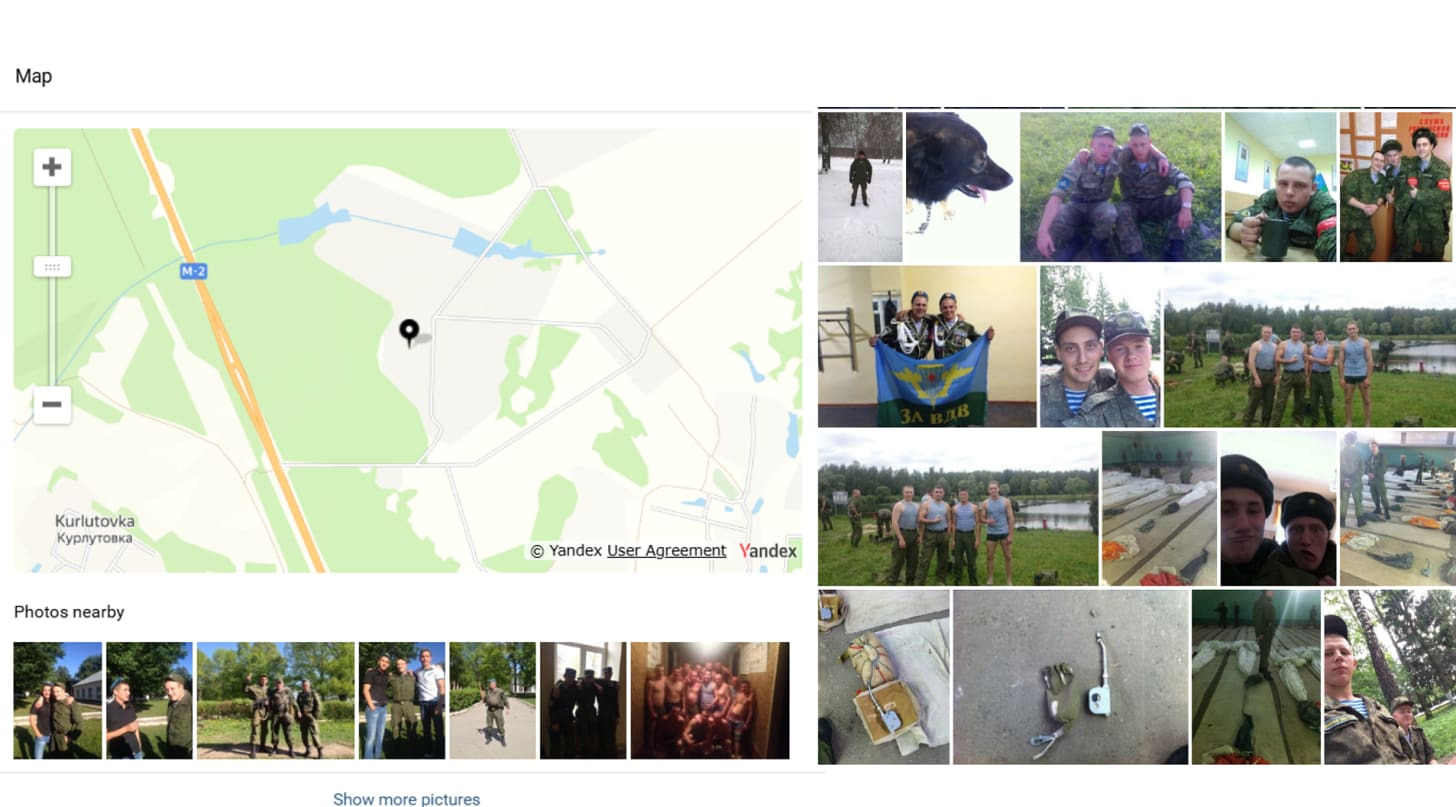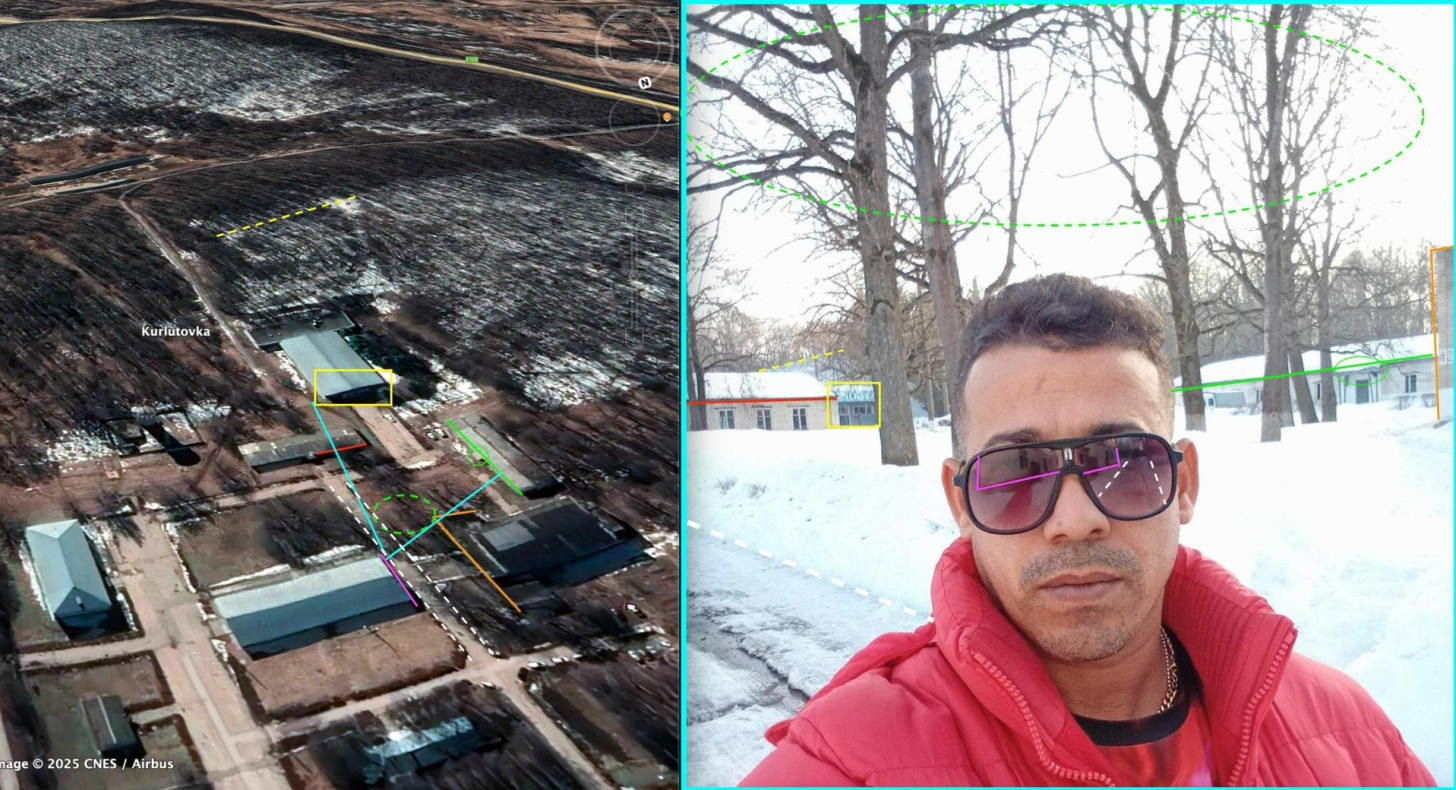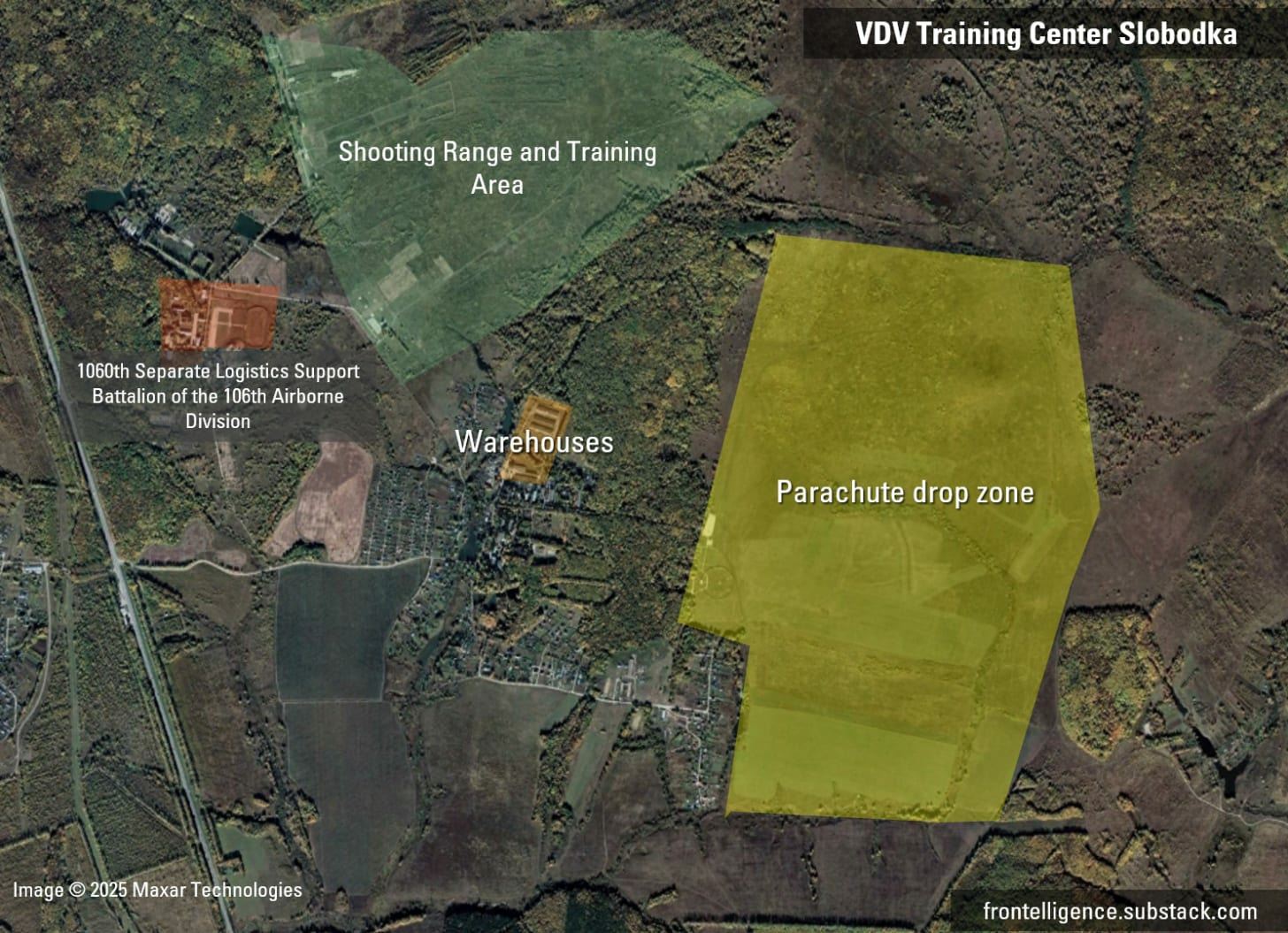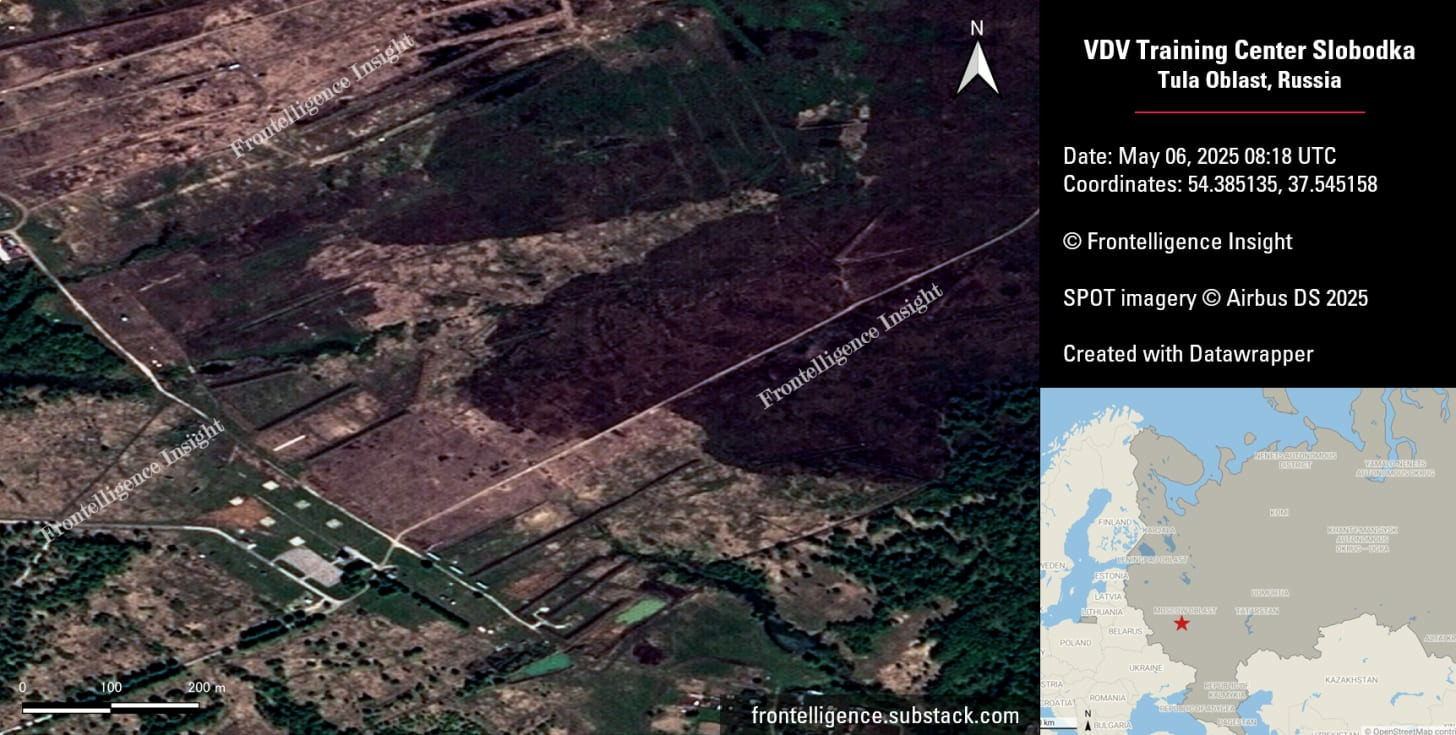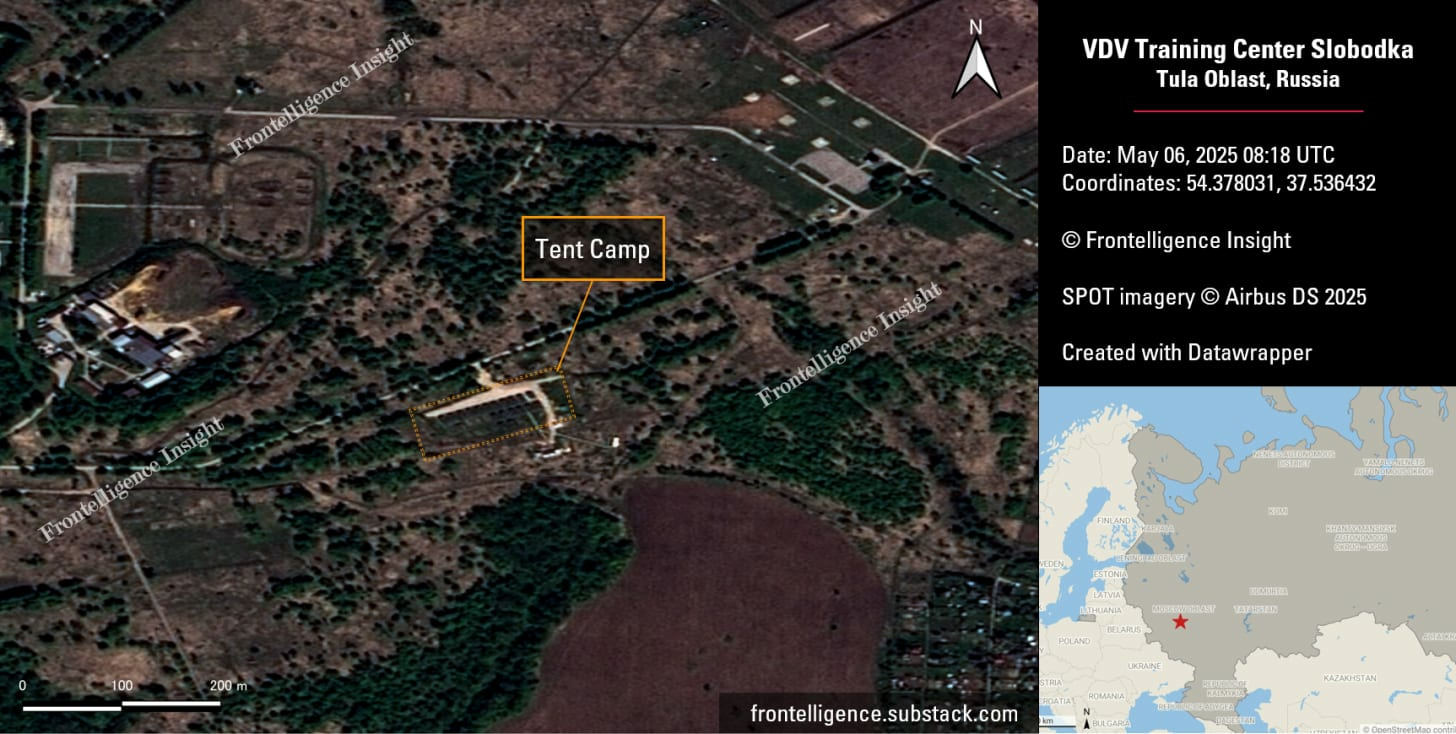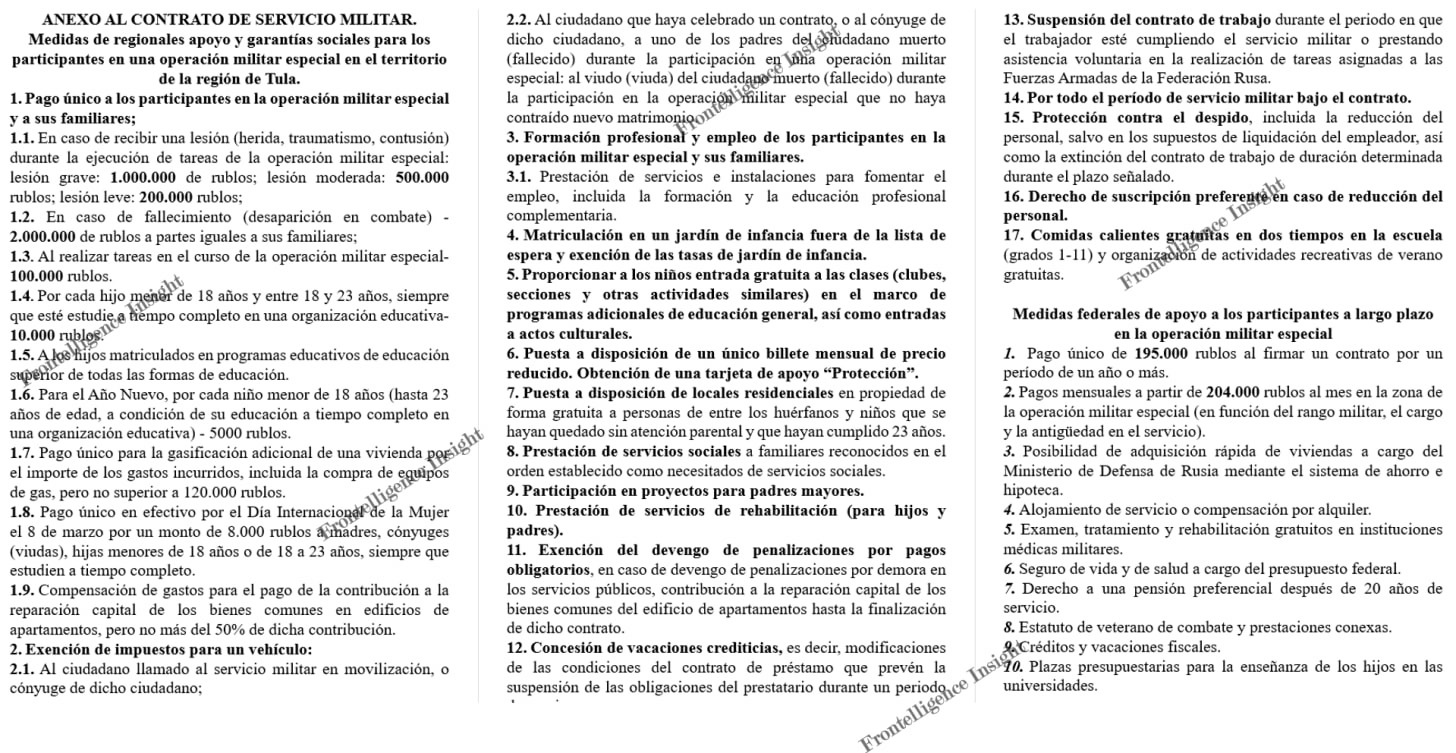-
'There will be 1,000 units per day' — Ukrainian commander warns of increased Russian Shahed drone attacks
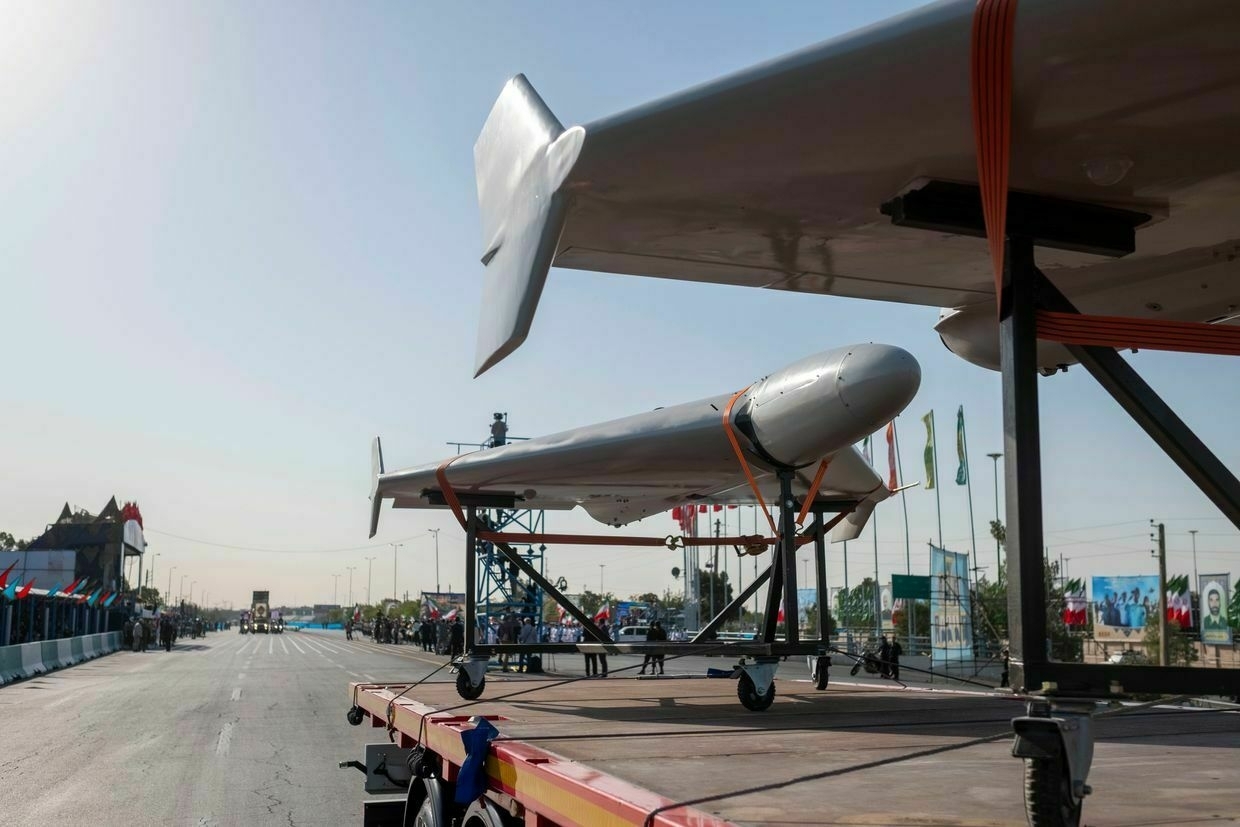
Robert “Magyar” Brovdi, commander of the Unmanned Systems Forces, warned on July 4 that Russian Shahed drone strikes could increase to 1,000 per day, prompting Ukraine to consider relocating drone production.
“Under the pressure of increasing mass use by the enemy of a cheap, but everywhere accessible Shahed… There will be 1,000 units (launched) per day and more,” he said in a post to social media.
Russia regularly strikes Ukrainian cities in drone attacks that heavily rely on the Iranian-designed Shahed drone.
Russia launched drones and ballistic missiles at the Ukrainian capital, injuring at least 26 people and killing one overnight on July 4. President Volodymyr Zelensky said Russia launched a record 550 drones and missiles during the seven-hour barrage.
“I am not scaring anyone,” Brovdi said, adding that he is citing the result of an intelligence analysis.
Kyiv is now considering relocating drone production amid the increased threat of Russian attacks, he said.
Ukraine has sought to expand its own defense production abroad, reaching key agreements with allies in recent weeks.
Copenhagen and Kyiv signed an agreement on July 4 that allows Ukrainian defense companies to open production facilities in Denmark, Strategic Industries Minister Herman Smetanin said.
Skyeton Prevail Solutions, a joint venture between Ukrainian drone manufacturer Skyeton and U.K.-based defense company Prevail Solutions, will manufacture and supply Raybird drones in the U.K., the two companies announced on July 2.
Zelensky and U.K. Prime Minister Keir Starmer met in London on June 23, where the two leaders agreed to an “industrial military co-production agreement."
Death of top Russian oil executive fuels fresh scrutiny of elite’s ‘window falls’The unexplained death of a top Russian oil executive on July 4 is fueling renewed scrutiny over the rising number of high-profile Russian officials and businessmen who have died under mysterious circumstances, specifically, have fallen out of windows. Andrei Badalov, vice president of Transneft, Russia’s largest state-controlled pipeline transport company,The Kyiv IndependentTim Zadorozhnyy
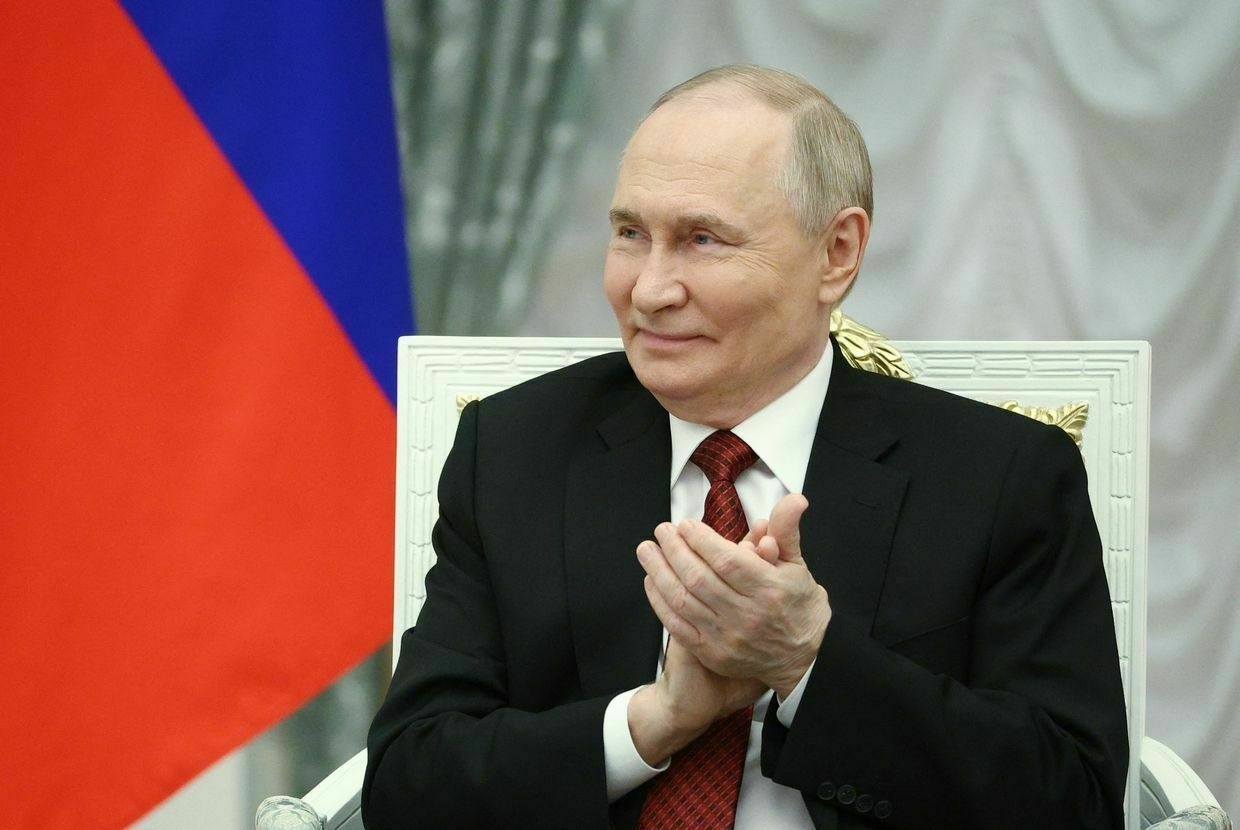
-
Death of top Russian oil executive fuels fresh scrutiny of elite's 'window falls'
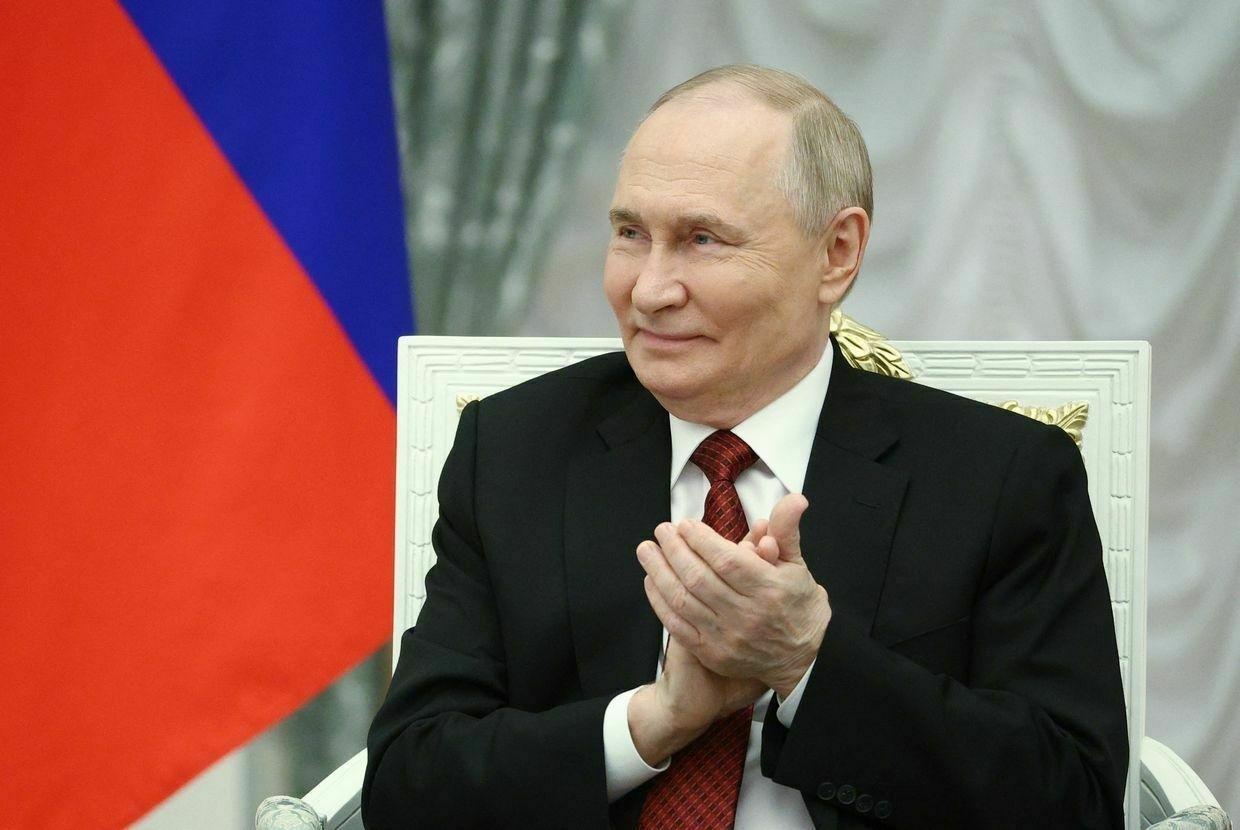
The unexplained death of a top Russian oil executive on July 4 is fueling renewed scrutiny over the rising number of high-profile Russian officials and businessmen who have died under mysterious circumstances, specifically, have fallen out of windows.
Andrei Badalov, vice president of Transneft, Russia’s largest state-controlled pipeline transport company, died after falling from the window of his apartment in Moscow.
Russian state news agency TASS, citing law enforcement sources, claimed the preliminary cause of death was suicide.
While Russian authorities often label these falls as suicides or accidents, others suggest something more deliberate may be at play.
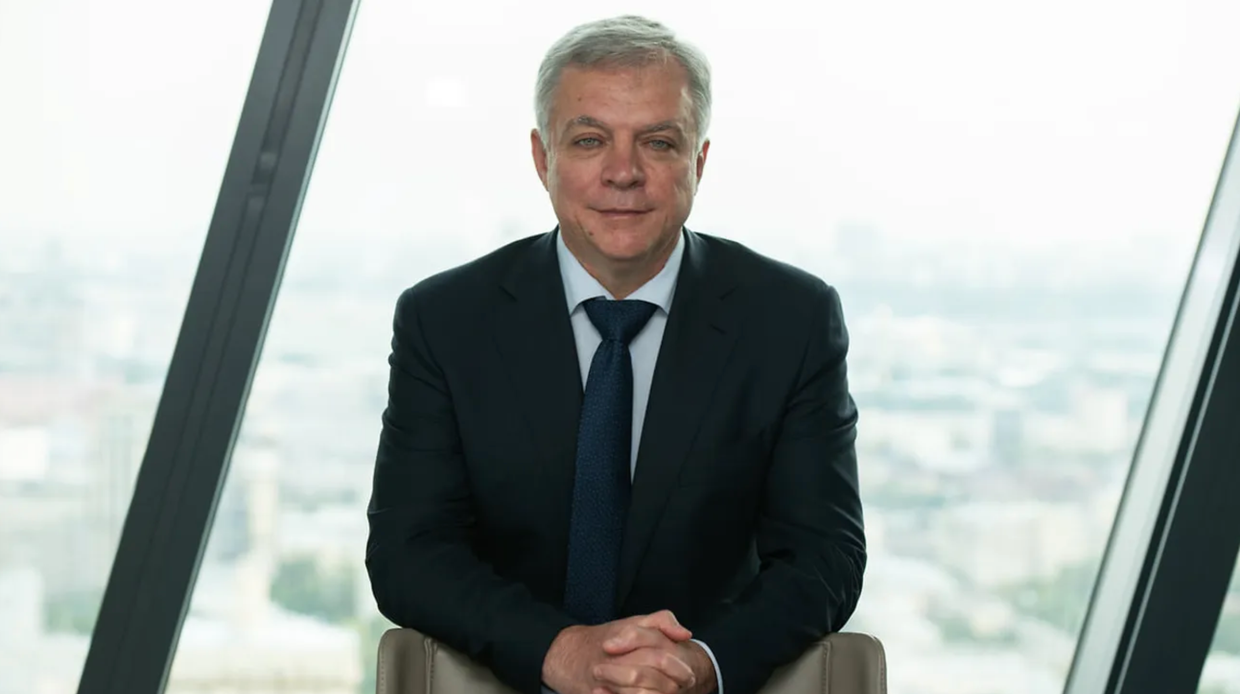
Andrei Badalov, vice president of Russia’s state pipeline company Transneft, died after falling out of the window of his apartment in Moscow. (Social media) Ivan Stupak, a Ukrainian military analyst and former security service (SBU) officer, said it’s likely that Russia’s own security services are behind many such deaths.
“They can pressure a person in one way or another. It’s a well-known tactic — either you kill yourself, and your family is left in peace with what they have, or they start arrests, imprisonments, and leave everyone destitute,” he told the Kyiv Independent.
Wave of suspicious deaths since 2022Since early 2022, dozens of Russian businessmen, state officials, and industry leaders have died under questionable circumstances.
While many of these cases have officially been labeled as suicides, others involve alleged murder-suicides, mysterious accidents, or unexplained falls.
In April 2022, Vladislav Avayev, vice president of Gazprombank, one of Russia’s largest banks, was found dead in Moscow alongside his wife and daughter. Preliminary findings claimed Avaev shot them before turning the gun on himself.
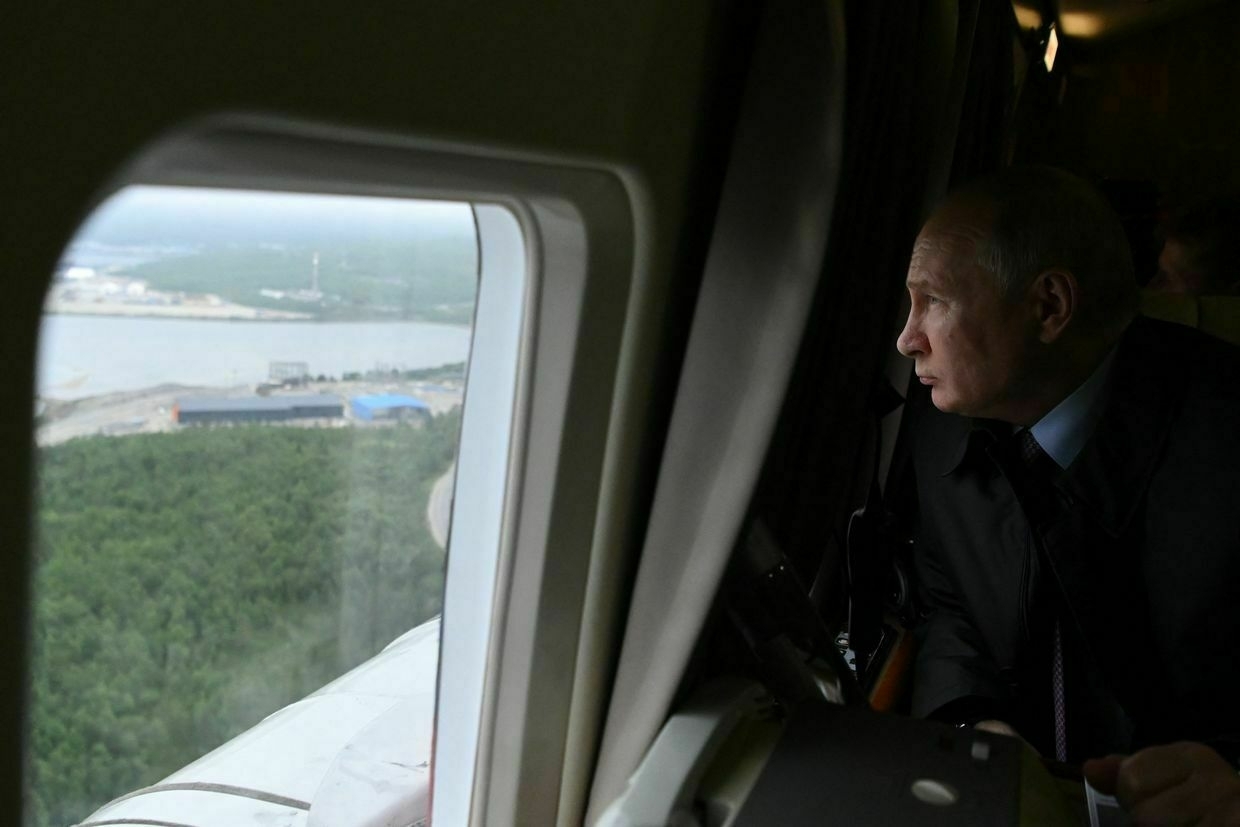
Russian President Vladimir Putin flies in a helicopter to visit the Center for the Construction of Large-Tonnage Offshore Structures of Novatek-Murmansk company in Belokamenka, Murmansk Oblast, Russia, on July 20, 2023. (Alexander Kazakov / Sputnik / AFP via Getty Images) Just days later, former Novatek gas producer executive Sergei Protosenya, his wife, and daughter were discovered dead at a villa in Spain.
Spanish media reported that Protosenya allegedly killed his family and then hanged himself, though the case remains unresolved.
Stupak suggested that not all of the deaths are politically motivated — some may stem from internal business rivalries.
“Apart from business disputes, it could also be a case of unpaid debts, borrowed money, or even embezzlement,” he said.
Eight deadly ‘falls’Among the most striking patterns is the recurrence of deaths caused by “falling out of a window.” At least seven such incidents have been reported since 2022.
In September 2022, Ravil Maganov, chairman of Russia’s second-largest oil firm Lukoil, died after falling from a hospital window in Moscow.
While Lukoil’s official obituary cited a “serious illness,” state media later reported he had allegedly committed suicide.
“Either you mysteriously die, or you end up behind bars.”
That same year, United Russia lawmaker Pavel Antonov was found dead at a hotel in India, lying in a pool of blood beneath his window.
Indian police said Antonov fell from the third floor, and local media reported that he had been "depressed" over the recent death of a friend, who had died in the same hotel days earlier.
Most recently, on Feb. 6, Russian singer-songwriter Vadim Stroykin died during a raid by Russian security forces.
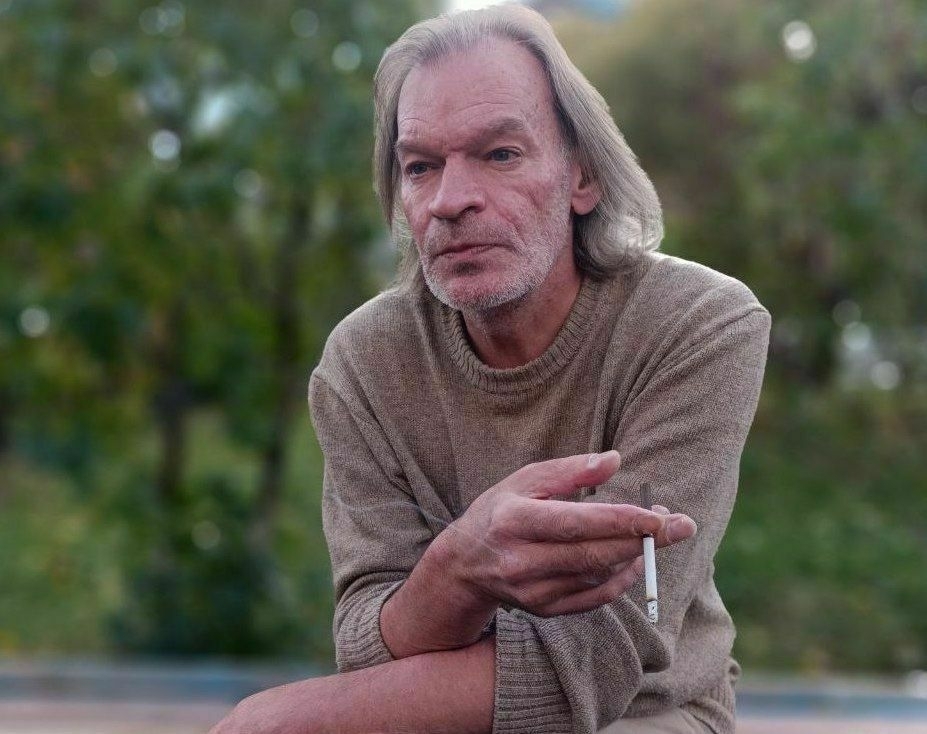
Russian musician Vadim Stroykin fell from a 10th-floor window of his apartment in St. Petersburg, Russia, while officers were conducting a search linked to his alleged donation to Ukraine’s Armed Forces. (Facebook) Human rights group OVD-Info reported that Stroykin fell out of a 10th-floor window of his St. Petersburg apartment while officers were conducting a search linked to his alleged donation to Ukraine's Armed Forces.
Russian media called the death a suicide. Stroykin had previously condemned Russia's invasion of Ukraine and criticized President Vladimir Putin directly.
Physically throwing someone out of a window would require at least two people, making it a loud and risky operation. Yet sometimes, the intent may be precisely to send a message, Stupak added.
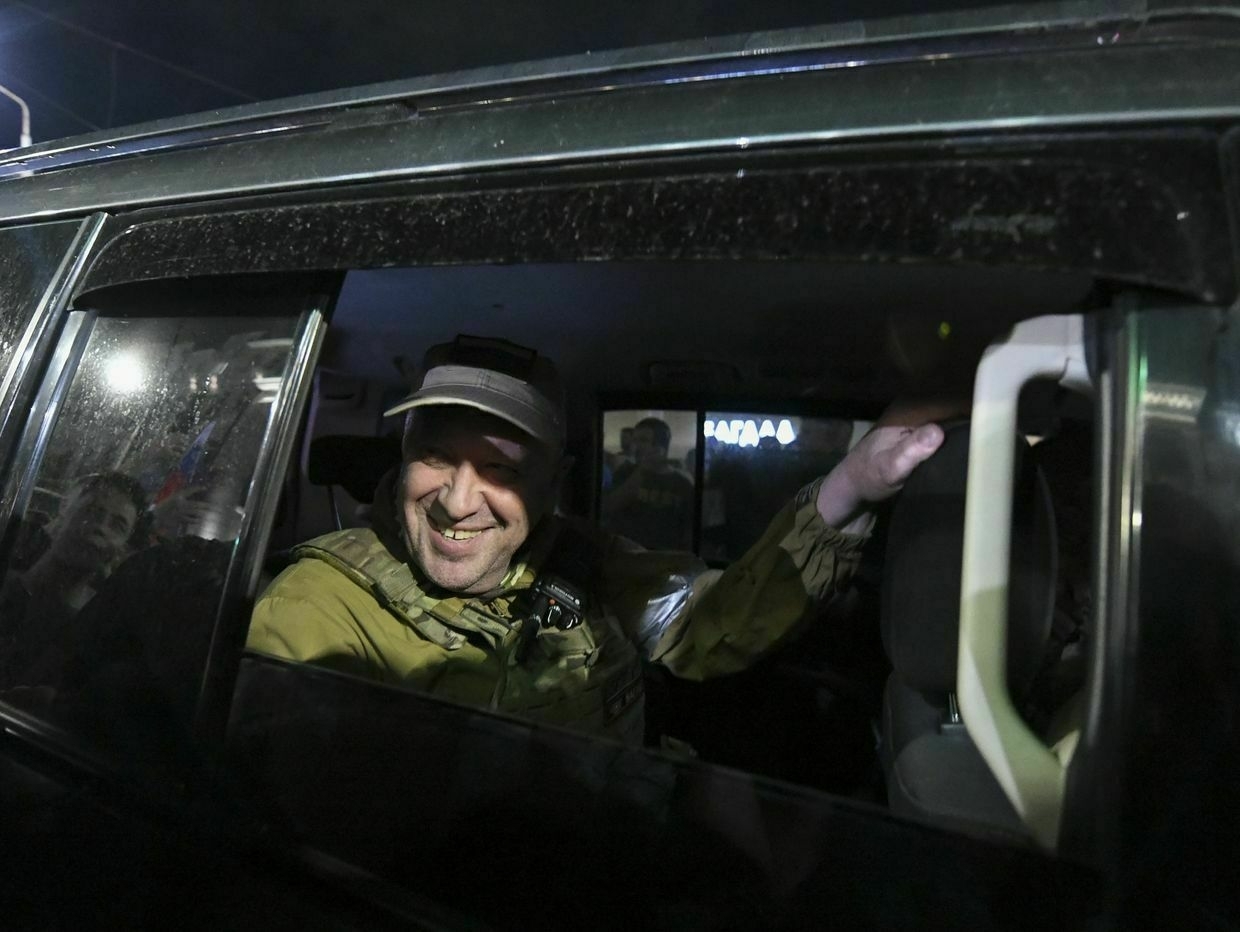
Then-Head of the Wagner Group Yevgeny Prigozhin leaves the Southern Military District headquarters in Rostov-on-Don, Russia, on June 24, 2023. Prigozhin and other Wagner leaders died in a suspicious plane crash inside Russia later in 2023, two months after he led a brief rebellion against the Kremlin. (Stringer / Anadolu Agency via Getty Images) "Look at what happened with (Yevgeny) Prigozhin. He could've been poisoned somewhere in Africa, and they could have easily blamed it on spoiled bananas. But they chose a demonstrative, public execution," he said.
Wagner Group founder Prigozhin and other Wagner leaders died in a suspicious plane crash inside Russia in 2023. The crash came two months after Prigozhin led a brief rebellion against the Kremlin.
"So, this could be a warning to others, showing what happens if you don't pay your debts, refuse to hand over business shares, or go against Putin," he added.
Crackdown on elites deepensIn Russia's system, even high-ranking officials aren't safe from internal purges.
"Just recall the case of Timur Ivanov, Russia's deputy defense minister," Stupak said. "He's a Hero of Russia. Yet he was imprisoned, everything was confiscated, and his family was left with nothing."
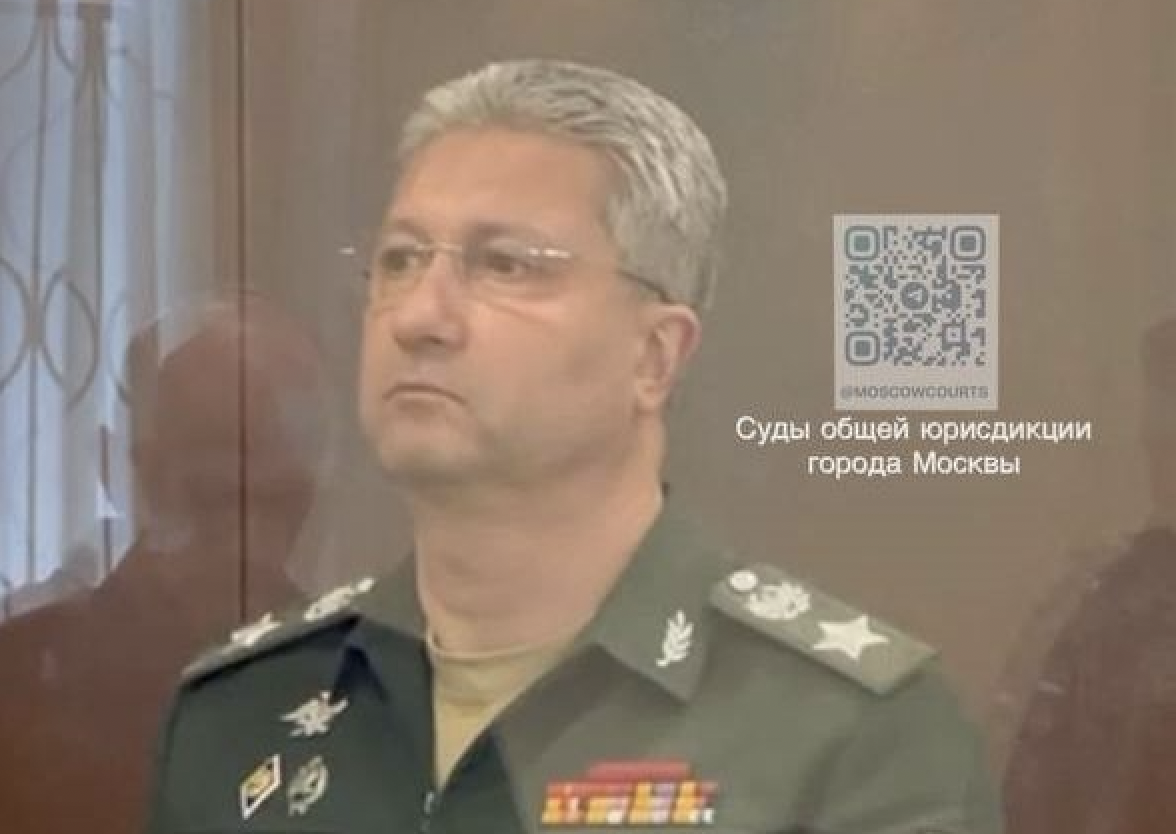
Then-Russia’s Deputy Defense Minister Timur Ivanov in a Moscow court on April 24, 2024, in relation to suspected bribery charges. (Moscow’s Basmanny District Court / Anadolu via Getty Images) On July 1, Ivanov was sentenced to 13 years in a penal colony for bribery and embezzlement, the harshest punishment handed down in a recent wave of corruption cases targeting senior defense officials.
"This shows just how ruthless the regime can be," he said. "Either you mysteriously die, or you end up behind bars."
Stupak believes the trend will only continue, driven by infighting and shrinking economic opportunity.
"There are no Western companies left, and domestic business is stagnating. Not every business group can boast of keeping up its volumes," he said.
"Those who refuse to cooperate," he said, "end up either in prison or out the window."
Note from the author:
Hi, this is Tim. Thank you for reading this article. The Kyiv Independent doesn't have a wealthy owner or a paywall. Instead, we rely on readers like you to keep our journalism funded. If you liked this article, consider joining our community today.
-
Ukraine war latest: Russia pounds Kyiv with record overnight drone, missile attack, 1 dead, 26 injured
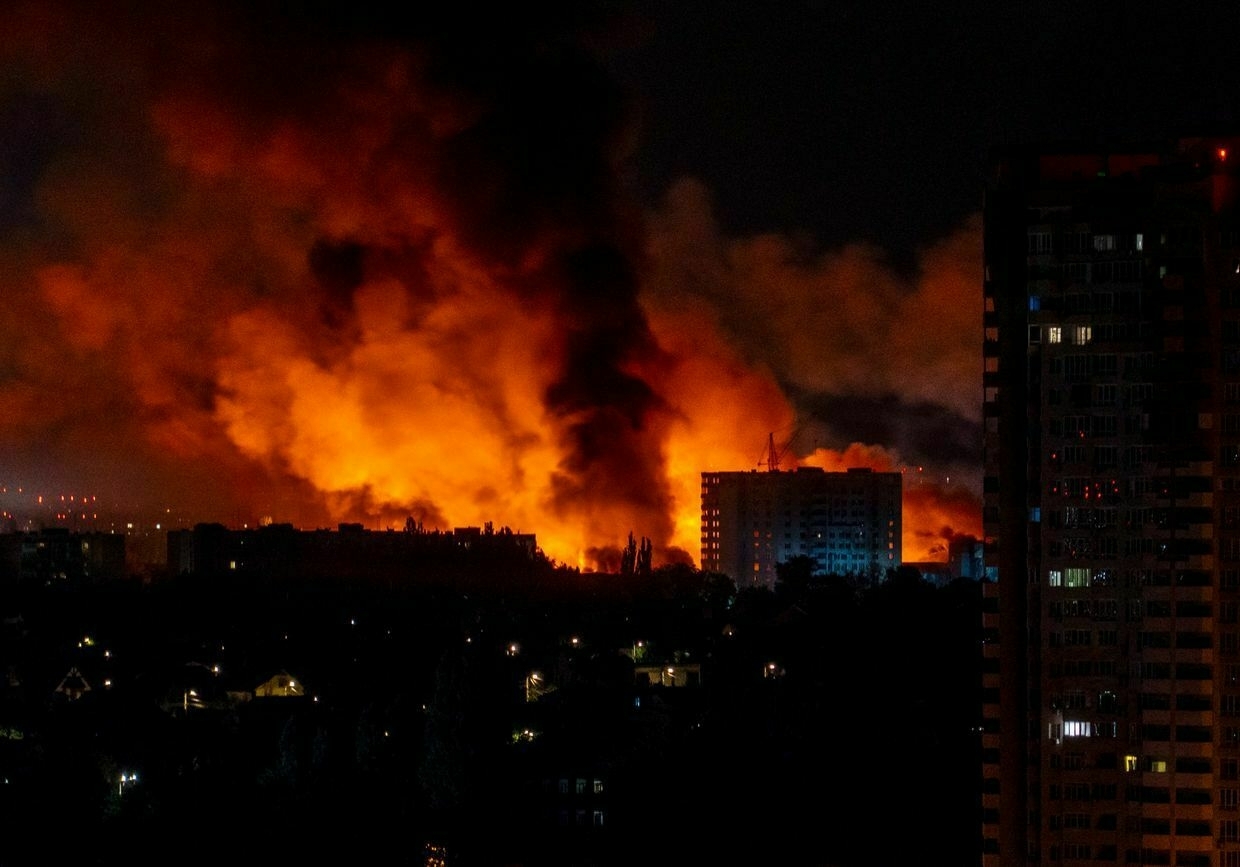
Key developments on July 4:
- ‘Nothing but terror and murder’ — Russia pounds Kyiv with record overnight drone, missile attack, 1 dead, 26 injured
- Zelensky, Trump discuss air defense, joint drone production amid Russian strikes
- ‘There is also good news’ — Ukrainian drones hit key military optics plant in Russia, General Staff confirms
- Russia intensifying use of chemical weapons in Ukraine, Dutch intelligence reports
- Ukraine, Denmark sign deal to launch Ukrainian military production on Danish soil
- Ukraine, Russia conduct new POW exchange
Explosions rocked the city of Kyiv for more than seven hours overnight on July 4, as Russia launched a record missile and drone attack targeting the capital and other cities across Ukraine.
At least one person was killed, and 26 others were injured in Kyiv, the State Emergency Service reported.
Mayor Vitali Klitschko said 14 people had been hospitalized, while Tymur Tkachenko, head of the Kyiv City Military Administration, in the afternoon confirmed a body had been found during rescue operations.
President Volodymyr Zelensky said Russia launched a record 550 drones and missiles during the seven-hour barrage. Kyiv Independent journalists on the ground heard multiple rounds of explosions in the city beginning around 8 p.m. local time on July 3 and continuing into the early hours of July 4
The attack damaged apartment buildings, businesses, a school, a medical facility, railway lines, and other civilian infrastructure in multiple districts. Fires blazed across the city, making the air dangerous to breathe.
“Russia, a terrorist country, has wreaked havoc,” Tkachenko wrote on Telegram. “The Russians bring nothing but terror and murder. That is a fact."
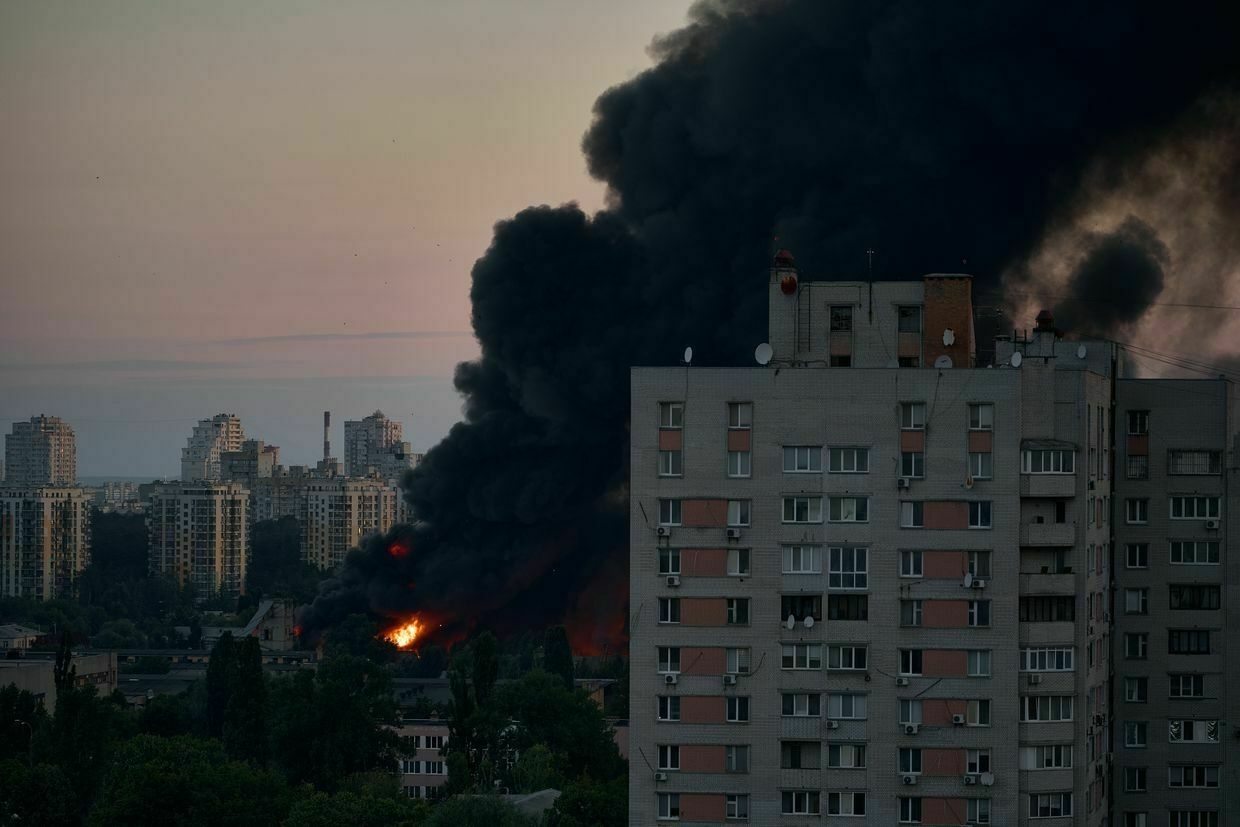
Smoke rises from a fire after a mass Russian drone and missile attack in Kyiv, Ukraine, on July 4, 2025. (Kostiantyn Liberov / Libkos / Getty Images) Ukraine’s Air Force reported that Russia had launched a ballistic missile towards Kyiv at around 12:30 a.m., and then additional missiles around 2:30 a.m.
As officials reported real-time updates on damage and casualties amid the ongoing assault, Kyiv Independent reporters in the city said that smoke from explosions clogged the air even in neighborhoods far from the attack sites.
“The first air raids in our cities and regions began yesterday, almost simultaneously with the start of media discussions of President Trump’s phone call with Putin,” Zelensky said in a post on social media on July 4.
“This was one of the largest-scale air attacks — deliberately massive and cynical… Russia is once again demonstrating that it is not going to end the war and terror."
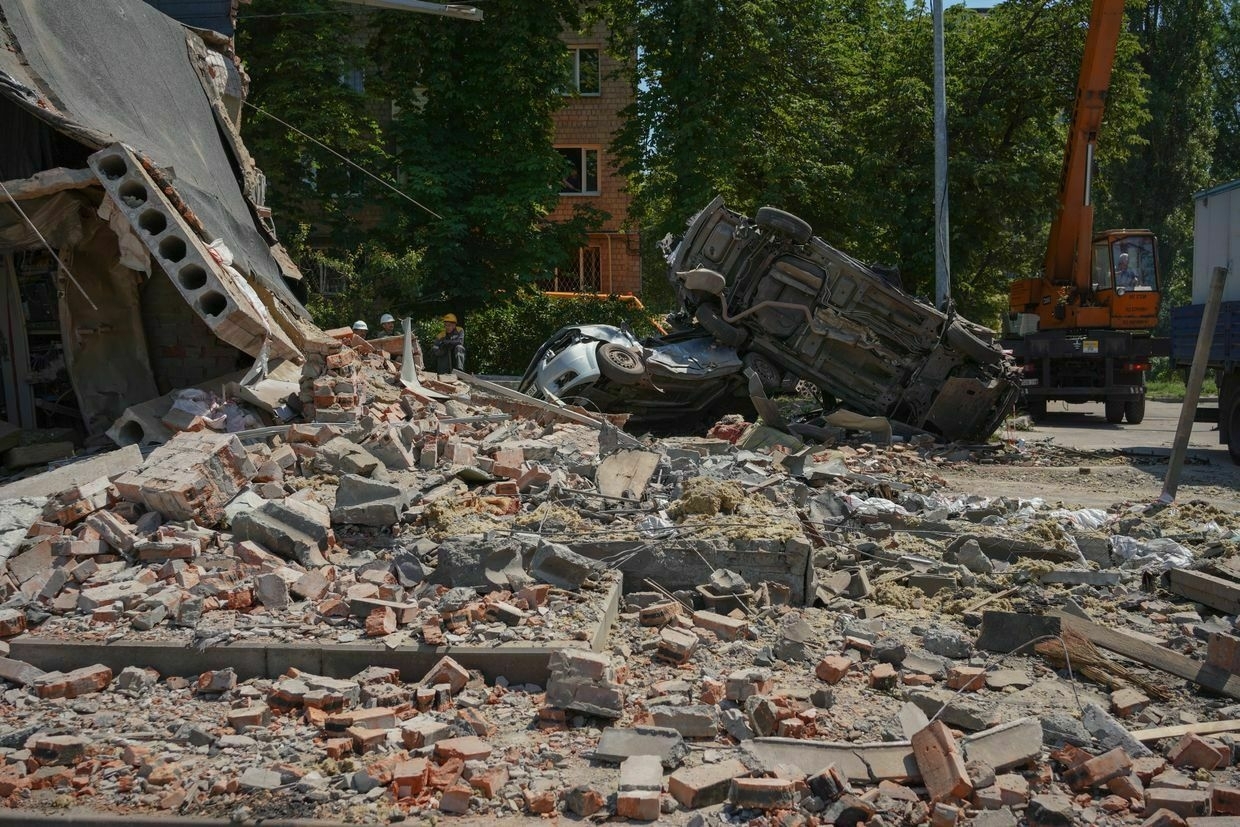
Destroyed building and burned cars after a massive drone and missile attack in Kyiv, Ukraine, on July 4, 2025 (Elena Kalinichenko/The Kyiv Independent). Polish Foreign Minister Radoslaw Sikorski said that the consular section of Poland’s embassy in Kyiv was damaged during Russia’s attack on Kyiv. “I just spoke with Ambassador (Piotr) Lukasiewicz; everyone is safe and unharmed,” Sikorski said.
He added that Ukraine urgently needs air defense systems.
Russia also targeted other regions of Ukraine with overnight attacks. Downed drones struck property and a vehicle in the city of Poltava, regional Governor Volodymyr Kohut reported. The strike injured two people.
Kyiv and other major Ukrainian cities have faced intensified drone and missile strikes in recent weeks, with Russia deploying Iranian-designed Shahed drones in record numbers.
Russia launches another horrific attack on Kyiv hours after Trump-Putin callRipe cherries and apricots fill the stalls of fruit vendors, while people bustle about on a scorching July Friday. Yet just a five-minute walk from the stand, the scene shifts dramatically: a gaping hole mars the five-story residential building where the stairwell once stood. Rescuers tirelessly sift through theThe Kyiv IndependentKateryna Hodunova

Zelensky, Trump discuss air defense, joint drone production amid Russian strikesPresident Volodymyr Zelensky and U.S. President Donald Trump held a phone conversation on July 4, agreeing to strengthen Ukraine’s air defenses, Zelensky announced on Telegram.
The call came as Russia escalated its aerial campaign across Ukraine.
“Today we discussed the situation: Russian air strikes and, more broadly, the situation on the front lines. President Trump is very well informed,” Zelensky said.
“We discussed air defense options and agreed to work on increasing airspace protection. We agreed on a meeting between our teams."
Zelensky said the two leaders also discussed Ukraine’s defense industry potential and explored possibilities for direct cooperation with U.S. partners.
“We are ready for direct projects with America and believe that this is extremely necessary for security, especially with regard to drones and related technologies,” he added.
Trump told Zelensky that the U.S. is willing to assist Ukraine with air defense amid intensified Russian strikes, Axios reported, citing unnamed sources. The call between the two presidents reportedly lasted about 40 minutes.
This conversation followed a phone call between Trump and Russian President Vladimir Putin on July 3, during which the Kremlin said Putin reaffirmed that “Russia will continue to pursue its goals” in its war against Ukraine despite U.S. calls for a ceasefire.
Trump told reporters on July 3 that he was “very disappointed” by the conversation with Putin.
“I don’t think he’s there… I don’t think he’s looking to stop this fighting."
The call also followed the U.S. Defense Department’s decision to pause shipments of key weapons systems to Ukraine, including Patriot missiles and precision-guided artillery rounds. Kyiv has warned that the delay threatens to weaken its air defenses and emboldens Moscow.
Despite repeated expressions of frustration about Russia’s continued aggression, Trump’s administration has yet to impose new sanctions or approve additional aid for Ukraine since taking office in January.
While Russia and Ukraine resumed direct talks in Istanbul this year, the two rounds of negotiations — on May 16 and June 2 — have yielded only prisoner exchanges and no progress toward a ceasefire.
Russia damages Chinese consulate in Odesa as Chinese drone parts found in Kyiv following similar attackChina has not publicly acknowledged the incident or reported any damage to its diplomatic premises in Odesa.The Kyiv IndependentTim Zadorozhnyy
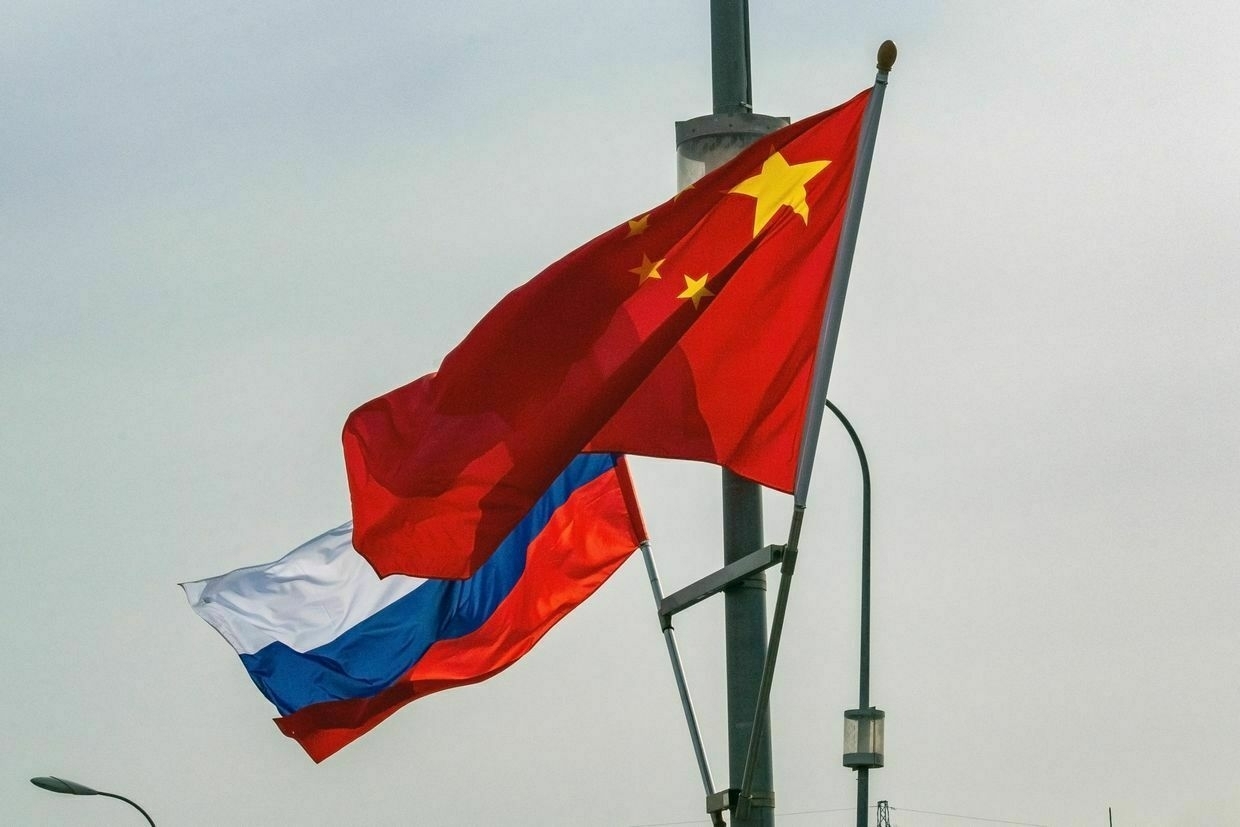
‘There is also good news’ — Ukrainian drones hit key military optics plant in Russia, General Staff confirmsDrones struck multiple targets in Russia overnight on July 4, including a high-value defense facility in the southern Rostov Oblast, according to Andrii Kovalenko, head of the counter-disinformation center at Ukraine’s National Security and Defense Council.
Kovalenko said a drone hit the Azov Optical and Mechanical Plant in the town of Azov, Rostov Oblast. The facility reportedly manufactures critical components for the Russian military, including sights, rangefinders, thermal imaging systems, and fire control equipment for tanks, infantry fighting vehicles, ships, and aircraft.
“Despite the difficult night, there is also good news. There were attacks on facilities in Russia, particularly in Moscow and Rostov oblasts,” Kovalenko wrote. “This is where the ‘eyes’ for Russian armored vehicles are assembled."
Overnight on July 4, Russia launched a massive drone and missile assault on multiple Ukrainian cities, with Kyiv as the primary target. At least 23 people were injured in the capital amid widespread destruction and high levels of air pollution.
Ukraine’s General Staff later confirmed that its drone units struck the Scientific Research Institute of Applied Chemistry (FNTs NIIPKh) in Sergiyev Posad, Moscow Oblast.
The military said the facility is involved in the production of thermobaric warheads for Shahed-type drones and plays a critical role in Russia’s airstrike capabilities.
Russia’s Defense Ministry later claimed that air defense systems had intercepted or destroyed 48 Ukrainian drones overnight. According to the ministry, 26 were downed over Rostov Oblast, 12 over Kursk Oblast, six over Belgorod Oblast, three over Oryol Oblast, and one over Lipetsk Oblast.
The Kyiv Independent could not independently verify these claims.
China’s foreign minister tells EU that Beijing cannot afford Russia to lose in Ukraine, media reportsChina’s Foreign Minister Wang Yi reportedly told the EU’s top diplomat Kaja Kallas on July 3 that the country cannot afford for Russia to lose the war in Ukraine amid fears the U.S. would shift focus towards Beijing, the South China Morning Post (SCMP) reported, citing sources familiar with the conversation.The Kyiv IndependentDmytro Basmat
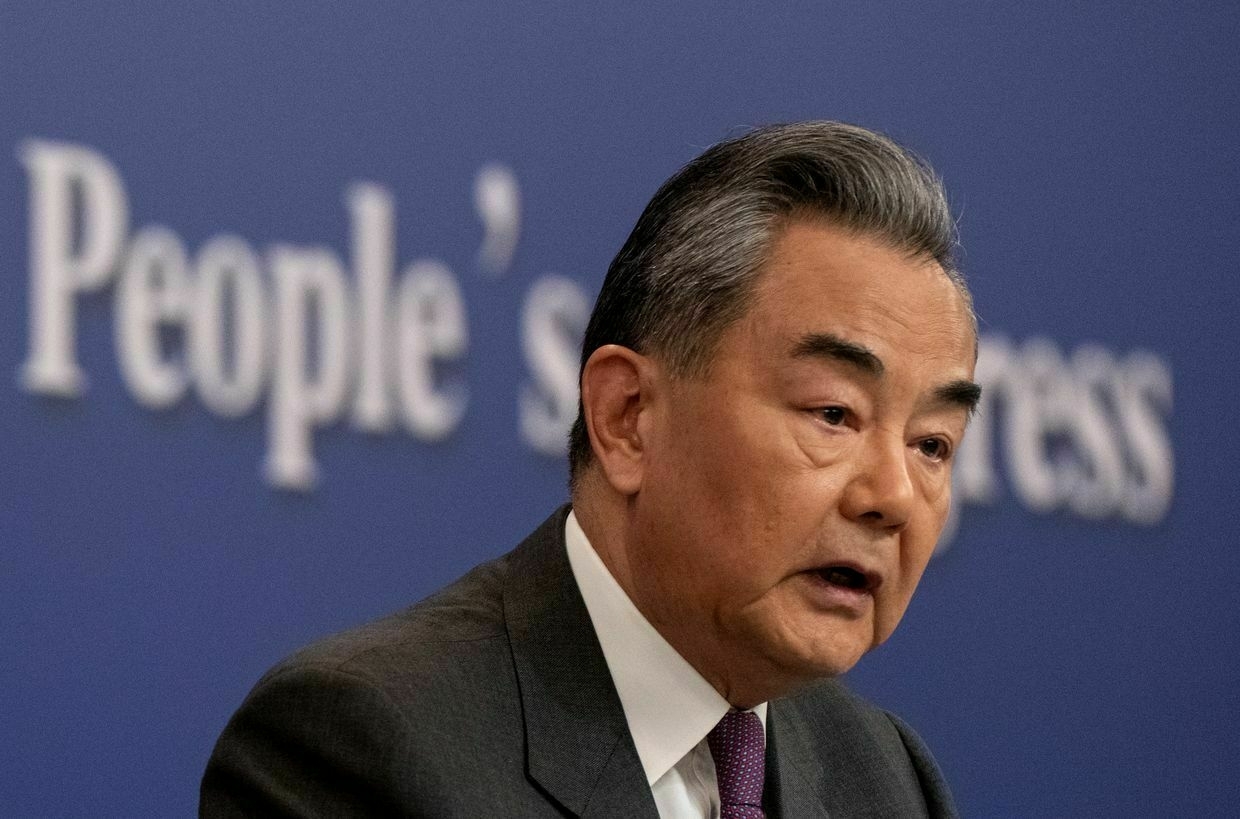
Russia intensifying use of chemical weapons in Ukraine, Dutch intelligence reportsRussia is escalating the use of chemical weapons against Ukrainian forces, the Netherlands Military Intelligence (MIVD) reported on July 4.
Russian troops use banned chemical agents as psychological warfare to panic Ukrainian forces, forcing soldiers from dugouts and trenches with gas grenades dropped by drones, making them easy targets for subsequent drone or artillery attacks.
According to MIVD report, it was previously known that Russia used tear gas, but now intelligence has confirmed the use of chloropicrin — a substance that can kill in high concentrations in enclosed spaces.
Use of of chloropicrin, banned under international law, was discovered by the Netherlands Military Intelligence and Security Service (MIVD) and General Intelligence and Security Service (AIVD) together with the German foreign intelligence service BND.
The Kyiv Independent previously reported rising chemical attacks, but Ukraine could not accurately identify the chemical substances due to lack of equipment.
The U.S. State Department had already reported in May that Russian forces have used the chemical agent chloropicrin in Ukraine. The May 1 announcement was part of a larger statement about the introduction of new U.S. sanctions against more than 280 individuals and entities.
For now, the original statement has been removed from the U.S. State Department website.
Russia is using this type of weapon more frequently and “with ease,” says MIVD Director Vice Admiral Peter Reesink.
Dutch Defense Minister Ruben Brekelmans, who announced the news to the Dutch parliament, called the situation “absolutely unacceptable,” calling for “more sanctions, isolation of Russia and unwavering military support for Ukraine."
“We are making this public now because Russia’s use of chemical weapons must not become normalized,” Brekelmans said. “If the threshold for using this type of weapon is lowered, it is dangerous not only for Ukraine but also for the rest of Europe and the world."
Since the start of the full-scale invasion in 2022, Russia has conducted over 9,000 chemical attacks. At least three Ukrainian soldiers have died directly from exposure to toxic substances, according to Ukraine’s Defense Ministry.
Dutch intelligence has established that Russian military leadership actively facilitates chemical attacks, and the use of banned substances has become standard practice for Russian forces.
Moscow is also increasing investments in chemical weapons programs, expanding research, and recruiting new scientists, MIVD and AIVD observe.
The U.S. has accused Russia of deploying chloropicrin, often used in agriculture and widely weaponized as a “vomiting agent” during World War I.
Number of Ukrainian children killed and injured amid Russian full-scale invasion jumps threefold in recent monthsThe latest U.N. figures show a threefold jump in the number of deaths and injuries for children over the three months ending in May. The Kyiv IndependentThe Kyiv Independent news desk
The Kyiv IndependentThe Kyiv Independent news desk
Ukraine, Denmark sign deal to launch Ukrainian military production on Danish soilKyiv and Copenhagen signed a landmark agreement on July 4 that allows Ukrainian defense companies to open production facilities in Denmark, Strategic Industries Minister Herman Smetanin announced.
“This is a unique case of international cooperation for the Ukrainian defense industry,” Smetanin wrote on Facebook, following the signing ceremony in Copenhagen alongside Danish Industry Minister Morten Bodskov.
The deal marks the first time Ukrainian defense technologies will be exported abroad specifically for supply to Ukraine’s own Armed Forces, he said.
A year ago, Denmark became the first country to fund weapons production by Ukrainian manufacturers. Now, it has become the first to host Ukrainian arms production lines on its territory, Smetanin added.
“Today, it has become the first country to which Ukraine exports its own defense technologies for production, scaling, and supply to the Ukrainian army,” he said.
The agreement is part of Ukraine’s broader effort to internationalize its defense production. President Volodymyr Zelensky announced on June 21 that Kyiv would soon begin exporting defense technologies and opening weapons production lines in partner countries.
To scale up domestic and international production, Zelensky has called on foreign partners to finance new projects and match Ukraine’s rapidly growing manufacturing capacity.
Denmark has been a key backer of Ukraine since the start of Russia’s full-scale invasion in 2022. In February 2024, Copenhagen signed a 10-year bilateral security agreement with Kyiv, pledging long-term defense cooperation until Ukraine secures NATO membership.
Trump envoy Steve Witkoff pushing to lift energy sanctions on Russia, Politico reportsWhile Special Envoy Steve Witkoff is reportedly advocating for the easing of energy sanctions, others in the administration disagree. Interior Secretary Doug Burgum favors reducing U.S. reliance on Russian imports rather than expanding trade, according to Politico. The Kyiv IndependentAnna Fratsyvir
The Kyiv IndependentAnna Fratsyvir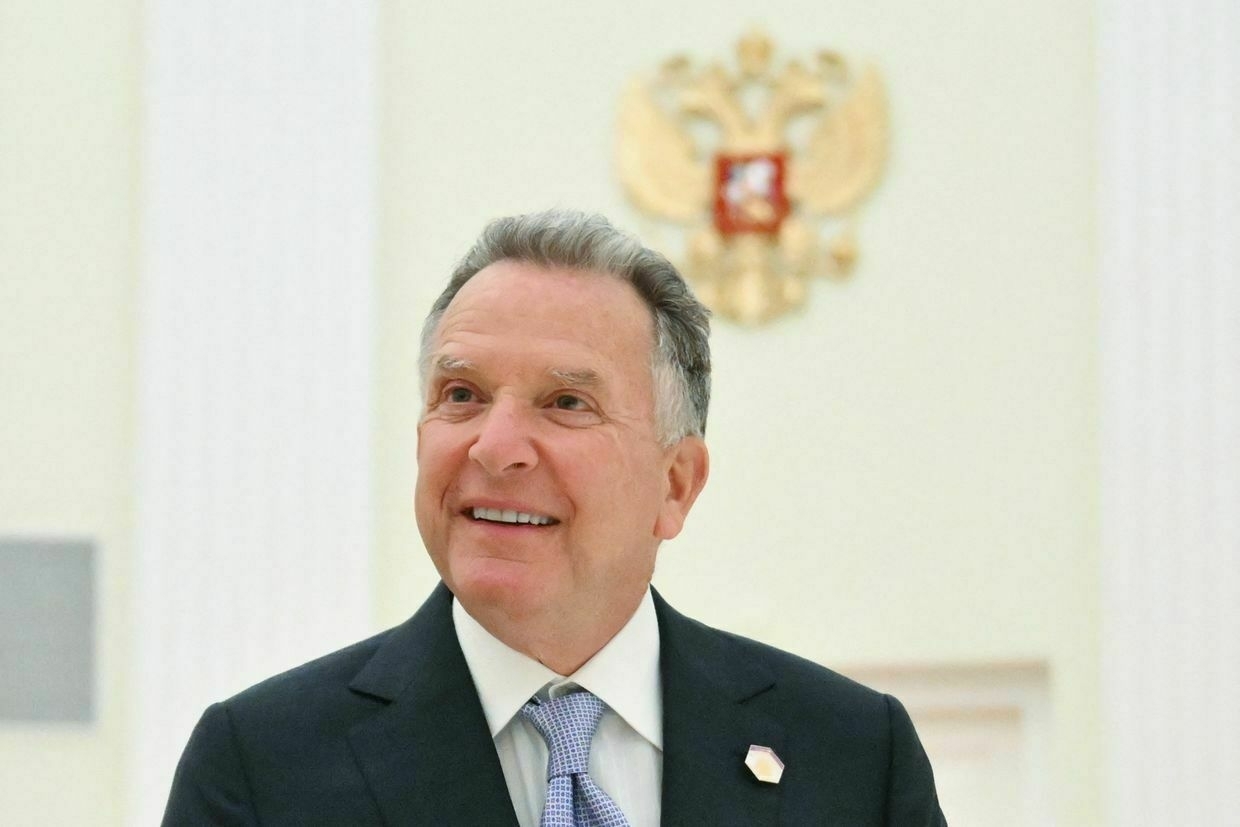
Ukraine, Russia conduct new POW exchangeA new prisoner of war (POW) exchange with Russia has taken place, bringing home another group of Ukrainian soldiers held in Russian captivity, many since 2022, President Volodymyr Zelensky confirmed on July 4.
“Our people are home. Most of them had been in Russian captivity since 2022,” Zelensky said in a statement.
According to Ukraine’s Land Forces, the group includes prisoners categorized as “wounded and seriously ill,” those “under the age of 25,” and civilians.
The exchange follows five swaps that occurred in June under the Istanbul deal reached between Ukraine and Russia on June 2. The agreement provided for the regular release of severely ill and wounded POWs from both sides, as well as the repatriation of the bodies of fallen soldiers.
Previous swaps have brought home service members from the Armed Forces, National Guard, and State Border Guard Service, many of whom were captured in 2022 during the start of Russia’s full-scale invasion.
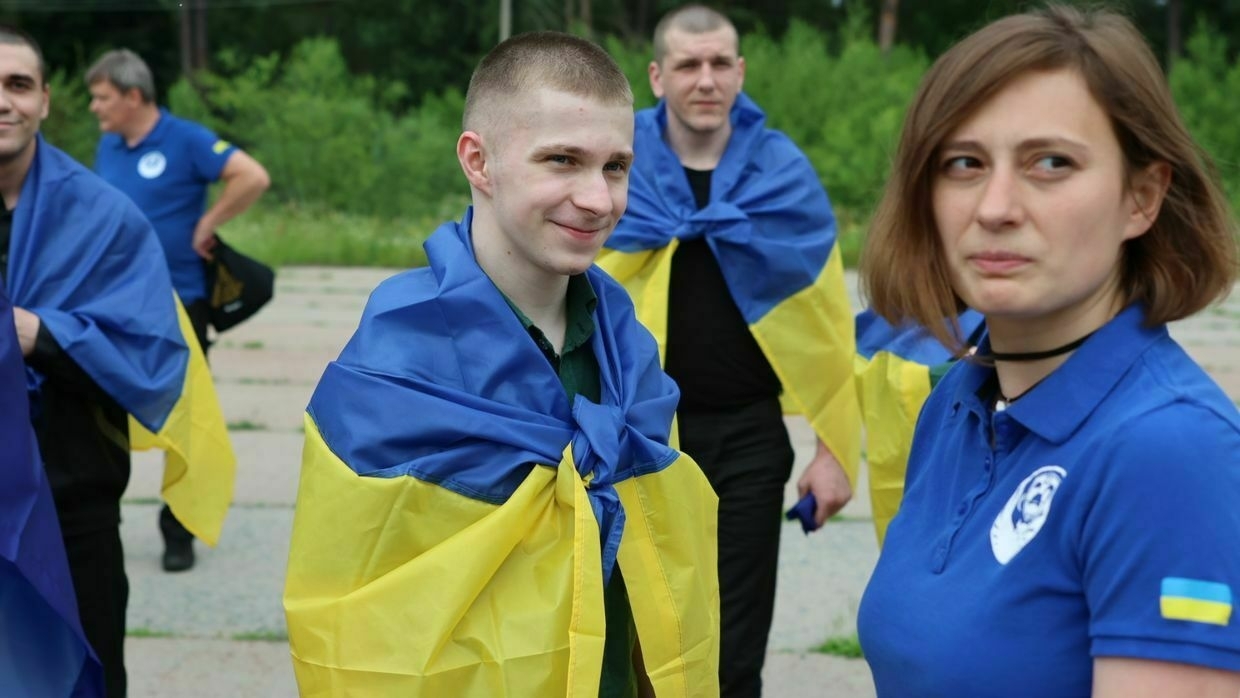
Recently released Ukrainian prisoners of war returned home following a POW exchange with Russia on July 4, 2025. (The Coordination Headquarters for Prisoners of War / Telegram) “Exchanges must continue, and I thank everyone who makes this possible,” Zelensky said. “Ukraine’s goal is to free all our people from Russian captivity. I thank everyone who helps make that happen."
Russia’s Defense Ministry confirmed the exchange on July 4, without disclosing the number of soldiers returned.
Previous exchanges have focused on individuals with serious medical needs resulting from injuries and harsh conditions in captivity. Some previously released prisoners had defended Mariupol during the 2022 siege, while others fought in regions including Donetsk, Luhansk, Kherson, and Kyiv oblasts.
The Istanbul agreement followed months of stalled negotiations and was hailed as a humanitarian breakthrough despite the lack of broader political progress.
Ukraine continues to advocate for a full-scale “all-for-all” exchange, a proposal that Russia has so far rejected. Still, both sides have carried out smaller, phased swaps, sometimes multiple in a single week.
Note from the author:
Ukraine War Latest is put together by the Kyiv Independent news desk team, who keep you informed 24 hours a day, seven days a week. If you value our work and want to ensure we have the resources to continue, join the Kyiv Independent community.
-
Germany reportedly mulls $29 billion tank, vehicle order to deter Russia
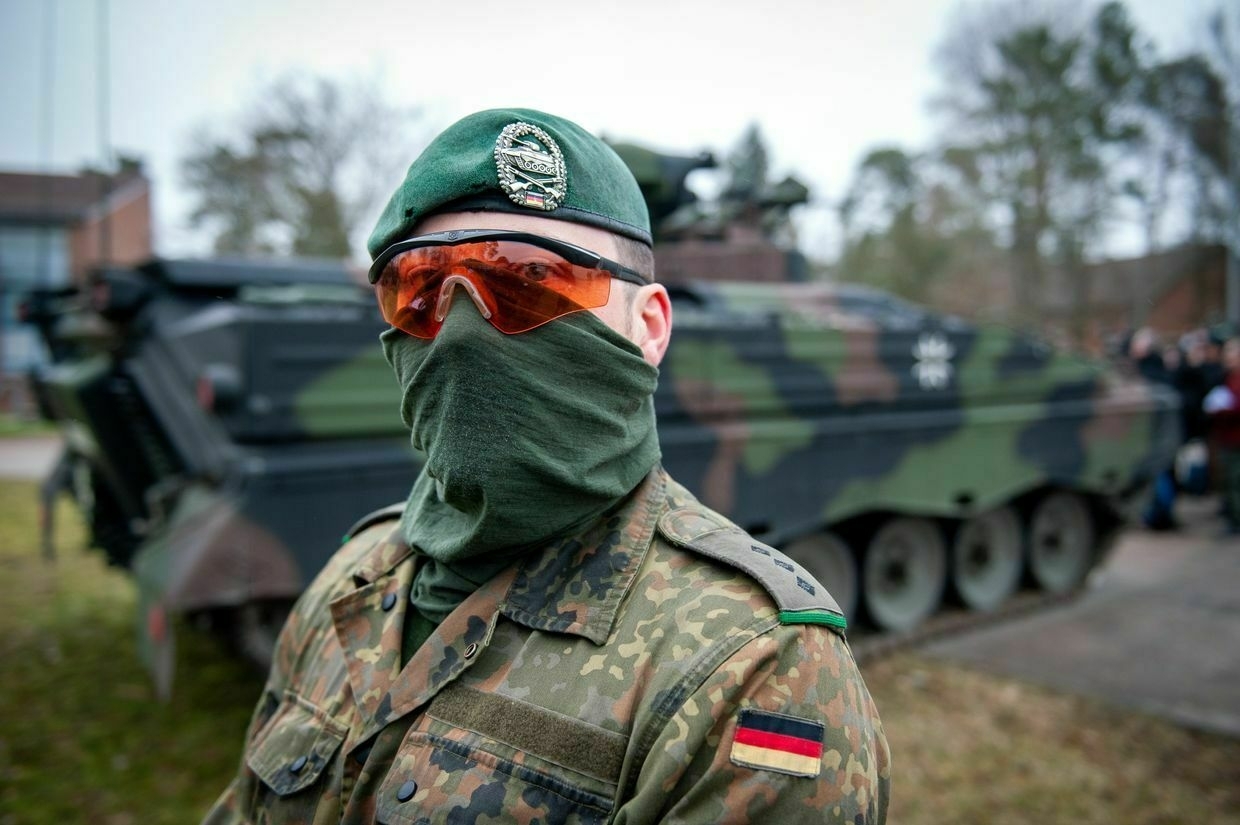
Germany is weighing a massive defense procurement plan worth up to 25 billion euros ($29.4 billion) to supply thousands of combat vehicles for NATO’s expanding force structure, Bloomberg reported on July 4, citing unnamed sources familiar with the matter.
The proposed purchases are part of a broader pan-European effort to boost deterrence against Russia, as Western leaders warn of the growing risk of a large-scale war within five years.
Berlin is reportedly considering purchasing up to 2,500 GTK Boxer armored vehicles and up to 1,000 Leopard 2 battle tanks. The purchase would equip up to seven new brigades that Germany has pledged to form under NATO’s force generation plans for the next decade.
The Leopard 2 tanks are produced by KNDS Deutschland and Rheinmetall, while the Boxer is made by ARTEC, a joint venture of the same companies. Leopard 2 tanks have been supplied to Ukraine and tested in combat.
Final pricing and quantities are still under negotiation, and the projected cost could fall below 25 billion euros ($29.4 billion) depending on procurement timelines and contract terms.
German Defense Minister Boris Pistorius and top Bundeswehr officials are reviewing the plans, with legislative approval expected by the end of the year, Bloomberg reported.
Germany has faced pressure from NATO and Washington to meet its alliance commitments, including the newly adopted pledge to spend at least 5% of GDP on defense by 2035.
The initiative, endorsed on June 25 at the NATO summit, reflects concern over Russia's wartime economy, military buildup, and destabilization efforts across Europe.
Ukraine, Denmark sign deal to launch Ukrainian military production on Danish soil“This is a unique case of international cooperation for the Ukrainian defense industry,” Strategic Industries Minister Herman Smetanin said.The Kyiv IndependentTim Zadorozhnyy
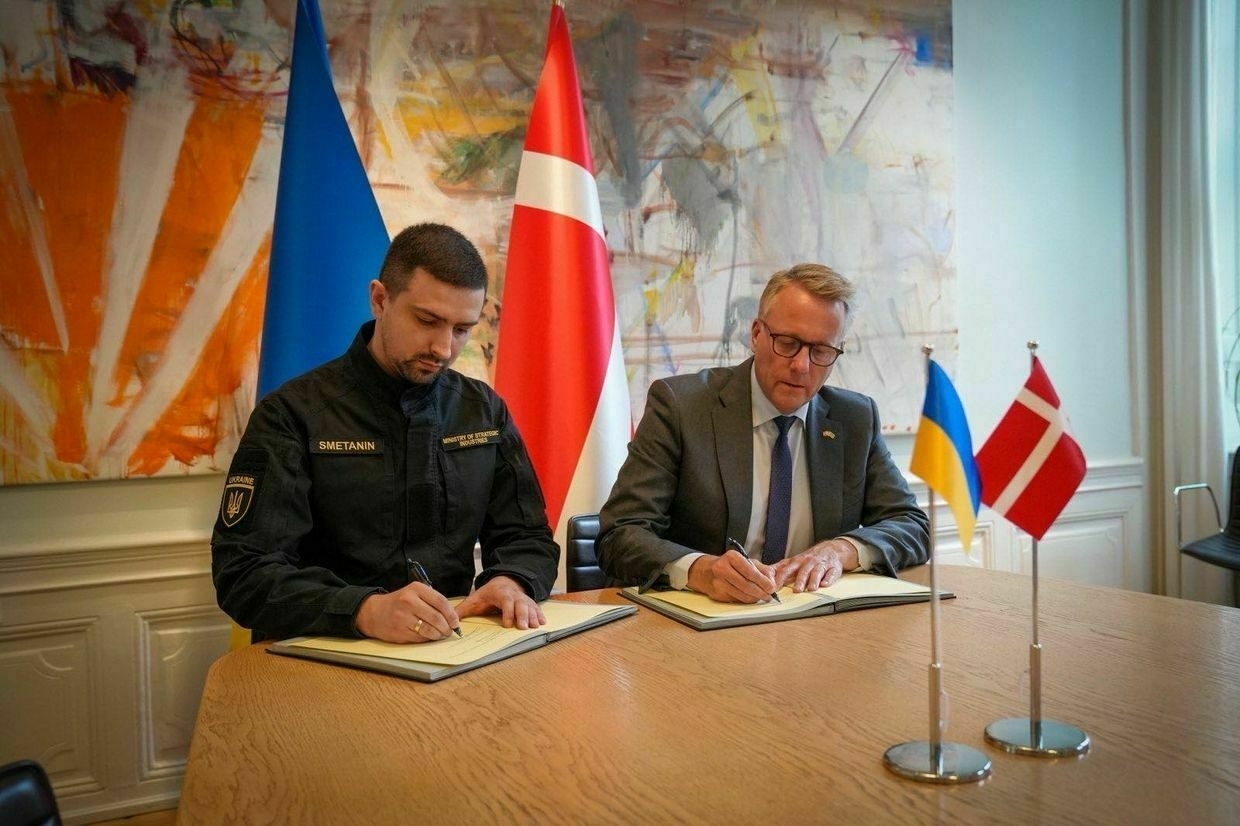
-
Russia launches another horrific attack on Kyiv hours after Trump-Putin call
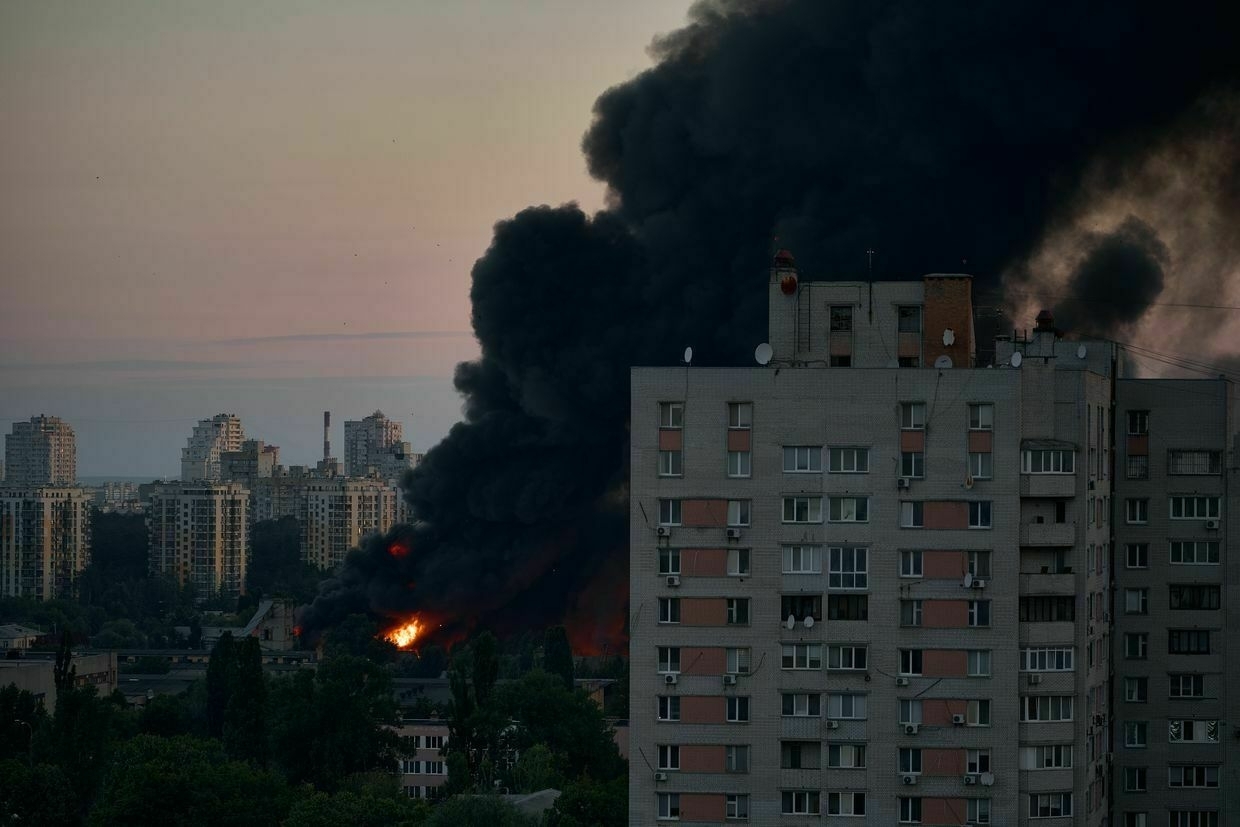
KYIV — Ripe cherries and apricots fill the stalls of fruit vendors, while people bustle about on a scorching July Friday.
Yet just a five-minute walk from the stand, the scene shifts dramatically: a gaping hole mars the five-story residential building where the stairwell once stood. Rescuers tirelessly sift through the rubble, and a fragment of a Russian drone lies abandoned in the middle of the road.
Overnight on July 4, hours after U.S. President Donald Trump spoke with his Russian counterpart, Vladimir Putin, in the hope of bringing the war to an end, Russia launched 270 Russian drones and ballistic missiles at the Ukrainian capital, injuring at least 24 people and killing one.
The Russian strike damaged residential buildings, businesses, a school, a medical facility, railway lines, and other civilian infrastructure in multiple districts.
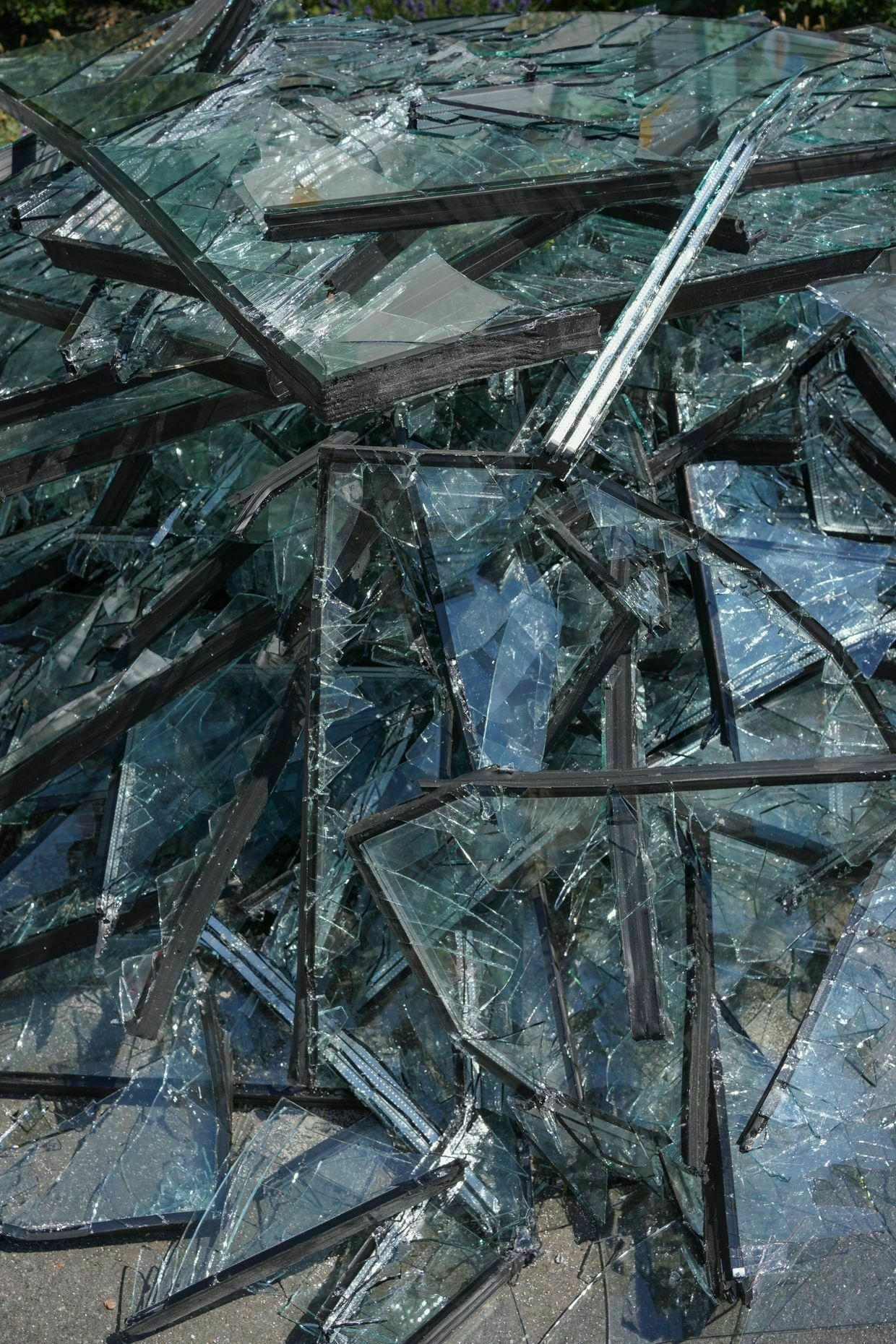
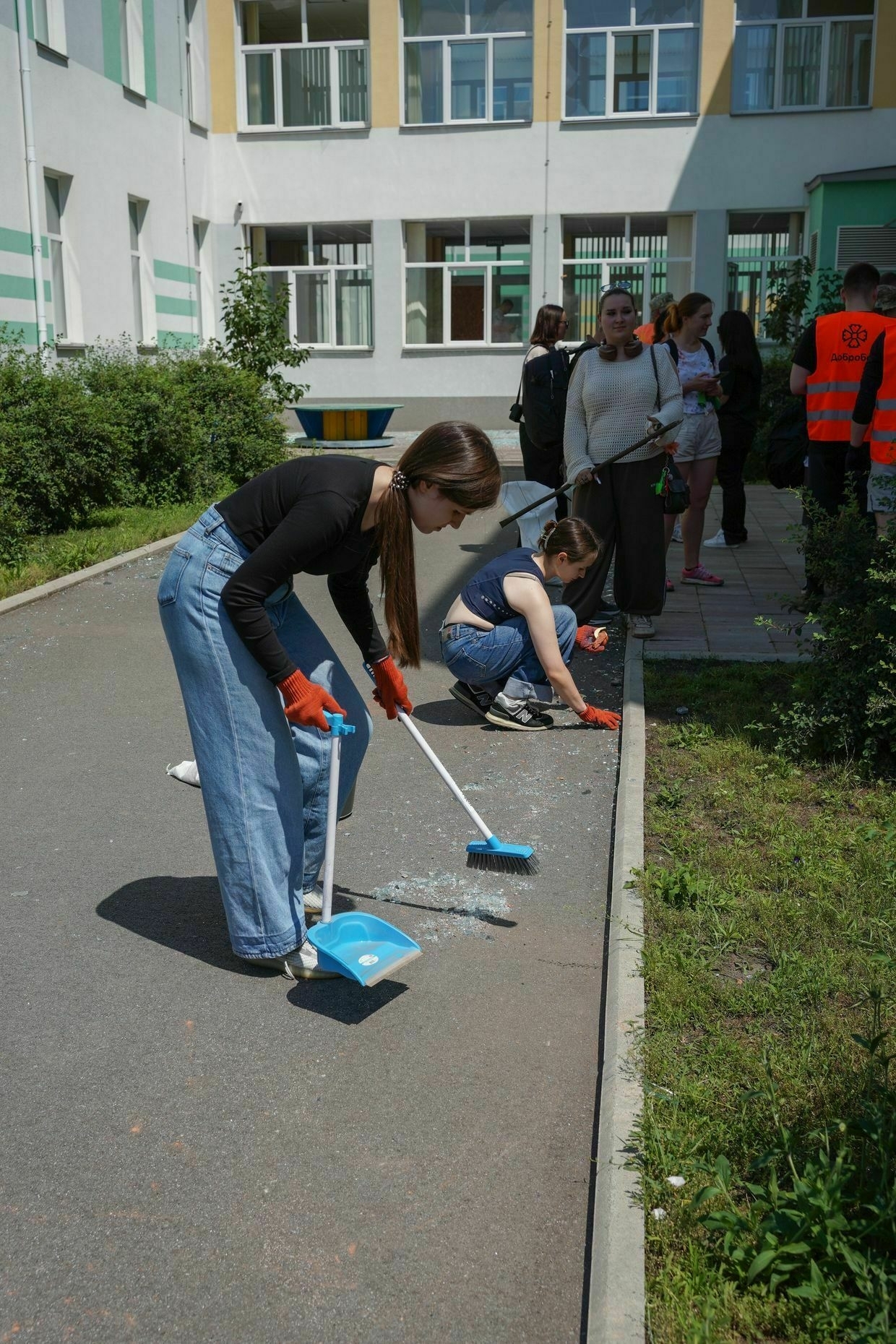
L: Debris is seen after a mass Russian drone and missile attack in Kyiv, Ukraine, on July 4, 2025. (Elena Kalinichenko / The Kyiv Independent). R: People clean up debris after a mass Russian drone and missile attack in Kyiv, Ukraine, on July 4, 2025. (Elena Kalinichenko / The Kyiv Independent). Kyiv, a refuge for countless Ukrainians escaping the war in the east and south, grows more perilous each day as Russia escalates its drone and missile attacks on the city. Russia has recently been unleashing nearly 500 drones each night, both decoys and explosive-laden.
“The explosions I heard here were unlike anything I heard in Pokrovsk. It’s just beyond words,” Lillia Kuzmenko, who left the embattled Donetsk Oblast with her husband and moved to the capital a month ago, told the Kyiv Independent.
Given the intensifying strikes, Kuzmenko, who is eight months pregnant, said she doesn’t know what to expect next.
“Everything is in God’s hands,” she said. “Fortunately, everything in our apartment is intact. But the windows were blown out nearby."
Across the street from Kuzmenko’s house, a school has come under attack for the second time since the start of the full-scale invasion. Almost two years since the last hit, the blast wave again blew out windows in classrooms, and left shrapnel marks on the colorful mural on its wall.
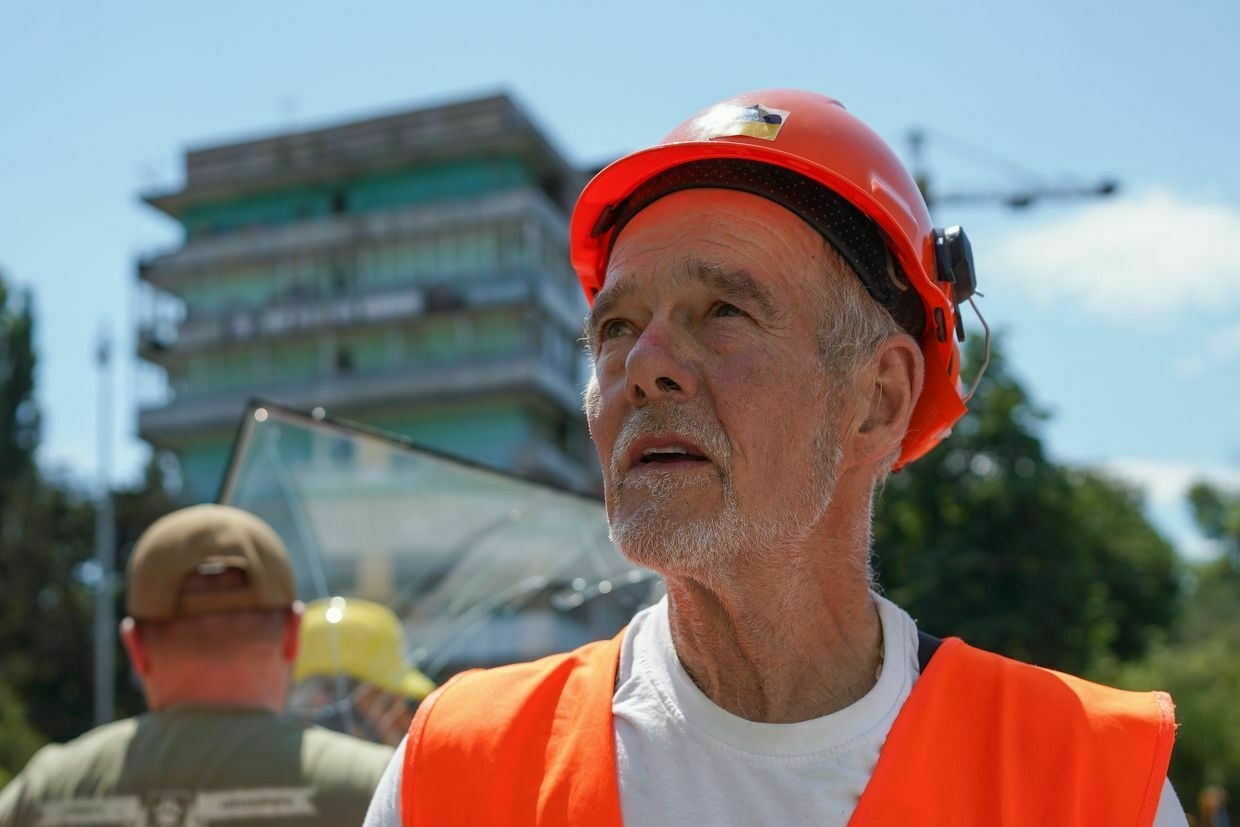
Lars Fersters, a Dobrobat volunteer, stands near a school damaged during a mass Russian drone and missile attack in Kyiv, Ukraine, on July 4, 2025. (Elena Kalinichenko / The Kyiv Independent) 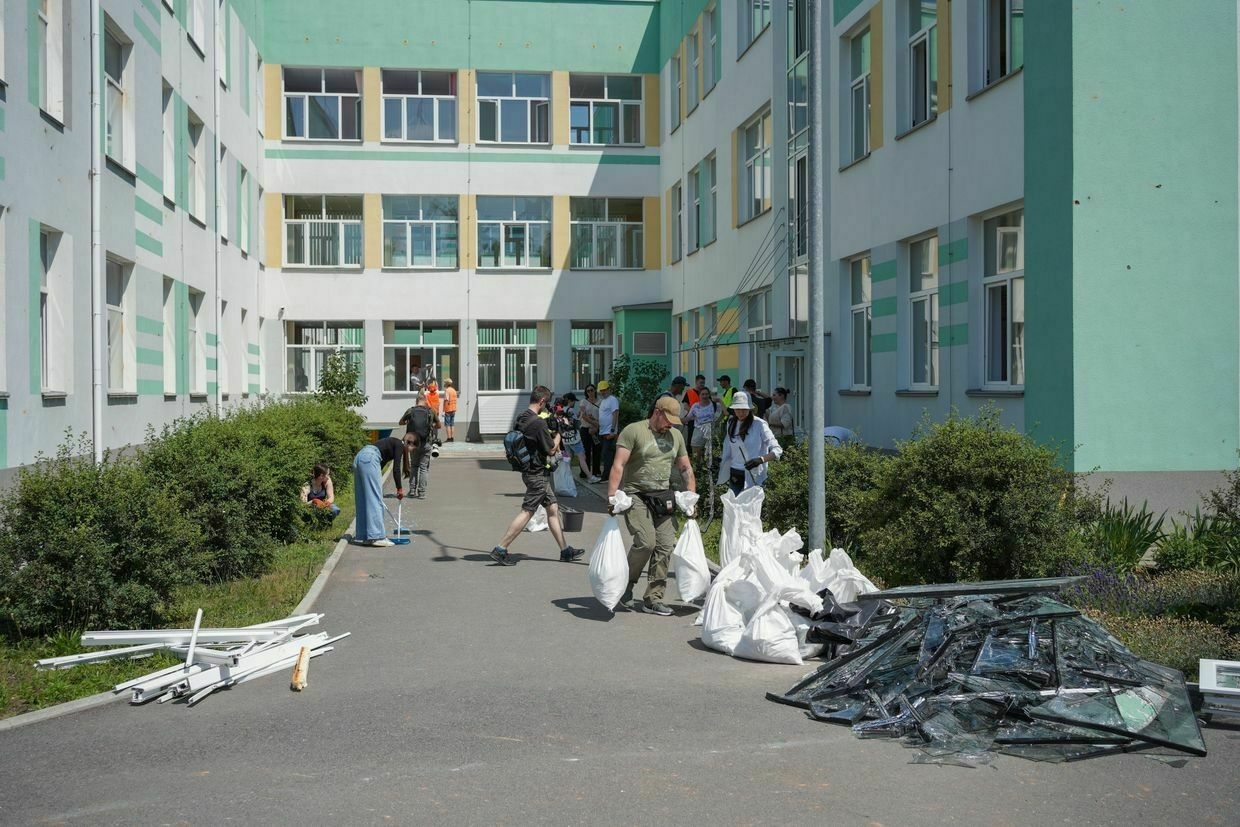
People clean up debris after a mass Russian drone and missile attack in Kyiv, Ukraine, on July 4, 2025. (Elena Kalinichenko / The Kyiv Independent) Volunteers from Dobrobat, a non-governmental organization that helps restore buildings destroyed by Russian attacks, were already sweeping up glass and other remnants of the strike in the schoolyard.
Dozens of people gathered in the yard of one of the neighboring houses, uncertain of what to do next, as their own apartment building had suffered significant damage. Some of the residents have lost their homes in the recent attack.
“There is no apartment — bare walls. Our kitchen, as well as our bathroom, is now destroyed. Everything was blown away,” Temuri Nazgaidze, a Georgian national who moved to Ukraine with his wife two years ago, told the Kyiv Independent.
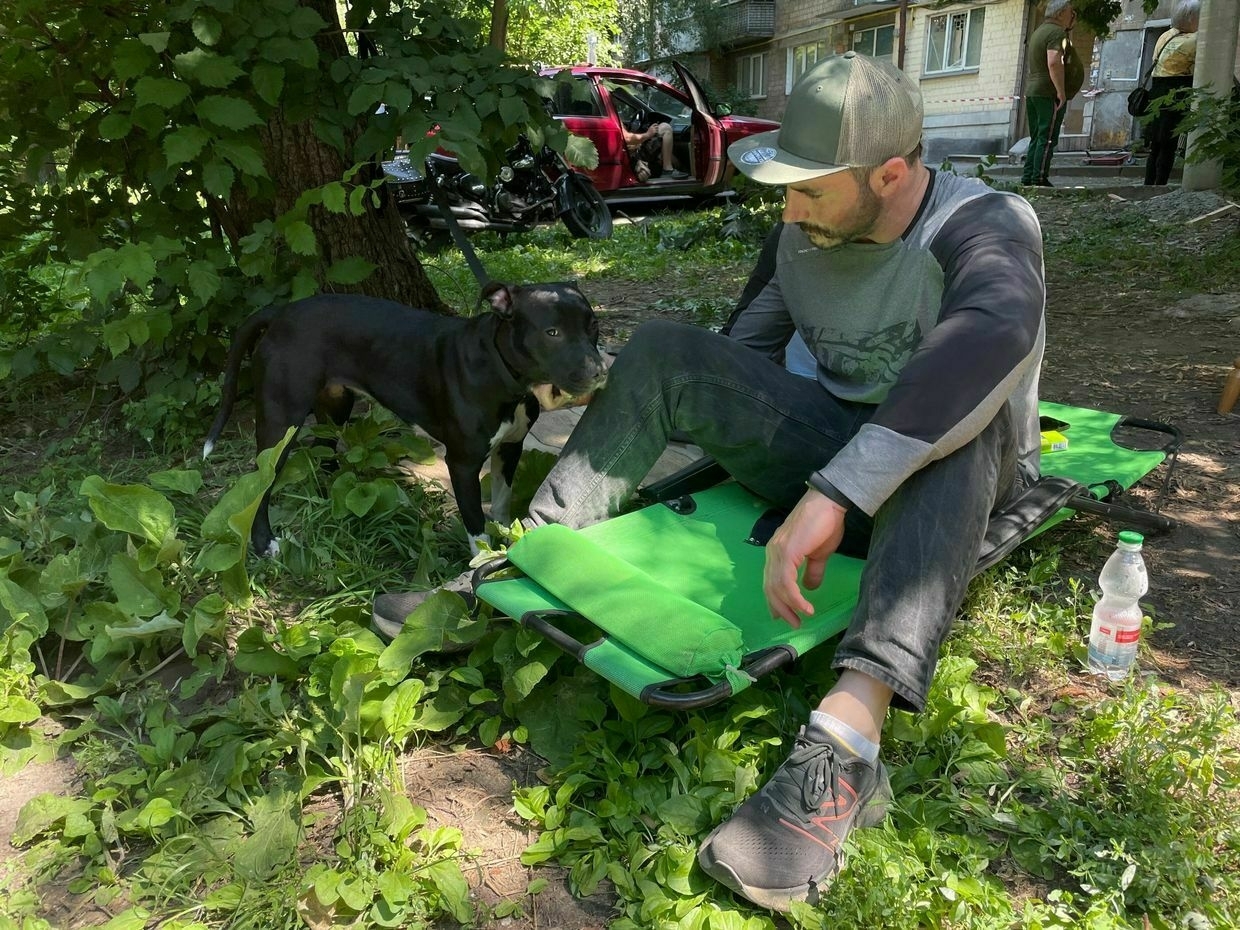
Temuri Nazgaidze, a resident of a damaged home, sits in his yard with his dog, Alpha, after a mass Russian drone and missile attack in Kyiv, Ukraine, on July 4, 2025. Nazgaidze shared that he takes Alpha to the shelter during air raid alarms. “Alpha is stressed—she jumps every time she hears an explosion. She wants to sleep, but she can’t,” he said. (Kateryna Hodunova / The Kyiv Independent) As the Russian attacks intensified over the past months, Nazgaidze’s family began heading to the shelter whenever the air raid alarm sounded. He said this time it saved their lives.
“The explosion was deafening. It was very scary that the building where the shelter was located would collapse. People were screaming loudly. I thought someone had died,” Nazgaidze said.
The resident recalled this night when the drones relentlessly attacked the city like never before, and with every passing week, the fear and dread only deepened. Despite this, Nazgaidze does not want to leave Ukraine.
“This is a war between good and evil. Yes, I am Georgian, but I am with you. And I will always be with you because I love this country, and I love these people,” he said.
Note from the author:
Hello, this is Kateryna Hodunova, the author of this story. Like all the residents of Kyiv mentioned in the story, I spent the night sleepless, listening to the terrifying sounds of ballistic missiles being intercepted and drones swarming toward the capital. Each attack is more than just the number of the injured, the killed, or the damage done. It is a personal tragedy for every family affected, and I feel that pain.
If you’d like to support our work reporting on those attacks, please consider becoming our member.
Ukraine’s new interceptor UAVs are starting to knock Russia’s long-range Shahed drones out of the skyRussia’s Shahed drone swarms are pummeling Ukraine on a nightly basis, inflicting ever more death and destruction in cities that had managed to carve out some sense of normalcy amid wartime. Civilian alarm has grown. With traditional air defense stockpiles running low, the government is banking on newly createdThe Kyiv IndependentKollen Post
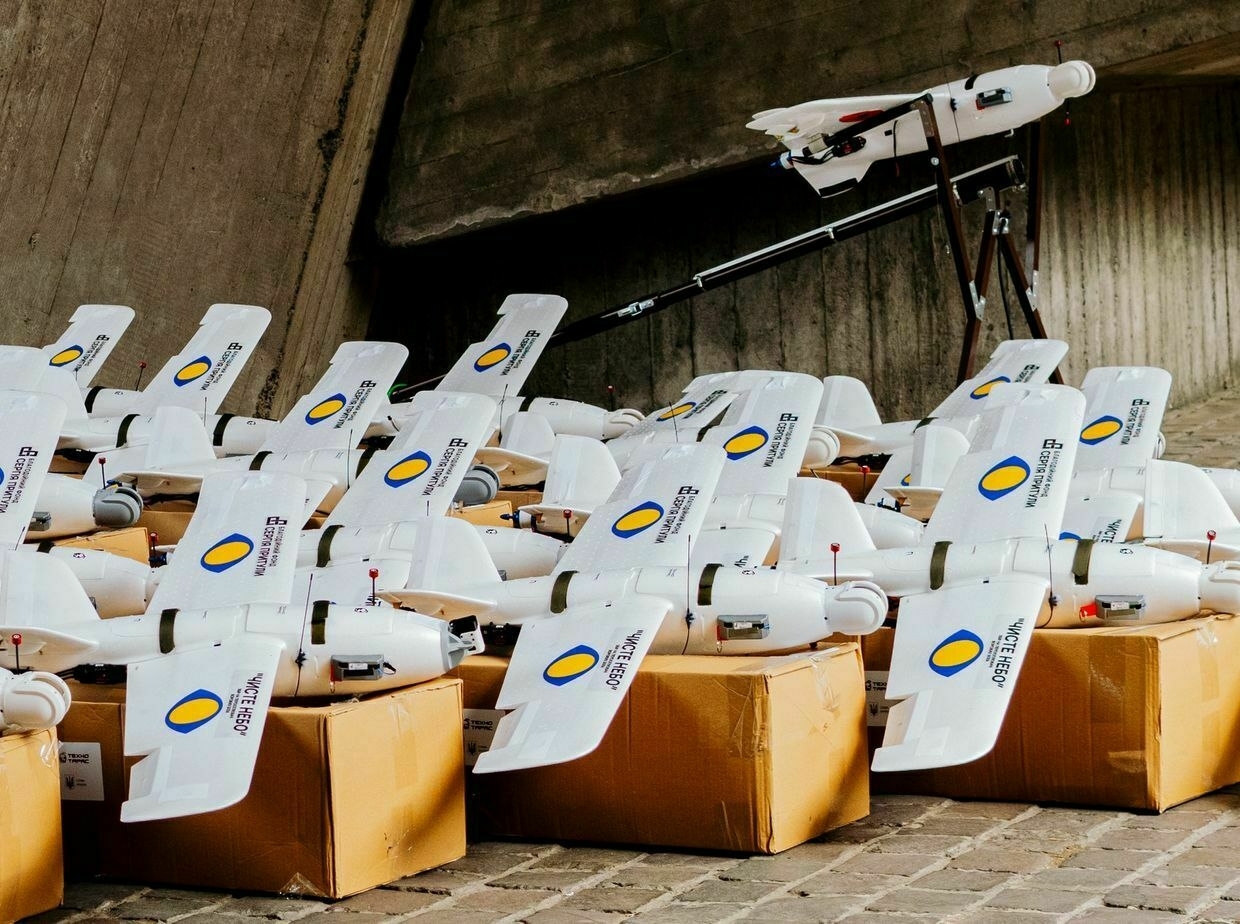
-
Ukraine, Denmark sign deal to launch Ukrainian military production on Danish soil
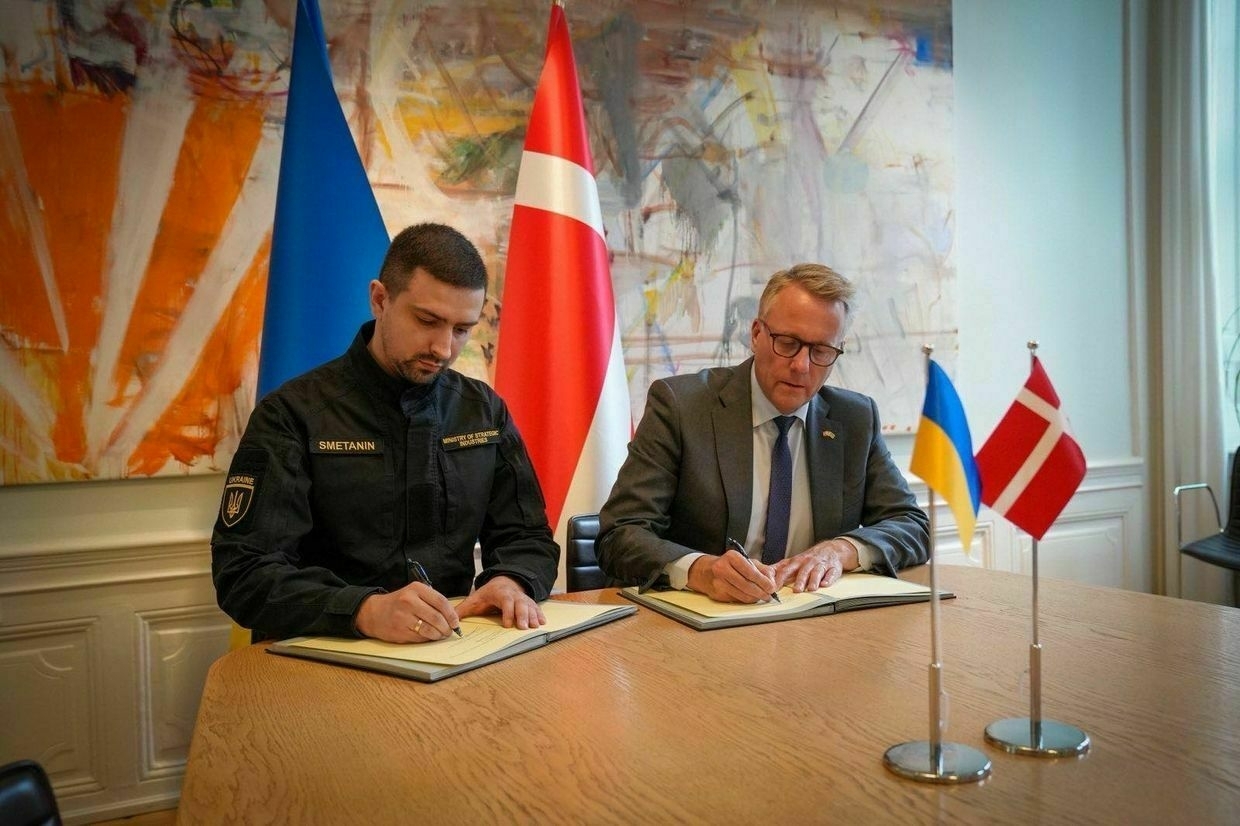
Kyiv and Copenhagen signed a landmark agreement on July 4 that allows Ukrainian defense companies to open production facilities in Denmark, Strategic Industries Minister Herman Smetanin announced.
“This is a unique case of international cooperation for the Ukrainian defense industry,” Smetanin wrote on Facebook, following the signing ceremony in Copenhagen alongside Danish Industry Minister Morten Bodskov.
The deal marks the first time Ukrainian defense technologies will be exported abroad specifically for supply to Ukraine’s own Armed Forces, he said.
A year ago, Denmark became the first country to fund weapons production by Ukrainian manufacturers. Now, it has become the first to host Ukrainian arms production lines on its territory, Smetanin added.
“Today, it has become the first country to which Ukraine exports its own defense technologies for production, scaling, and supply to the Ukrainian army,” he said.
The agreement is part of Ukraine’s broader effort to internationalize its defense production. President Volodymyr Zelensky announced on June 21 that Kyiv would soon begin exporting defense technologies and opening weapons production lines in partner countries.
To scale up domestic and international production, Zelensky has called on foreign partners to finance new projects and match Ukraine’s rapidly growing manufacturing capacity.
Denmark has been a key backer of Ukraine since the start of Russia’s full-scale invasion in 2022. In February 2024, Copenhagen signed a 10-year bilateral security agreement with Kyiv, pledging long-term defense cooperation until Ukraine secures NATO membership.
‘Nothing but terror and murder’ — Russia pounds Kyiv with record overnight drone, missile attack, 1 dead, 23 injuredFires broke out across the city as Russia attacked the capital overnight on July 4. At least 23 people have been injured, with 14 of the victims hospitalized. The Kyiv IndependentKateryna Hodunova
The Kyiv IndependentKateryna Hodunova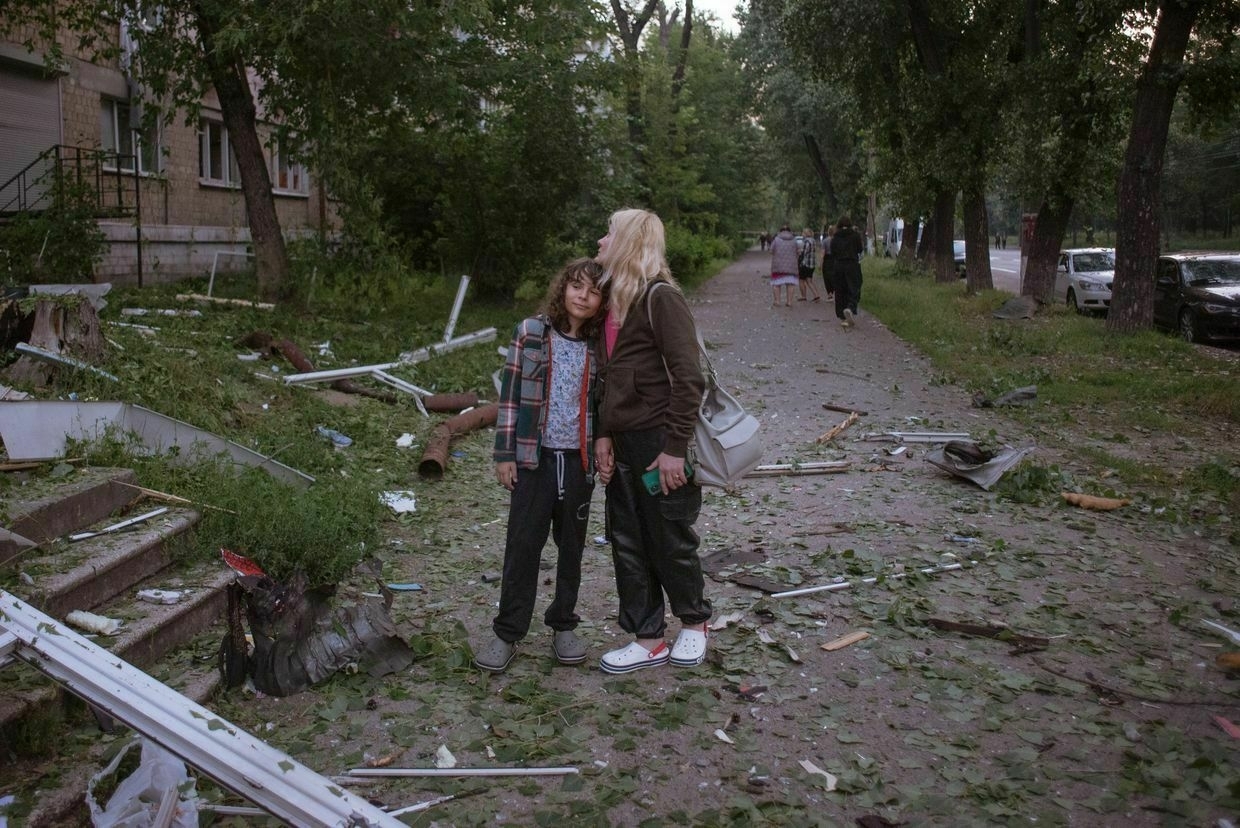
-
Ukraine's artillery braces for shell shortage as US halts aid
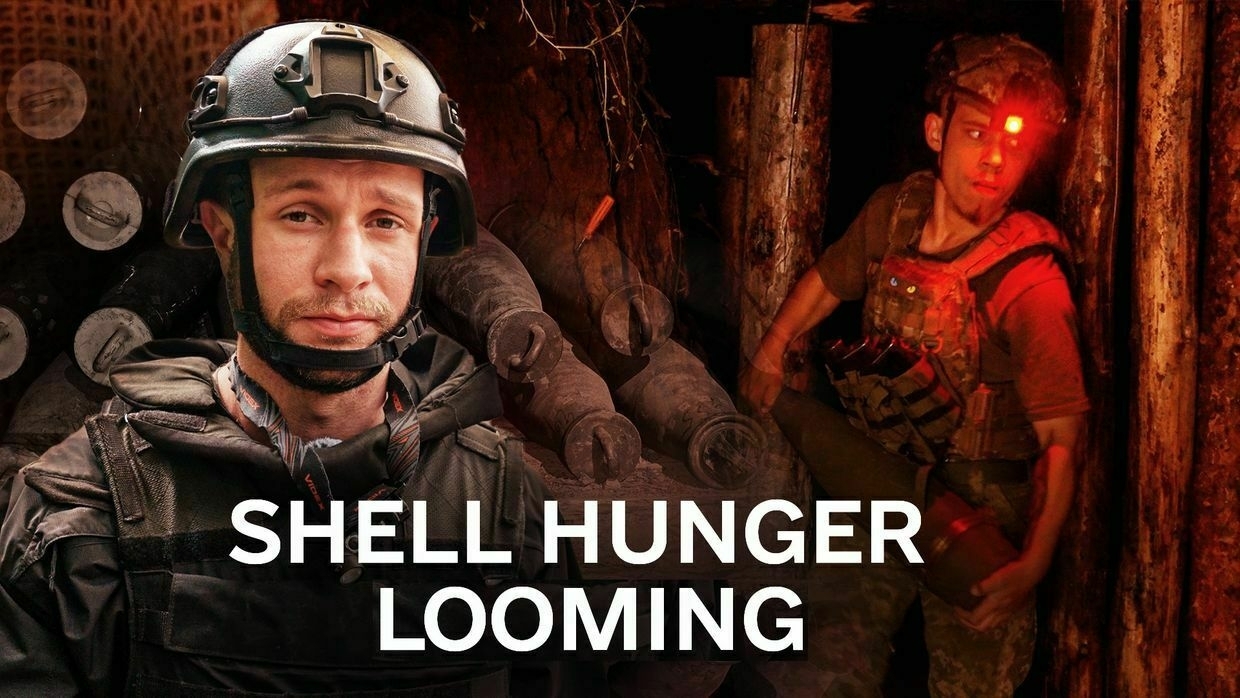
The Kyiv Independent’s Francis Farrell and Olena Zashko spent a day with an artillery crew from the 28th Mechanized Brigade in the front-line city of Kostiantynivka, Donetsk Oblast, in early July. As Russia’s summer offensive heats up, the brigade’s sector has become one of the hottest parts of the front line.
Following the recent decision by the U.S. Department of Defense to halt shipments of certain weapons to Ukraine — including 155mm artillery rounds — a looming shell shortage is once again on the horizon for Ukrainian forces. The halted shipment also reportedly included dozens of Patriot interceptors, Hellfire missiles, guided missile systems (GMLRS), Stinger and AIM air-to-air missiles, and grenade launchers.
While some argue that drones in Ukraine have taken over many of the roles traditionally filled by artillery, the work of this unit underscores the continued and critical importance of artillery in this war. -
Russia damages Chinese consulate in Odesa as Chinese drone parts found in Kyiv following similar attack
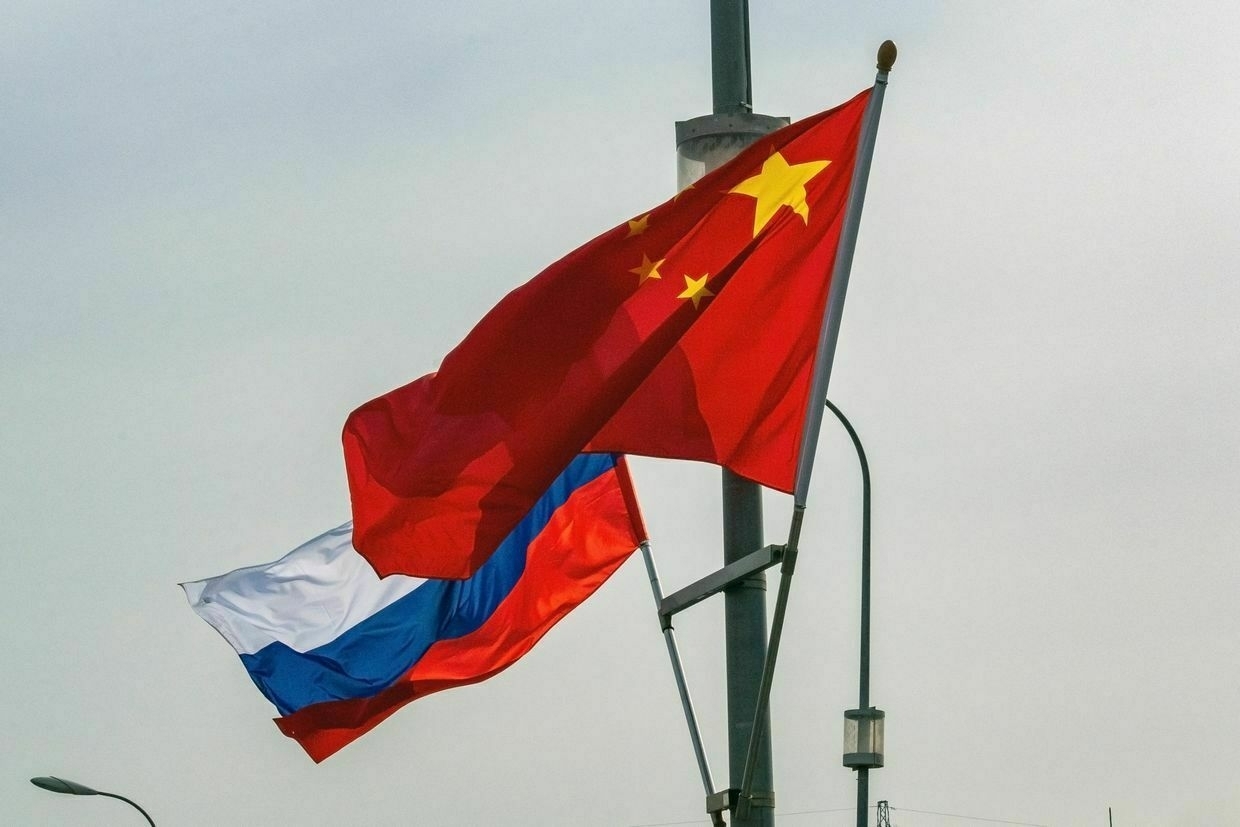
A Russian missile and drone strike on Odesa on July 3 damaged the building of the Chinese Consulate General, Foreign Minister Andrii Sybiha said on July 4.
“Following tonight’s massive Russian air attack on Ukraine, we discovered in Kyiv a component of a Russian-Iranian Shahed-136/Geran-2 combat drone, which was made in China and supplied just recently,” Sybiha wrote on X.
“And right on the eve, the Chinese Consulate General’s building in Odesa suffered minor damage."
The July 3 assault on Odesa killed two people and injured six others. China has not publicly acknowledged the incident or reported any damage to its diplomatic premises in the city.
The Shahed-136 drone, a loitering munition used by Russia in its attacks on Ukrainian cities, has been assembled in large numbers in Russia with components sourced globally.
Ukraine has previously documented that Chinese companies have contributed electronics and materials used in the production of these drones.
Beijing remains one of Russia’s key wartime partners, helping Moscow evade Western sanctions and emerging as the leading supplier of dual-use goods used by the Russian defense industry.
China’s Foreign Minister Wang Yi reportedly told EU foreign policy chief Kaja Kallas on July 3 that Beijing cannot afford for Russia to lose the war in Ukraine, according to the South China Morning Post, which cited unnamed sources familiar with the conversation.
The reported statement adds to growing concerns in Kyiv over China’s expanding role in supporting Russia’s war effort. President Volodymyr Zelensky has repeatedly accused China of siding with Moscow.
As Russian-Chinese relations deepen, Russian President Vladimir Putin is expected to visit China in September for the Shanghai Cooperation Organization summit, where he is scheduled to meet with Chinese leader Xi Jinping.
Zelensky, Trump discuss air defense, joint drone production amid Russian strikes“Today we discussed the situation: Russian air strikes and, more broadly, the situation on the front lines. President Trump is very well informed,” President Volodymyr Zelensky said.The Kyiv IndependentTim Zadorozhnyy
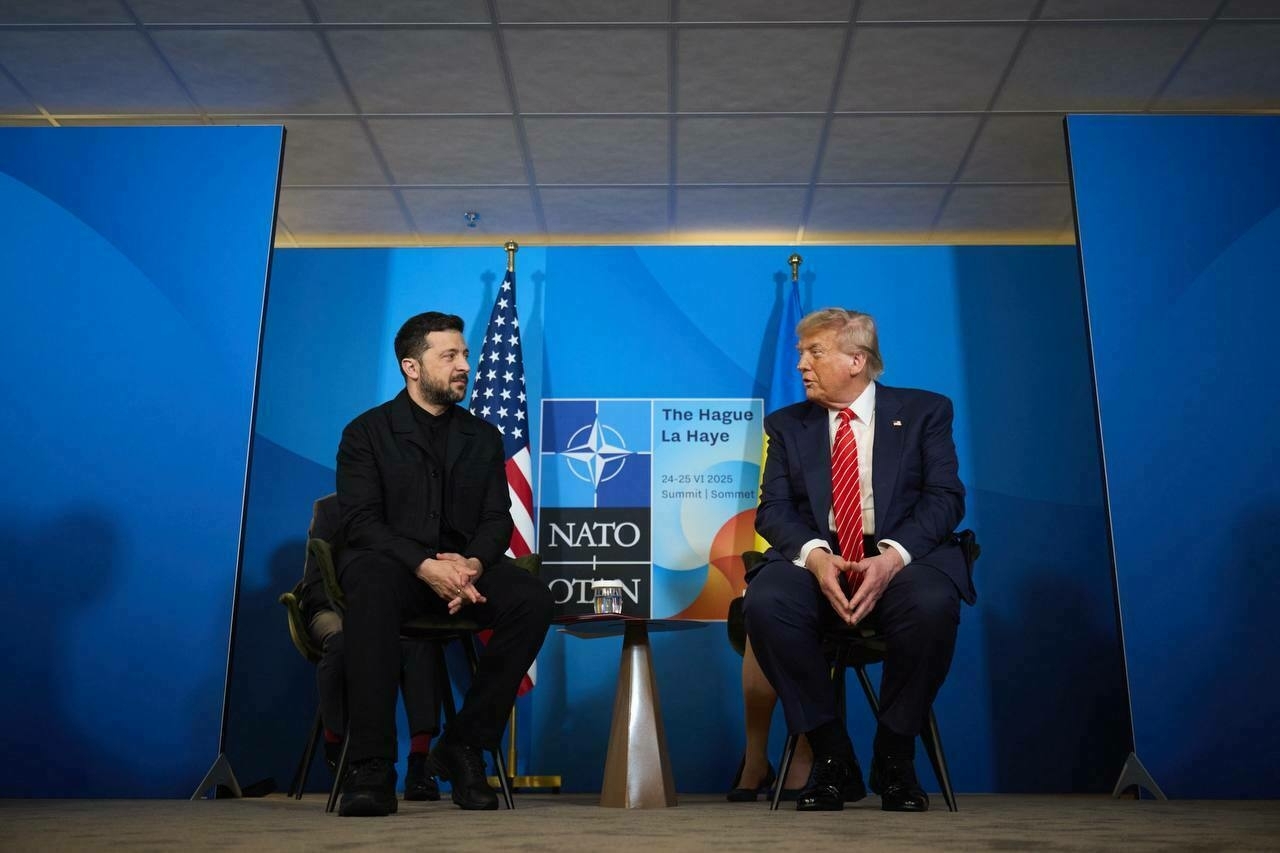
-
Outsourced War
There’s an old saying that all roads lead to Rome. These days, for a young Cuban with limited options and a taste for risk, many of those roads lead to Tula, the hometown of Russia’s 106th Guards Airborne Division. There, recruits trade island heat for assault trooper life, and ruble-denominated contracts. They’re not alone: from Havana to Kathmandu to Accra, foreigners are enlisting in the Russian military, often with little understanding of the language - or the war they’re about to enter.
In 2023, a massive data leak facilitated by Ukrainian cyber activists exposed hundreds of Cuban mercenaries who had joined Russian forces. The revelations were first examined in detail by Inform Napalm, an open-source intelligence group from Ukraine. After obtaining access to the leak through the platform called “Dallas-Park”, which contains breached Russian emails and internal documents, we reviewed recruitment records, contracts, and personal data related to Cuban fighters and others. Using these materials, along with additional sources and open investigations, our team set out to answer a broader question: how many foreign nationals are serving in the Russian military and what do we know about them. The answers are not always precise, but the overall picture is beginning to emerge
Table of ContentsIntro
I. The Island Soldiers
i) Tracked and Mapped
II. Signed and Sealed
III. Recruits without BordersI. The Island Soldiers
The story begins in 2023, not in warm and sunlit Cuba, but in the colder and less sunny Tula region, a few hundred kilometers south of Moscow. Inside a typical Soviet-era building, Major Anton Perevozchikov of the Russian Armed Forces, chief of the Contract Military Recruitment Office in Tula, was reviewing translated Cuban passports and studying the latest recruits hoping to serve in Russia’s military. While it is tempting to speculate about what drew these Cubans to a distant war, perhaps even inspiration from Tolstoy’s War and Peace, the contracts and addenda written in Spanish-language suggested a different story. The generous payments pointed at far more practical motives.
Unbeknown to the major, Ukrainian hacktivists had infiltrated his network and accessed sensitive materials, including passports, contracts, and personal information of the mercenaries. They quietly copied the data and correspondence. Using details from the leak, Frontelligence Insight was able to identify and track several of the mercenaries through their digital footprint, including activity on social media.
After manually reviewing over 199 Cuban mercenaries, we compiled a brief demographic profile. Our dataset analysis was based on 176 verified records. This group likely represents at least a third of all Cubans fighting alongside Russian forces, making it a highly representative sample.
As we expected, the largest share of Cuban mercenaries came from Havana, Cuba’s capital and most populous city. The largest age group was 30 to 39, followed by those aged 40 to 49. This was somewhat unexpected, as our team had anticipated a younger overall profile among the recruits.
The youngest recruit was 18 years old, while the oldest was over 60. We cannot confirm whether the oldest individual passed all required examinations, and we were unable to track him in Russia. However, we did identify several recruits over the age of 40 who were taken into the Russian armed forces.
This was not the last group of Cubans to arrive in Russia, and recruitment operations were likely coordinated with the Cuban government. Orlando Gutierrez-Boronat, co-founder of the U.S.-based Cuban Democratic Directorate, an NGO that advocates for democratic change in communist Cuba, told Ukrainian investigators from Schemes: “We can estimate that around 5,000 Cuban soldiers are fighting for Russia. This network could not function without the Cuban regime’s approval.”While our team concurs with that assessment of the regime’s involvement, we remain somewhat skeptical about the estimated number of Cuban fighters. More on that shortly.
i) Tracked and Mapped
With their full names in hand, it was not difficult to trace their locations and identify their digital footprints on Russian social media platforms.One individual, Enriquez Linares Livan Michel, born in 1999, proved particularly helpful. His social media profile included not only photographs but also geolocation data, which revealed his whereabouts.
Although the location on his photo was labeled “Krym”, the Russian word for Crimea, it was not in Crimea at all, but near Tula - the same city where recruitment was taking place. When clicked, the VK platform redirects to Yandex Maps, showing not only the specific location but also other uploaded photos from the surrounding area. The frequent appearance of Russian paratroopers in distinctive striped shirts and blue berets, along with parachutes visible in images spanning from the early 2010s to the present, suggests that the facility remains actively used by Russian airborne forces.
This location was not unfamiliar to our team. It is a training area used by the 106th Guards Airborne Division, near a parachute landing zone known as Slobodka, which is famous for hosting the first manned airborne vehicle landing tests in the Soviet Union.
This Substack is reader-supported. To receive new posts and support my work, consider becoming a free or paid subscriber.
To verify our findings, we tracked another identified Cuban recruit who posted photos on VK under the name Luis Darien and geolocated him directly within the training grounds, specifically on territory officially used by the 1060th Separate Logistics Support Battalion of the 106th Airborne Division. These findings corroborate information published earlier this year by Schemes (We recommend reading their investigations for more details).As of June 2025, the Slobodka training grounds remain actively in use. Although we cannot definitively determine whether they are used exclusively by Russian forces or also by Cuban recruits, imagery posted by Cubans themselves confirms they underwent training there at least in 2024.
As seen on the medium-resolution satellite imagery, dated May 2025, both the shooting range and the vehicle training area, typically used by BMDs here, show visible vehicle tracks and signs of grass fires, a typical pattern observed during live-fire training exercises.
Across the road from the main base, a tent camp is clearly visible - likely set up for recruits of the 106th Airborne Division.
Cubans, however, are not the only foreign recruits to have trained there. In 2023 and 2024, we also documented isolated cases of Serbian nationals being processed through Tula and the facilities of the 106th Airborne Division. Some of them ended up serving in 119th airborne regiment of the 106th division.
II. Signed and Sealed
According to the contract in Spanish, which matches standard agreements issued in 2023, the mercenaries from Cuba were offered the following terms:
A one-time signing bonus of 195,000 rubles (approximately $2,500 as of July 2025) for agreeing to serve for one year or more.
Monthly pay starting at 204,000 rubles (roughly $2,600 as of July 2025) while deployed in the so-called "special military operation zone."
Compensation for injuries sustained during deployment included:
1,000,000 rubles for severe injuries
500,000 rubles for moderate injuries
200,000 rubles for minor injuries
In the event of death or being declared missing in action, the contract promised a payout of 2,000,000 rubles, to be divided equally among the recruit’s family members.
By the standards of many developing countries, these are very lucrative salaries. It’s also worth noting that the contracts explicitly mention service in the special military operation zone, along with provisions for injury and death compensation. This indicates that while Russian recruiters may deceive some foreigners by downplaying or misrepresenting their potential involvement in combat, they do not completely omit references to the special military operation.
Depending on the case, individuals arrive in Russia through different channels. Some purchase tickets independently and travel on their own to Moscow, while others receive direct logistical support from the Russian side. In such cases, their arrival is organized in groups under the guise of construction workers or similar labor-related projects. In a few anecdotal instances, we documented direct government-level cooperation, where mercenaries were transported on regular commercial flights without any additional cover.
There are also numerous reported accounts of Russia using deceptive tactics, such as inviting foreigners for non-military jobs and then pressuring them to join the armed forces. These efforts often exploit the recruits’ limited knowledge of the Russian language and legal system. However, we have not been able to independently verify these claims.
III. Recruits Without BordersEven as our team cautiously estimates that slightly more than 500 Cubans and a similar number of Serbs have either travelled to Russia or attempted to enlist, determining exact figures for each nationality remains difficult. That being said, based on two primary data points, we are able to offer a realistic range.
One key reference comes from an investigation by iStories, a Russian investigative outlet known for its credible and high-quality reporting. In April 2025, using data from a hacked Unified Medical Information and Analytical System (EMIAS) database, iStories analyzed the number of foreigners processed through the Moscow recruitment center for contract military service, including a breakdown by nationality. We regard this as a reliable source, which we will discuss further below.
A second source consists of internal personnel documents from several Russian brigades and divisions, including lists of foreign fighters. While these records provide only a partial picture, since we do not know how many foreign recruits are assigned to each unit across Russia or how evenly they are distributed, they help us approximate the overall scale.
Thanks to the iStories investigation, we know that at least 603 Nepalese citizens visited the recruitment center in Moscow. The first Nepalese appeared in the Russian military no later than May 2023. After this becoming public in 2023, Nepalese government has taken steps to curb the flow of its citizens enlisting in Russia, but iStories notes that four Nepalese recruits still passed the selection process for contract service in January and February 2024. Yet, this number is significantly lower than in 2023, and the trend to its decrease likely has remained in 2024 and 2025.iStories also reported that eight Cuban and eight Serbian citizens visited the Moscow recruitment center over the course of the year. While this figure is much lower than our estimates and the number of confirmed cases, it is likely explained by the fact that many Cubans were processed through the recruitment center in Tula rather than in Moscow.
Estimating the number of recruits from Sub-Saharan African countries is more difficult. The sources of these recruits vary significantly. Some arrived in Russia on temporary visas or as students and later chose to enlist. Others requested Wagner Group or the African Corps assist them while still in their home countries. In some cases, individuals were lured with misleading job offers unrelated to military service. While we were unable to fully systematize this data, we assess that the total number of Sub-Saharan African mercenaries remains relatively small and is unlikely to exceed a battalion.
Upon reviewing Russian military documents related to enlisted soldiers in various brigades and regiments, we found relatively few foreign personnel - sometimes fewer than a single platoon, and in other cases around two platoons. This suggests that the overall number of foreign fighters is likely much smaller than some media reports imply. For instance, if there were truly 5,000 Cubans or 15,000 Nepalese involved, as reported by CNN, we would expect to see a much more substantial presence across these units - not just a few sections or platoons of mercenary soldiers in total. Another indicator is the number of prisoner-of-war (POW) videos. When comparing interviews with captured soldiers, foreigners represent a tiny fraction -disproportionately smaller than the number of regular Russian citizens.
Based on this, our team estimates the total number of foreign mercenaries to be between 4,660 and 8,000. Taking into account desertions, casualties, and injuries, the actual number of foreign fighters consistently present on the front lines is likely even lower. The figure may appear significantly lower than media reports from the past few years suggest. Yet, after examining the total number of brigades and regiments, multiplying by the average number of foreign fighters per unit, factoring in higher concentrations within airborne divisions, and subtracting those who have ended their contracts or been killed since 2023, we believe our estimate offers a more realistic and accurate range.Thank you for taking the time to read. We’re excited to announce that we are expanding our efforts to deliver exclusive articles and content to our paid subscribers. We invite you to join as a monthly subscriber to help support our work in producing deeper, more rigorous investigations. Honest reporting and meaningful dialogue depend on independence - a commitment made possible only through the support of subscribers like you.
-
Zelensky, Trump hold phone call after Putin's pledge to continue war in Ukraine
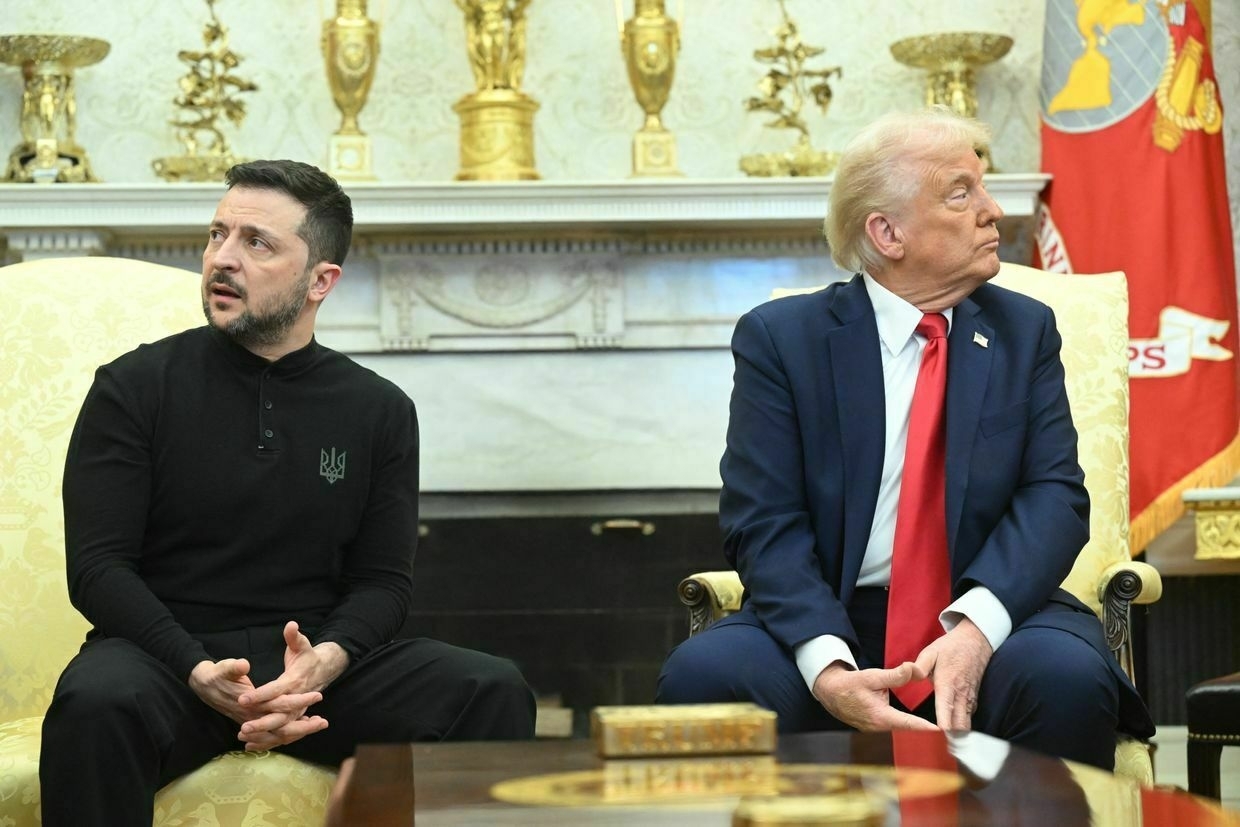
Editor’s note: This is a developing story and is being updated.
President Volodymyr Zelensky and U.S. President Donald Trump held a phone conversation on July 4, Andriy Yermak, head of Ukraine’s President’s Office, announced.
“A very important and meaningful conversation between the presidents. All details will be available very soon,” Yermak wrote on Telegram.
According to Axios correspondent Barak Ravid, the call lasted about 40 minutes. The presidents talked about the intensified Russian strikes on Ukraine and the air defense supplies, he added.
This comes a day after a phone call between Russian President Vladimir Putin and Trump, during which the Kremlin said Putin reaffirmed that “Russia will continue to pursue its goals” in its war against Ukraine despite U.S. calls for a ceasefire.
On July 3, after the phone call with Putin, the U.S. president said he was “very disappointed.”
“I’m very disappointed with the conversation I had today with President Putin,” Trump told journalists. “Because I don’t think he’s there. And I’m very disappointed. I don’t think he’s looking to stop this fighting."
‘Deliberately massive and cynical’ — Russian attack on Ukraine began as Trump and Putin spoke, Zelensky says“Patriots and their missiles are real defenders of life,” President Volodymyr Zelensky said. “It is very important to maintain the support of partners in ballistic missile defense.” The Kyiv IndependentAnna Fratsyvir
The Kyiv IndependentAnna Fratsyvir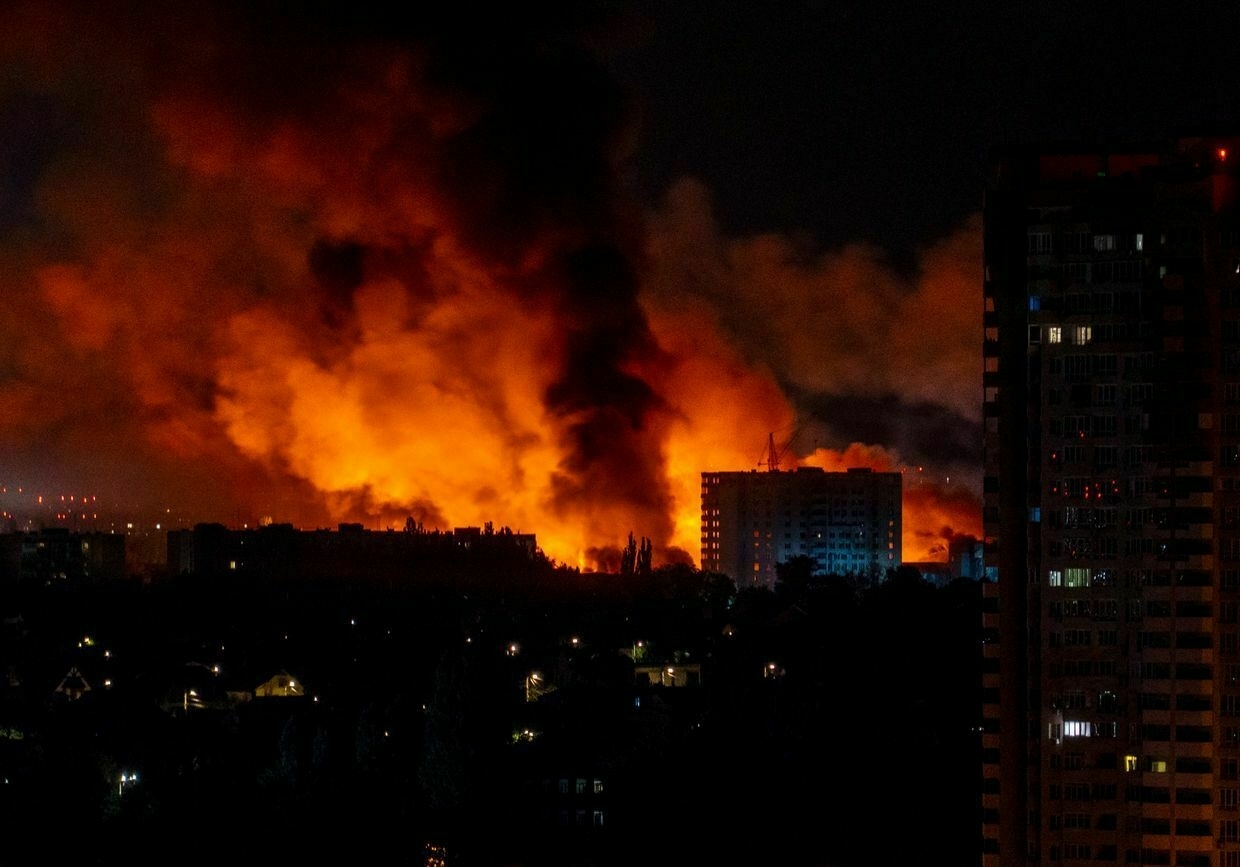
-
NEWFLASH: Kyiv ablaze on U.S. Independence Day
Editor’s note: Every week, Russia launches massive attacks on Kyiv, forcing our team to sleep in hallways. We’re collecting sleeping bags, foldable cots, ear plugs, and eye masks to make their lives a little easier.
The Counteroffensive also covers the cost of therapy sessions, as just living in Ukraine is emotionally exhausting — let alone reporting on the war.
Help us support the continued work of our team.
Kyiv on July 4, 2025. Source: @KaterynaLis on Twitter.
You know it’s bad when you wake up and can immediately taste the ash in the air.
People are being advised to stay inside with the windows closed, but the remnants of last night’s attacks – and subsequent mass fires – find their way in through cracks and crevices, an irritant that reminds of the desperate situation and American betrayal.
After all, Russia 'greeted' the U.S. with fireworks for Independence Day.
Though not in Washington, but in Kyiv.
The vibrations, the buildings shaking, the crack of air defense teams firing at incoming, the sneering buzz of Russian kamikaze drones in the dark – all remind you that there is a threat to your life.
The sudden flashes of light, followed seconds later by a lung-rattling sound wave – all send adrenaline and cortisol skyrocketing.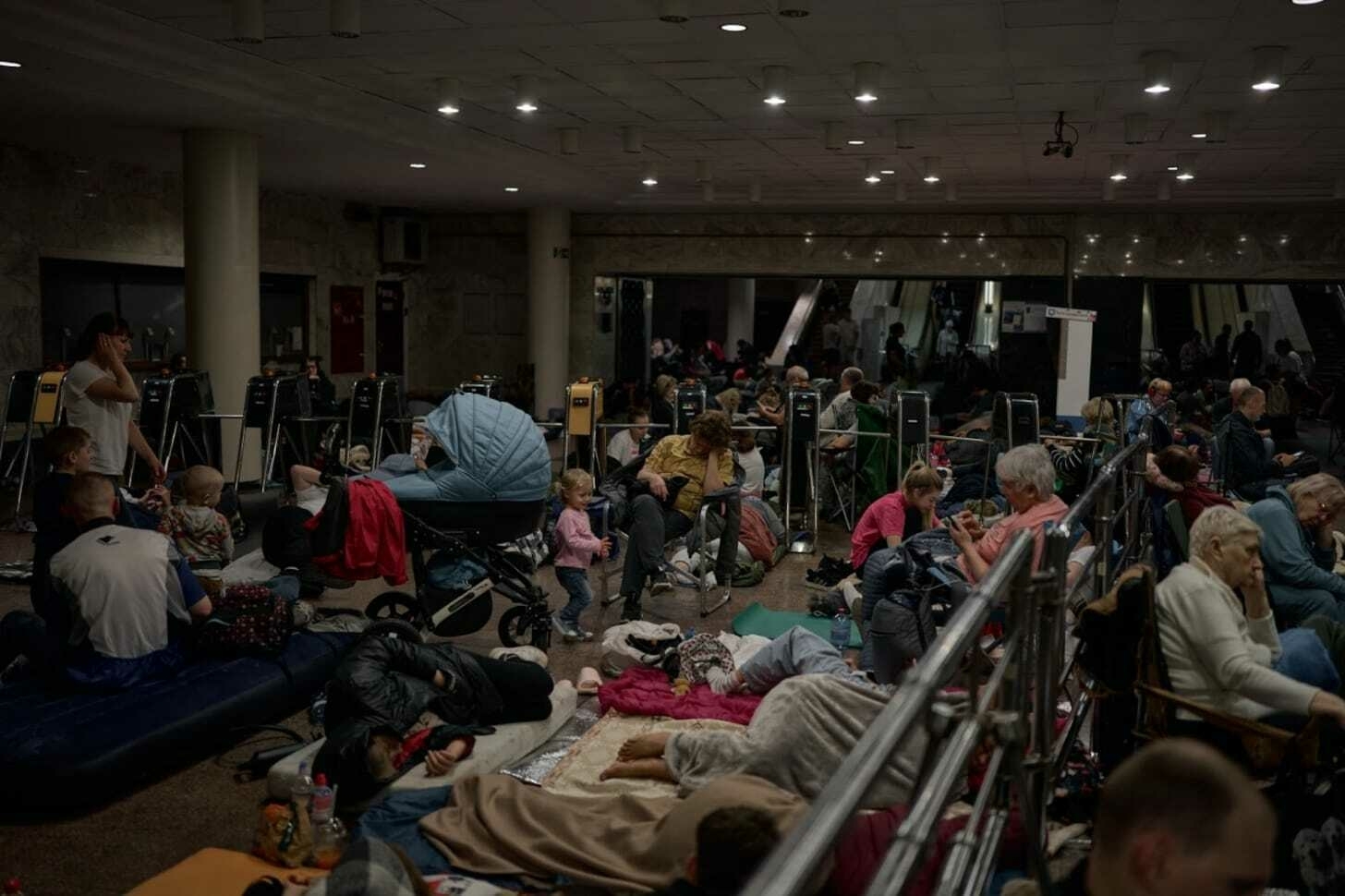
Residents descended into the metro for shelter during an air raid and a mass kamikaze drone attack on the center of the capital July 4, 2025 in Kyiv, Ukraine. (Photo by Kostiantyn Liberov/Libkos/Getty Images) After the paywall:
Details of the Putin-Trump call, and what came next
How it felt on the ground on the receiving end of the attacks
The damage, for a generation, to America’s reputation in the world
-
'Disingenuous' Hegseth paused Ukraine weapons despite Pentagon finding aid wouldn't hurt US readiness, NBC reports
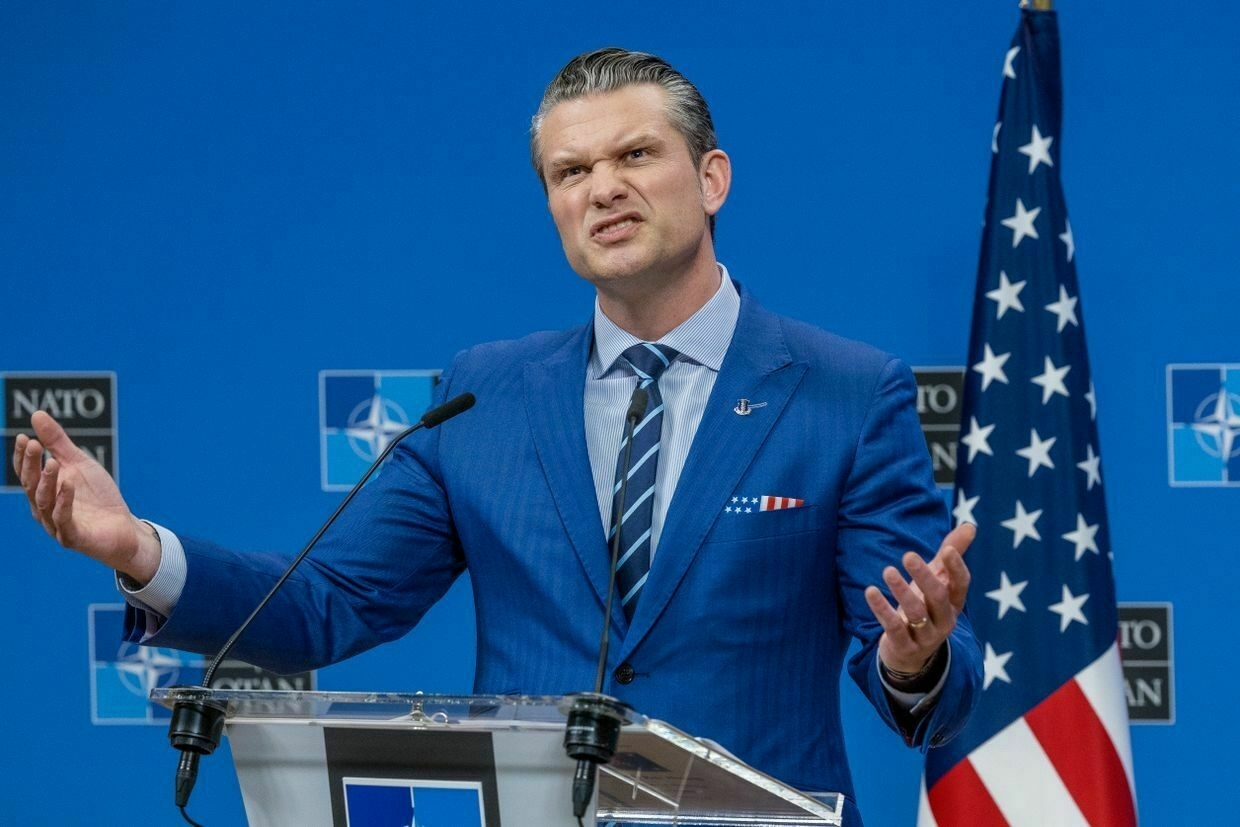
U.S. Defense Secretary Pete Hegseth unilaterally halted a weapons shipment to Ukraine on July 2 despite internal military assessments showing the aid would not compromise American military readiness, NBC News reported on July 4, citing three U.S. officials.
The pause in aid, which included critical air defense systems and ammunition, reportedly caught the State Department, members of Congress, Ukraine, and key European allies off guard.
Ukraine suffered one of the largest attacks on July 4, with President Volodymyr Zelensky calling for more air defense to protect civilians in the cities. The attack on Kyiv killed one person and injured 23 more.
A senior U.S. military review had concluded that while some munitions stockpiles, including precision weapons, were low, they had not fallen below critical thresholds, according to NBC. Despite this, Hegseth opted to stop the shipment. This is reportedly his third such move since February.
“We are not at any lower point, stockpile-wise, than we’ve been in the three-and-a-half years of the Ukraine conflict,” Congressman Adam Smith the top Democrat on the House Armed Services Committee, said. Smith, who said his staff reviewed the Pentagon’s figures, called the justification “disingenuous."
The shipment reportedly included dozens of Patriot interceptors, 155 mm artillery rounds, Hellfire missiles, guided missile systems (GMLRS), Stinger and AIM air-to-air missiles, and grenade launchers.
Two sources told NBC that some of the weapons had already been loaded onto trucks in Poland when the halt was ordered.
Zelensky recently called Patriot systems “real defenders of life,” since Patriot missile systems are the best air defense in Ukraine’s arsenal. They are considered to be the most effective measure against Russian ballistic missiles like Iskander and Kinzhal.
‘Major casualties among civilians’ — US freeze on air defense missiles is terrible news for UkraineThe halting of deliveries of air defense missiles from the U.S. will lead to“major casualties among civilians,” a deputy commander in Ukraine’s air defense told the Kyiv Independent. Politico reported on July 1 that the U.S. Defense Department (DOD) had halted shipments of some weapons previouslyThe Kyiv IndependentKollen Post
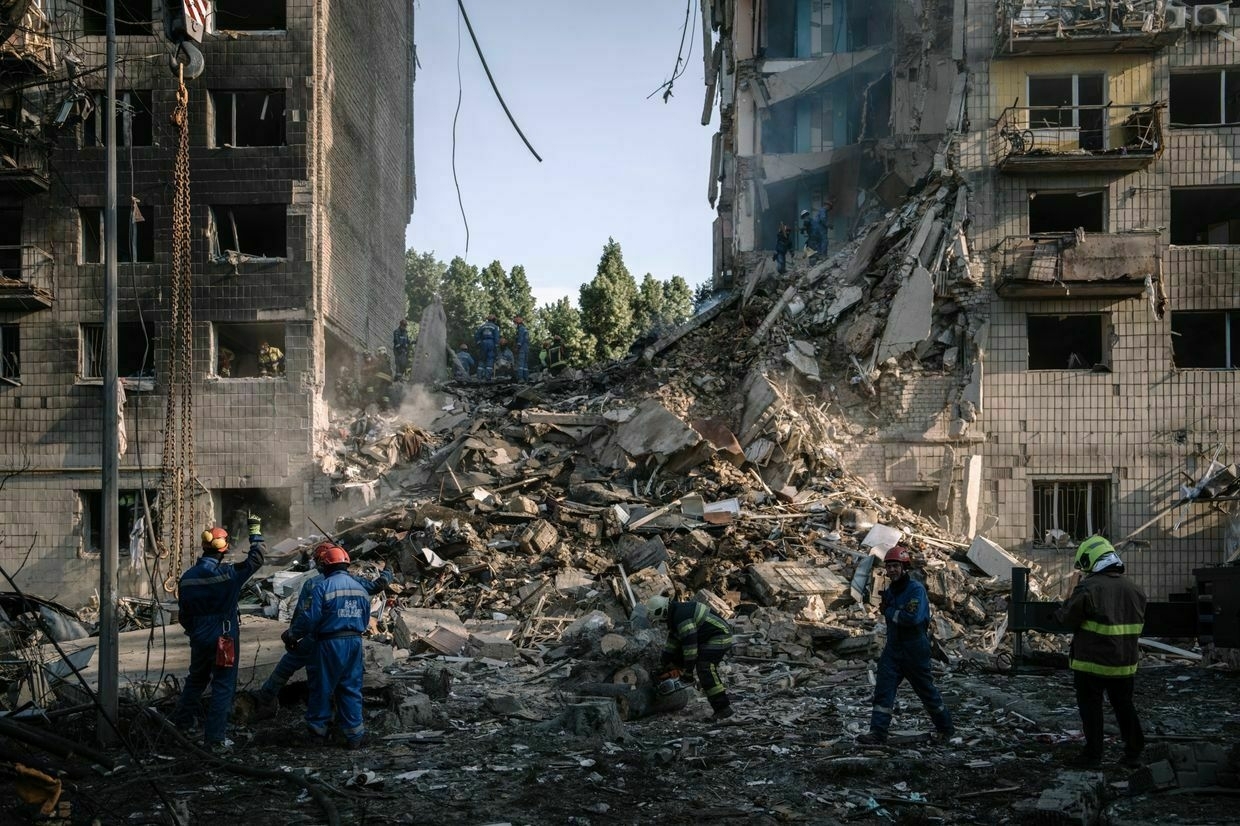
Pentagon spokesman Sean Parnell described earlier the decision as part of a broader “capability review” to ensure U.S. forces remain equipped.
The halt has initiated debate over the future of U.S. support for Ukraine.
Lawmakers from both parties, including Republican Congressman Michael McCaul, expressed frustration at the lack of advance notice. “Now is the time to show Putin we mean business,” McCaul wrote on X.
Republican Congressman Joe Wilson also reacted to the halt, warning of its consequences amid Russia’s ongoing strikes.
“As Americans begin to enjoy the sounds of fireworks in celebration of our Nation’s Independence, war criminal (Russian President Vladimir) Putin, who is losing his pathetic war, resorts to scorched earth tactics across Ukrainian cities that predate Moscow’s existence,” Wilson wrote.
Wilson said he is “confident the Department of Defense will advance President Trump’s objectives stated at The Hague to send additional air defense and approved weapons to help stop this absolute depravity, as allies have and must continue doing at a rapid pace."
Republican Congressman Brian Fitzpatrick has requested an emergency White House briefing, warning the decision could cost lives.
Trump has denied that the U.S. paused shipments on July 3, contradicting both Pentagon confirmation and reporting.
“We haven’t,” Trump told a reporter. “We’re giving weapons.” He also claimed the Biden administration had “emptied out our whole country” and insisted Washington must prioritize its own defense.
‘Nothing but terror and murder’ — Russia pounds Kyiv with record overnight drone, missile attack, 1 dead, 23 injuredFires broke out across the city as Russia attacked the capital overnight on July 4. At least 23 people have been injured, with 14 of the victims hospitalized. The Kyiv IndependentKateryna Hodunova
The Kyiv IndependentKateryna Hodunova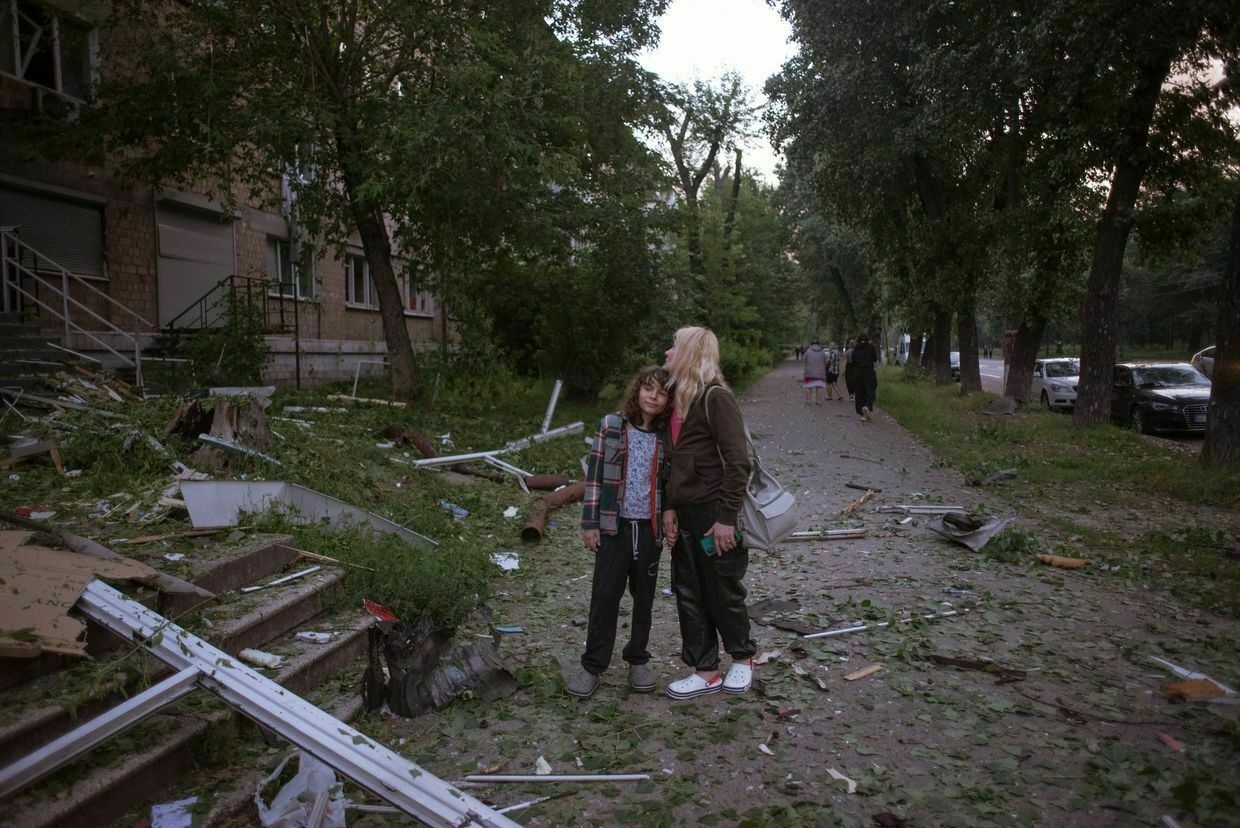
-
Russia intensifying use of chemical weapons in Ukraine, Dutch intelligence reports
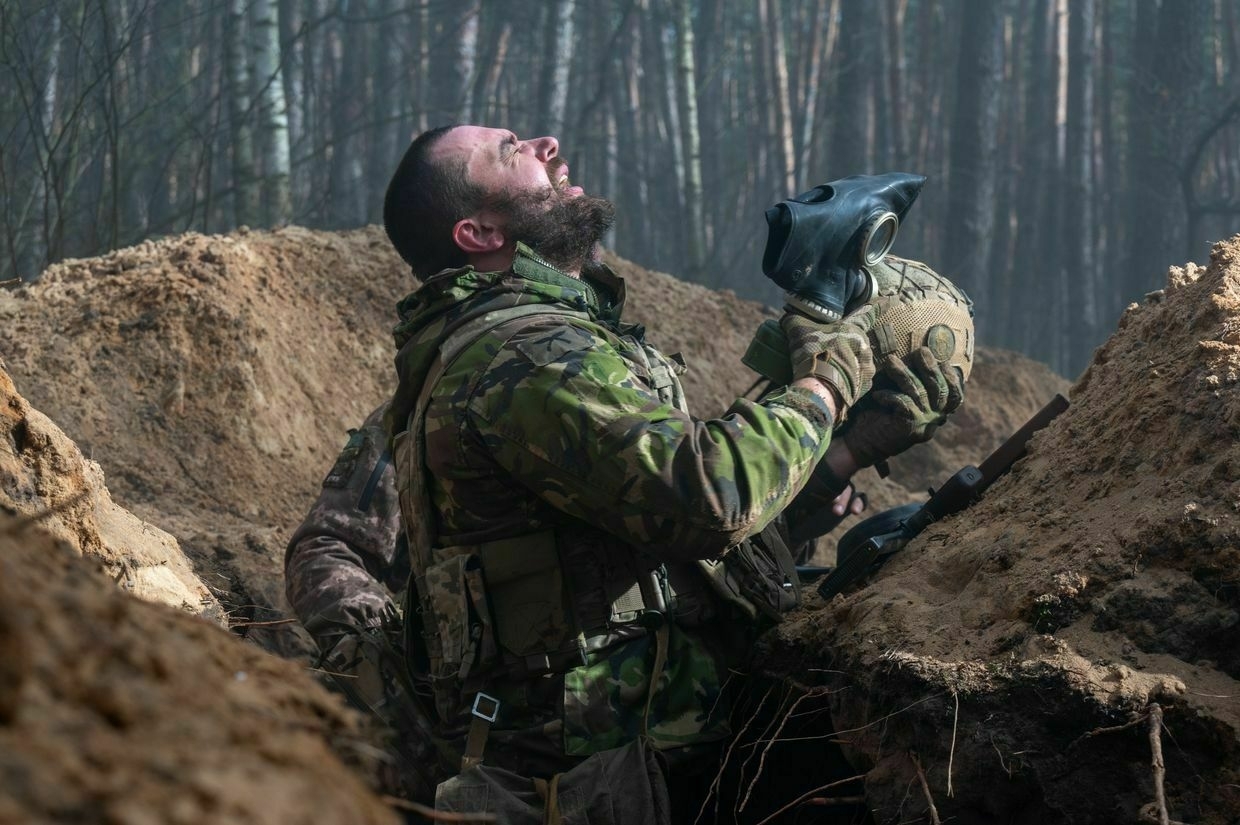
Russia is escalating the use of chemical weapons against Ukrainian forces, the Netherlands Military Intelligence (MIVD) reported on July 4.
Russian troops use banned chemical agents as psychological warfare to panic Ukrainian forces, forcing soldiers from dugouts and trenches with gas grenades dropped by drones, making them easy targets for subsequent drone or artillery attacks.
According to MIVD report, it was previously known that Russia usesd tear gas, but now intelligence has confirmed the use of chloropicrin — a substance that can kill in high concentrations in enclosed spaces.
Use of of chloropicrin, banned under international law, was discovered by the Netherlands Military Intelligence and Security Service (MIVD) and General Intelligence and Security Service (AIVD) together with the German foreign intelligence service BND.
The Kyiv Independent previously reported rising chemical attacks, but Ukraine could not accurately identify the chemical substances due to lack of equipment.
The U.S. State Department had already reported in May that Russian forces have used the chemical agent chloropicrin in Ukraine. The May 1 announcement was part of a larger statement about the introduction of new U.S. sanctions against more than 280 individuals and entities.
For now, the original statement has been removed from the U.S. State Department website.
Russia is using this type of weapon more frequently and “with ease,” says MIVD Director Vice Admiral Peter Reesink.
Dutch Defense Minister Ruben Brekelmans, who announced the news to the Dutch parliament, called the situation “absolutely unacceptable,” calling for “more sanctions, isolation of Russia and unwavering military support for Ukraine."
“We are making this public now because Russia’s use of chemical weapons must not become normalized,” Brekelmans said. “If the threshold for using this type of weapon is lowered, it is dangerous not only for Ukraine but also for the rest of Europe and the world."
Since the start of the full-scale invasion in 2022, Russia has conducted over 9,000 chemical attacks. At least three Ukrainian soldiers have died directly from exposure to toxic substances, according to Ukraine’s Ministry of Defense.
Dutch intelligence has established that Russian military leadership actively facilitates chemical attacks, and the use of banned substances has become standard practice for Russian forces.
Moscow is also increasing investments in chemical weapons programs, expanding research and recruiting new scientists, MIVD and AIVD observe.
The U.S. has accused Russia of deploying chloropicrin, often used in agriculture and widely weaponized as a “vomiting agent” during World War I.
‘Deliberately massive and cynical’ — Russian attack on Ukraine began as Trump and Putin spoke, Zelensky says“Patriots and their missiles are real defenders of life,” President Volodymyr Zelensky said. “It is very important to maintain the support of partners in ballistic missile defense.” The Kyiv IndependentAnna Fratsyvir
The Kyiv IndependentAnna Fratsyvir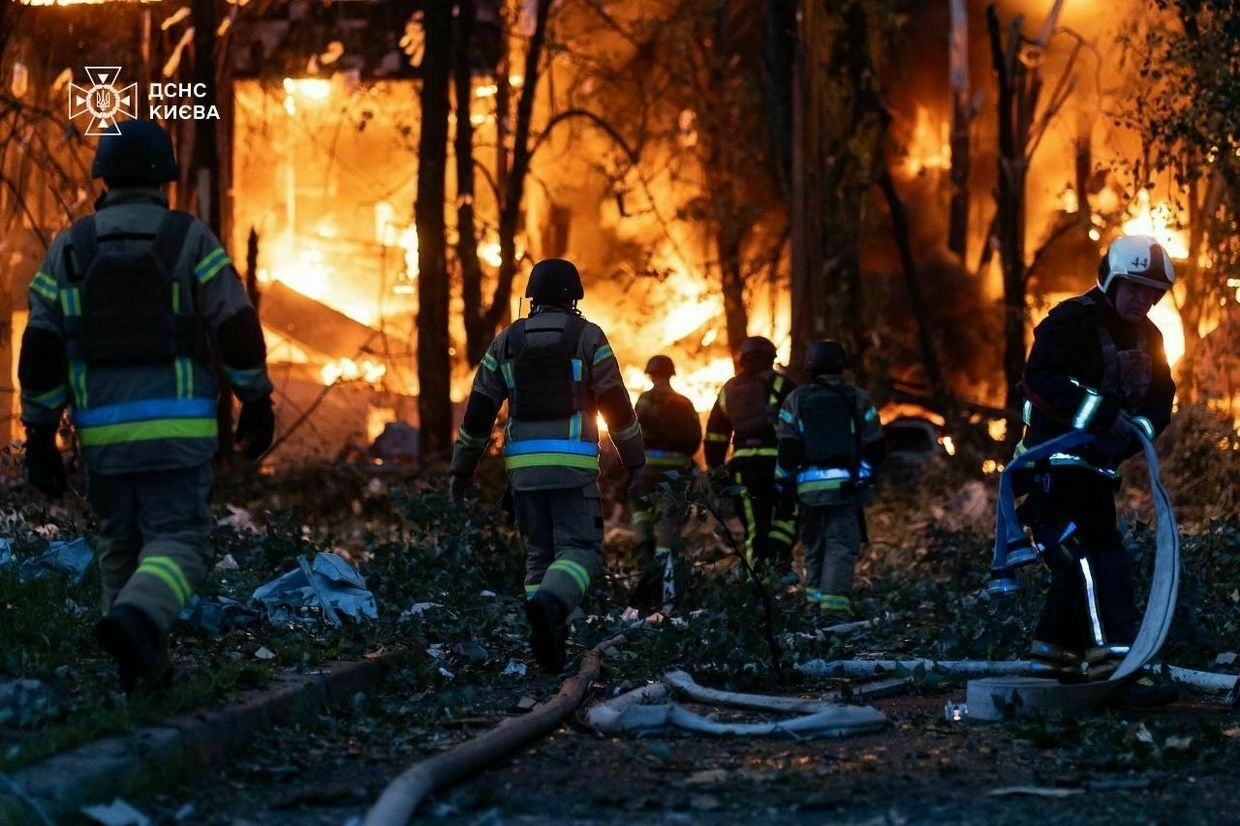
-
Ukraine, Russia conduct new POW exchange
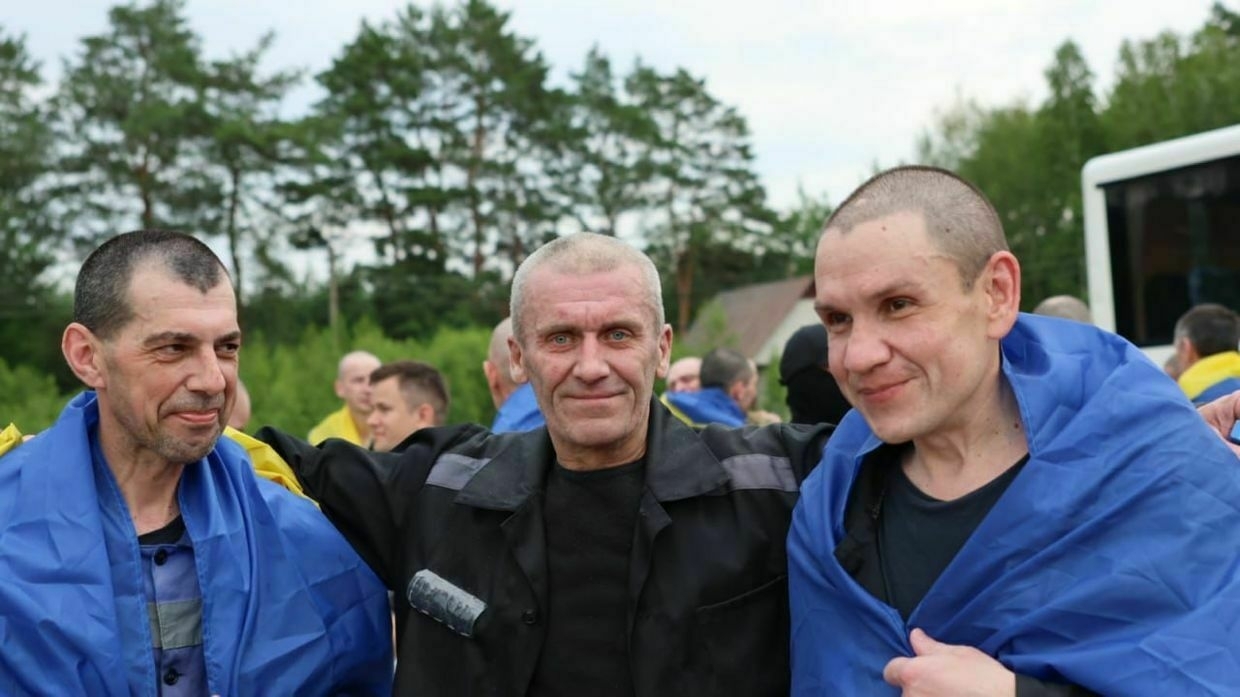
Editor’s note: This is a developing story and is being updated.
A new prisoner of war (POW) exchange with Russia has taken place, bringing home another group of Ukrainian defenders held in Russian captivity, many since 2022, President Volodymyr Zelensky confirmed on July 4.
“Our people are home. Most of them had been in Russian captivity since 2022,” Zelensky said in a statement.
“Today, our defenders are returning, those who fought for Ukraine in various regions: Donetsk, Mariupol, Luhansk, Kharkiv, Kherson. These are soldiers of the Armed Forces, the National Guard, the State Border Guard Service, the State Special Transport Service, and also civilians,” Zelesnky said.
The exchange follows five swaps that occurred in June under the Istanbul deal reached between Ukraine and Russia on June 2. The agreement provided for the regular release of severely ill and wounded POWs from both sides, as well as the repatriation of the bodies of fallen soldiers.
Previous swaps have brought home service members from the Armed Forces, National Guard, and State Border Guard Service, many of whom were captured in 2022 during the Russian invasion.
“Exchanges must continue, and I thank everyone who makes this possible,” Zelensky said. “Ukraine’s goal is to free all our people from Russian captivity. I thank everyone who helps make that happen."
Russia’s Defense Ministry confirmed the exchange on July 4, without disclosing the number of soldiers returned.
Previous exchanges have focused on individuals with serious medical needs resulting from injuries and harsh conditions in captivity. Some previously released prisoners had defended Mariupol during the 2022 siege, while others fought in regions including Donetsk, Luhansk, Kherson, and Kyiv oblasts.
The Istanbul agreement followed months of stalled negotiations and was hailed as a humanitarian breakthrough despite the lack of broader political progress.
As part of the deal, Moscow pledged to return the remains of up to 6,000 Ukrainian service members and civilians. Ukrainian authorities say Russia has already transferred over 6,000 bodies in recent weeks.
Ukraine continues to advocate for a full-scale “all-for-all” exchange, a proposal that Russia has so far rejected. Still, both sides have carried out smaller, phased swaps, sometimes multiple in a single week.
Explained: How Ukraine negotiates prisoner of war swaps with RussiaEven after Ukraine cut diplomatic ties with Russia in 2022, prisoner exchanges have continued as one of the few remaining channels of communication between the two countries. Negotiated behind closed doors and carried out irregularly, POW swaps — and the decisions surrounding them — have long been shrouded in secrecy. Controversies haveThe Kyiv IndependentDaria Shulzhenko

-
Trump envoy Steve Witkoff pushing to lift energy sanctions on Russia, Politico reports
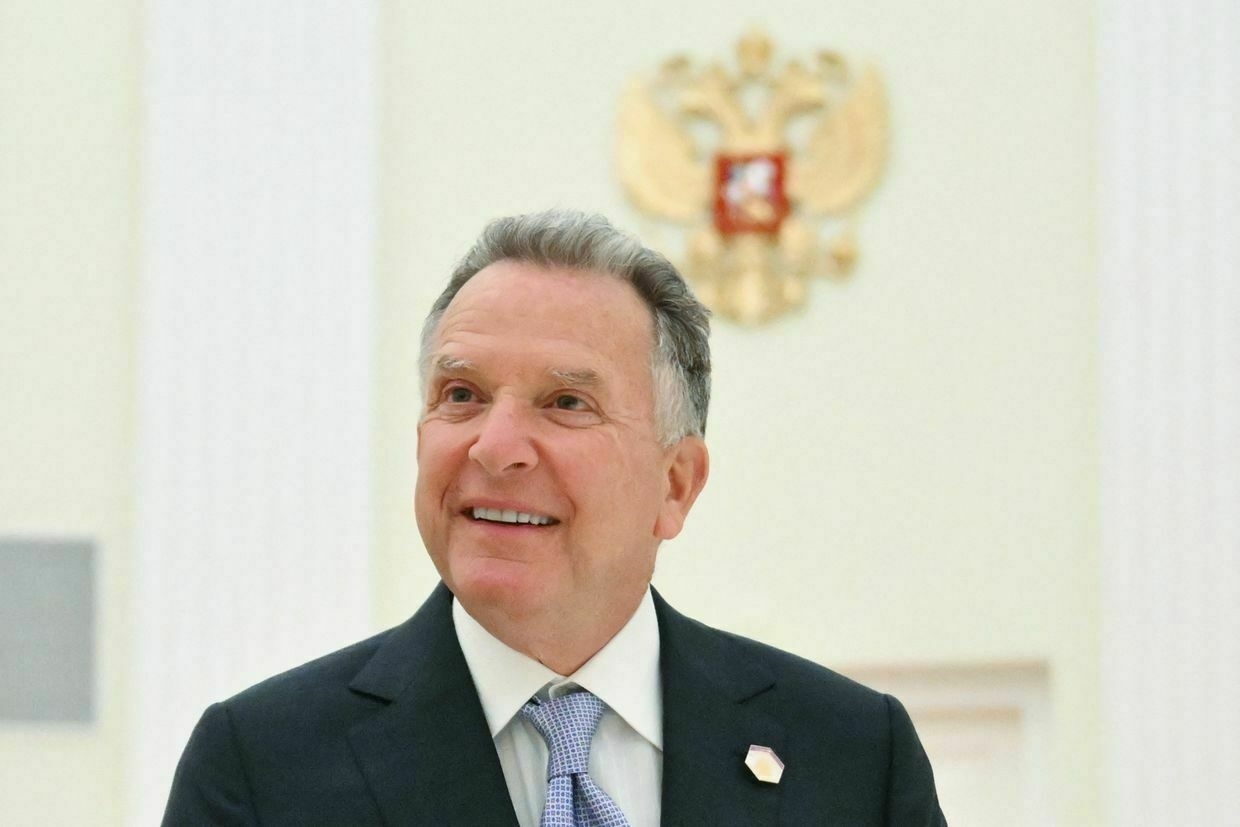
U.S. President Donald Trump’s Special Envoy Steve Witkoff is pushing to lift U.S. energy sanctions on Russia, Politico reported on July 4, citing two people familiar with the matter.
The move is part of a broader debate within Trump’s administration over how to engage with Moscow amid the ongoing war in Ukraine.
While Witkoff is reportedly advocating for the easing of energy sanctions, others in the administration disagree. Interior Secretary Doug Burgum favors reducing U.S. reliance on Russian imports rather than expanding trade, according to Politico.
Despite pledging during his campaign to end the war in Ukraine in “24 hours,” Trump has made little progress on securing a ceasefire. After nearly seven months of his presidency, and several peace talks between Russia, Ukraine, and the United States, no ceasefire agreement has been reached.
Moscow continues intensifying its attacks against Ukrainian cities. Russia launched one of the largest aerial attacks on Ukraine on July 4, hours after Russian President Vladimir Putin had a phone conversation with Trump.
When journalists asked if he had made any progress with Putin on the call, Trump responded: “No, I didn’t make any progress with him today at all."
Europe’s energy sector is a central issue in the debate. According to Politico, Moscow is in early talks with Washington about potentially restarting the Nord Stream pipeline project, with backing from U.S. investors. The development has sparked concern in Brussels.
One senior EU official reportedly warned that Trump and Putin appear to be aiming to “divide the European energy market and create (separate) spheres of influence."
Witkoff, a real estate developer-turned-envoy, has raised eyebrows in Washington and abroad over his handling of high-level talks with Russia. As reported by NBC News in May, he has relied on Kremlin-provided translators during multiple meetings with Putin, including a visit to Moscow on April 26, just a day after a Russian missile attack killed 12 people in Kyiv.
Trump’s administration has so far refrained from imposing new sanctions against Russia, even as Putin continues to reject calls for a ceasefire.
‘Nothing but terror and murder’ — Russia pounds Kyiv with ballistic missiles in massive overnight attackFires broke out across the city as Russia attacked the capital overnight on July 4. At least 23 people have been injured, with 14 of the victims hospitalized. The Kyiv IndependentThe Kyiv Independent news desk
The Kyiv IndependentThe Kyiv Independent news desk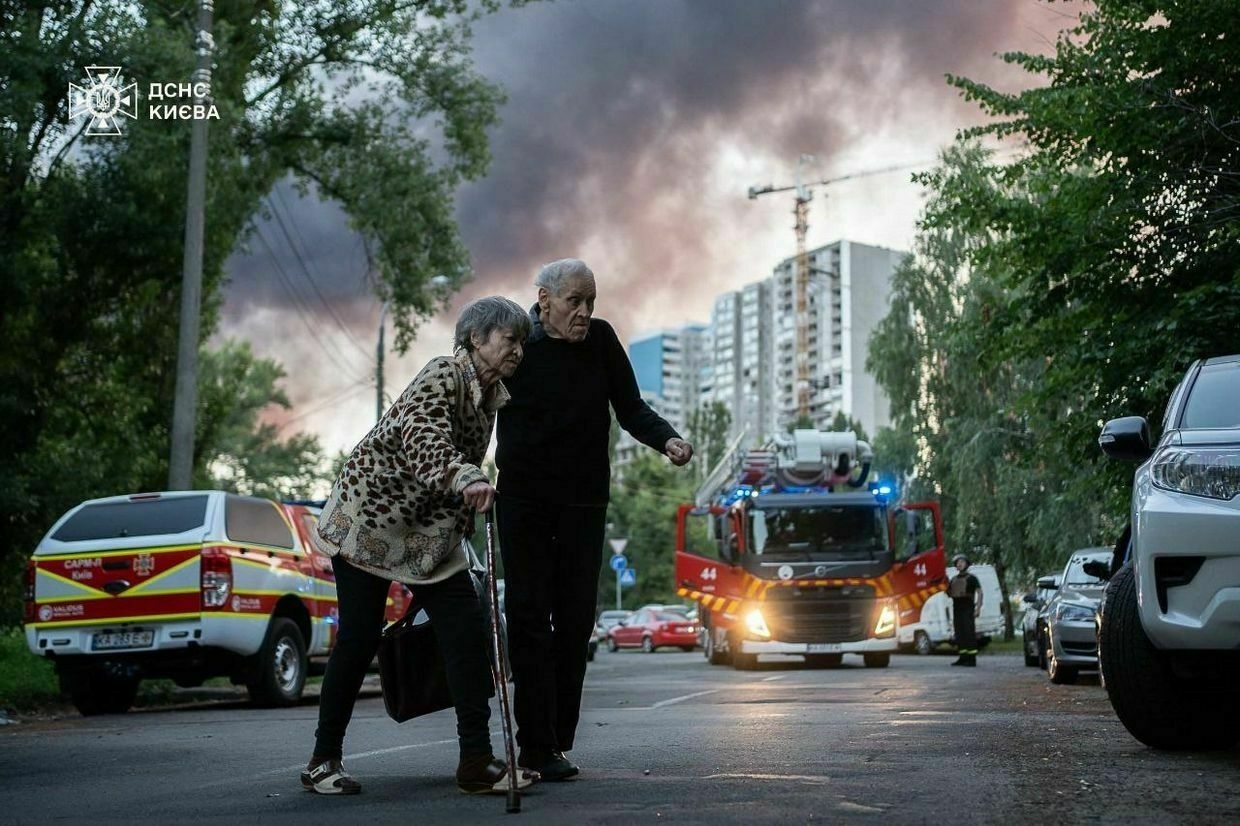
-
Number of Ukrainian children killed and injured amid Russian full-scale invasion jumps threefold in recent months

Life for children in Ukraine has become increasingly dangerous and deadly, according to the latest U.N. figures, which show a threefold jump in the number of deaths and injuries among children over the three months ending in May.
From March through May, 222 children were killed or injured, compared to 73 in the preceding three months, according to a press release from the U.N. Humanitarian Aid Organization for Children (UNICEF) on July 4.
The statement noted that “the ongoing use of explosive weapons in populated areas has been particularly deadly and destructive."
“There is no respite from the war for children across Ukraine,” UNICEF Regional Director for Europe and Central Asia, Regina De Dominicis, said. “The situation for children is at a critical juncture, as intense attacks continue to not only destroy lives but disrupt every aspect of childhood."
In April alone, UNICEF noted, 97 children were killed or maimed, which was the highest figure that the U.N. has been able to verify since June 2022. Among the attacks in April was a strike on a playground in Kryvyi Rih, which killed nine children.
Recent months have seen some of the war’s deadliest attacks on civilians, as Russia steps up its aerial strikes on civilian areas and launches record numbers of drones. Russia has dramatically increased its production of these weapons and is now capable of launching in a single night as many drones as it did over an entire month in early summer 2024.
At the same time, the U.S has halted a shipment of weapons that includes air defense missiles, which Ukraine critically needs to defend itself from Russia’s attacks.
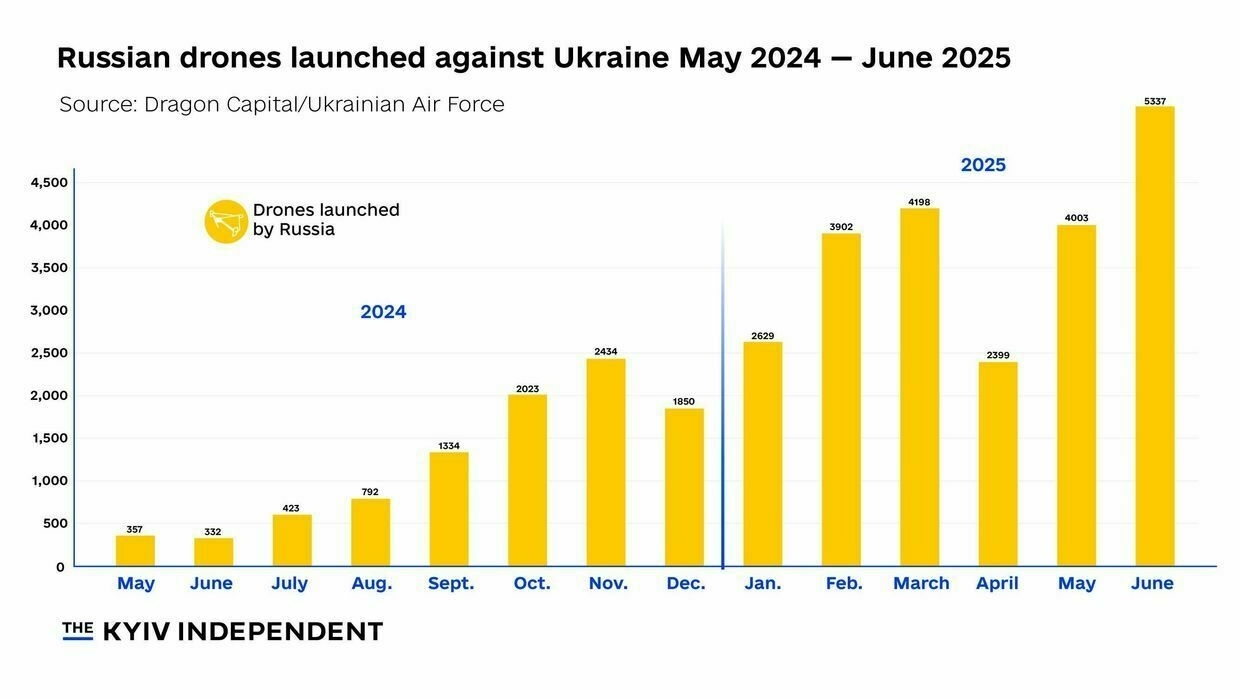
Russian drones launched against Ukraine by month. (Nizar al-Rifai/The Kyiv Independent) ‘Nothing but terror and murder’ — Russia pounds Kyiv with ballistic missiles in massive overnight attackFires broke out across the city as Russia attacked the capital overnight on July 4. At least 23 people have been injured, with 14 of the victims hospitalized. The Kyiv IndependentThe Kyiv Independent news desk
The Kyiv IndependentThe Kyiv Independent news desk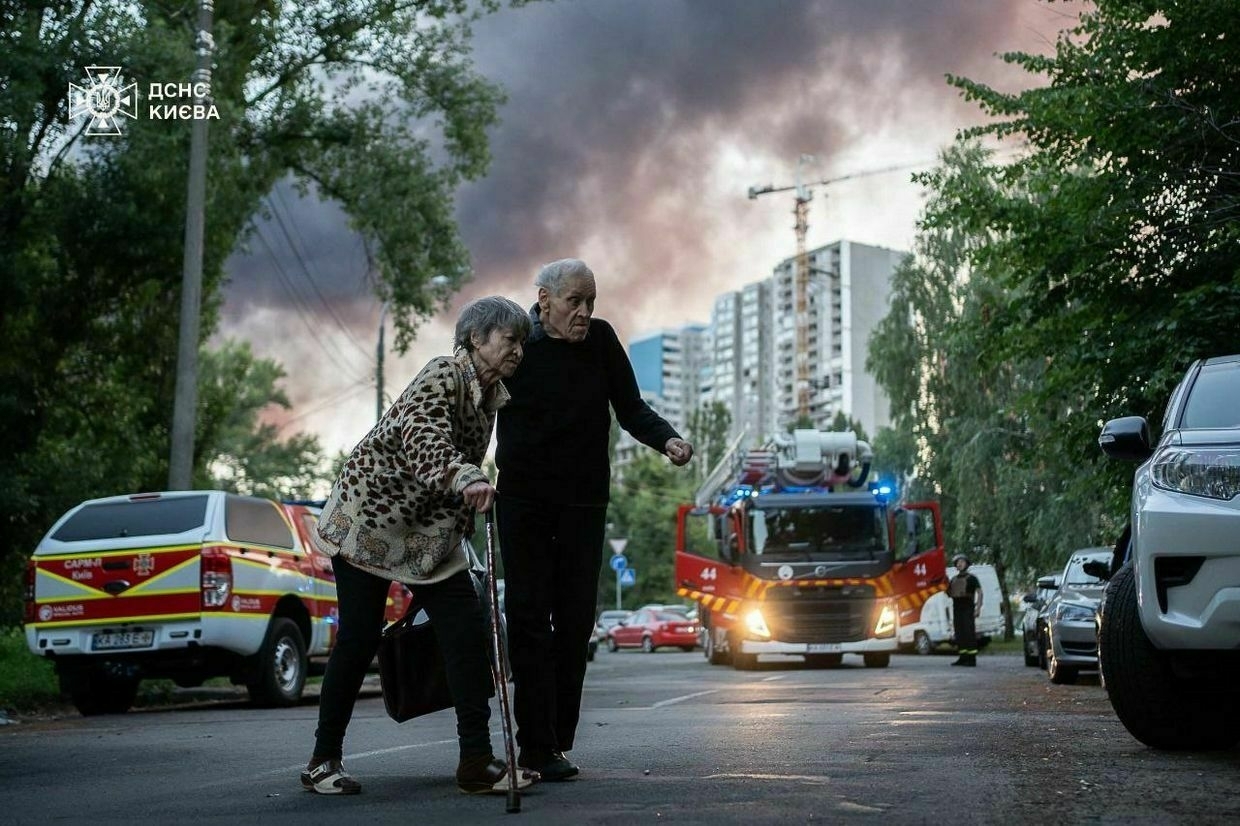
-
'I'm very disappointed' — Trump says after phone call with Putin
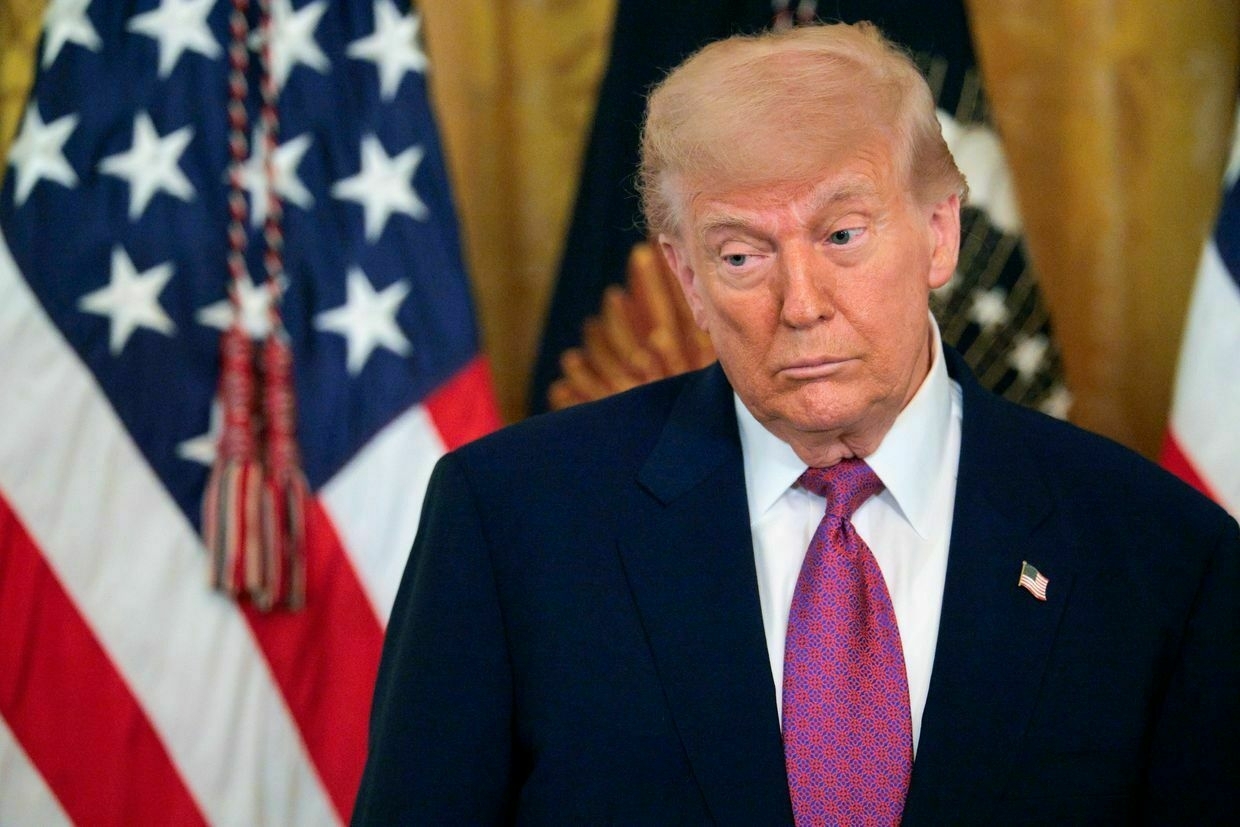
U.S. President Donald Trump said he was “very disappointed” with Russian President Vladimir Putin following a phone call on July 3, during which the two leaders discussed the ongoing war in Ukraine.
Trump told reporters he “didn’t make any progress” and accused Putin of showing no willingness to stop the fighting.
Trump also said that he is planning to talk to President Volodymyr Zelensky on July 4.
“I’m speaking to President Zelensky tomorrow in the early morning, and I’m very disappointed with the conversation I had today with President Putin,” Trump told journalists. “Because I don’t think he’s there. And I’m very disappointed. I don’t think he’s looking to stop this fighting."
The hour-long conversation between Trump and Putin marked the sixth time the two leaders have spoken since Trump took office in January. According to Kremlin aide Yury Ushakov, Putin reiterated that “Russia will continue to pursue its goals,” refusing to back down from what the Kremlin calls the “root causes” of the conflict.
The White House did not issue a readout of the call. Trump provided few additional details, only saying the discussion covered “a lot of things” and confirming no progress had been made on securing a ceasefire.
The call came just hours before one of the largest Russian aerial assaults on Ukraine in recent months. According to Zelensky, air raid sirens began sounding across Ukraine almost simultaneously with media reports about the Trump-Putin call.
“Russia is once again demonstrating that it is not going to end the war and terror,” Zelensky said. “The first air raids in our cities and regions began yesterday, almost simultaneously with the start of media discussions of President Trump’s phone call with Putin."
Overnight on July 4, Russian forces launched more than 550 aerial weapons, including over 330 Iranian-type Shahed drones and multiple types of missiles, across Ukraine, with Kyiv as the main target. At least 23 people were injured in the capital, where fires broke out in multiple districts and air pollution reached dangerous levels.
Zelensky renewed calls for increased military assistance from Ukraine’s partners, especially the delivery of U.S.-made Patriot missile systems.
“Patriots and their missiles are real defenders of life,” he said.
Despite Ukraine’s urgent appeals, the U.S. Defense Department has paused shipments of Patriot systems and other key munitions, citing the need to replenish domestic stockpiles. Ukrainian officials have warned that such delays threaten to embolden Russia and intensify attacks on civilians.
Putin tells Trump Russia won’t back down from its war aims in UkraineThe hour-long conversation between the two presidents focused on Russia’s war in Ukraine and the situation in the Middle East, according to Kremlin aide Yury Ushakov. The Kyiv IndependentTim Zadorozhnyy
The Kyiv IndependentTim Zadorozhnyy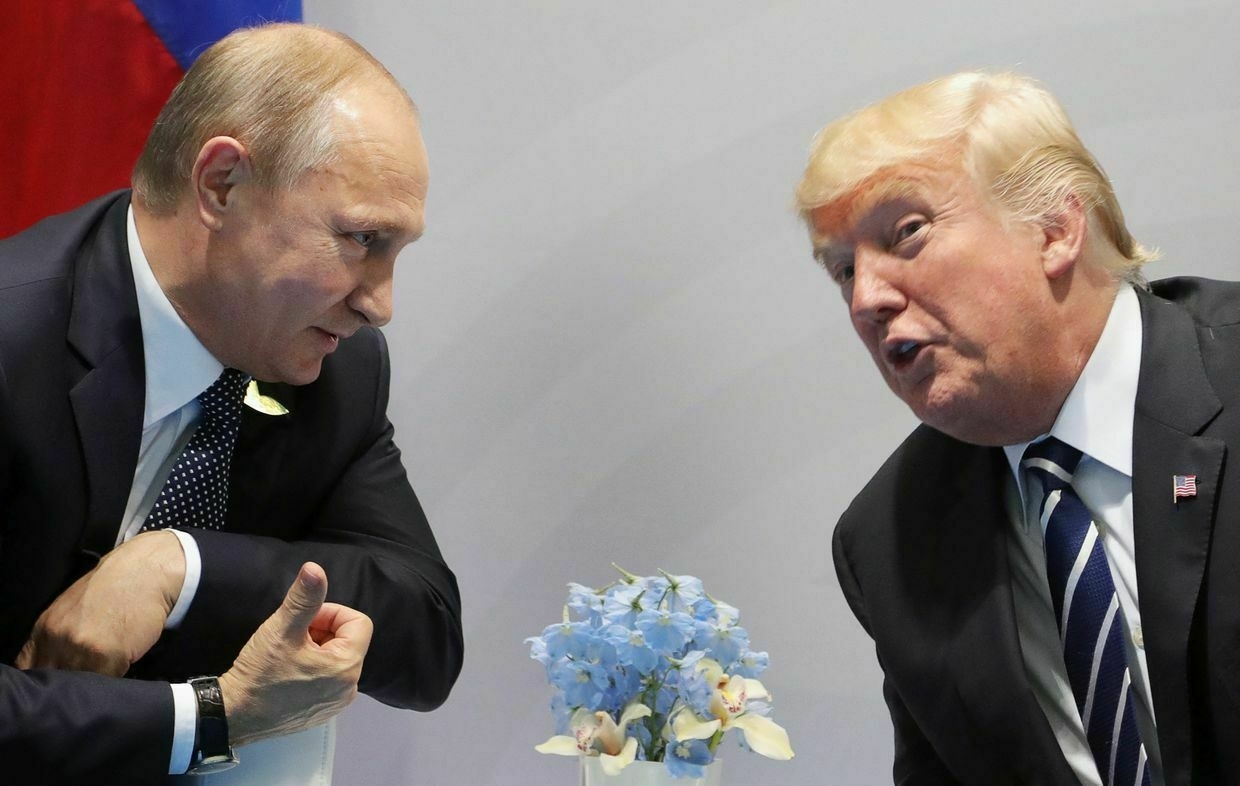
-
Air raids in Ukraine began as Trump and Putin spoke, Zelensky calls for more Patriot missiles
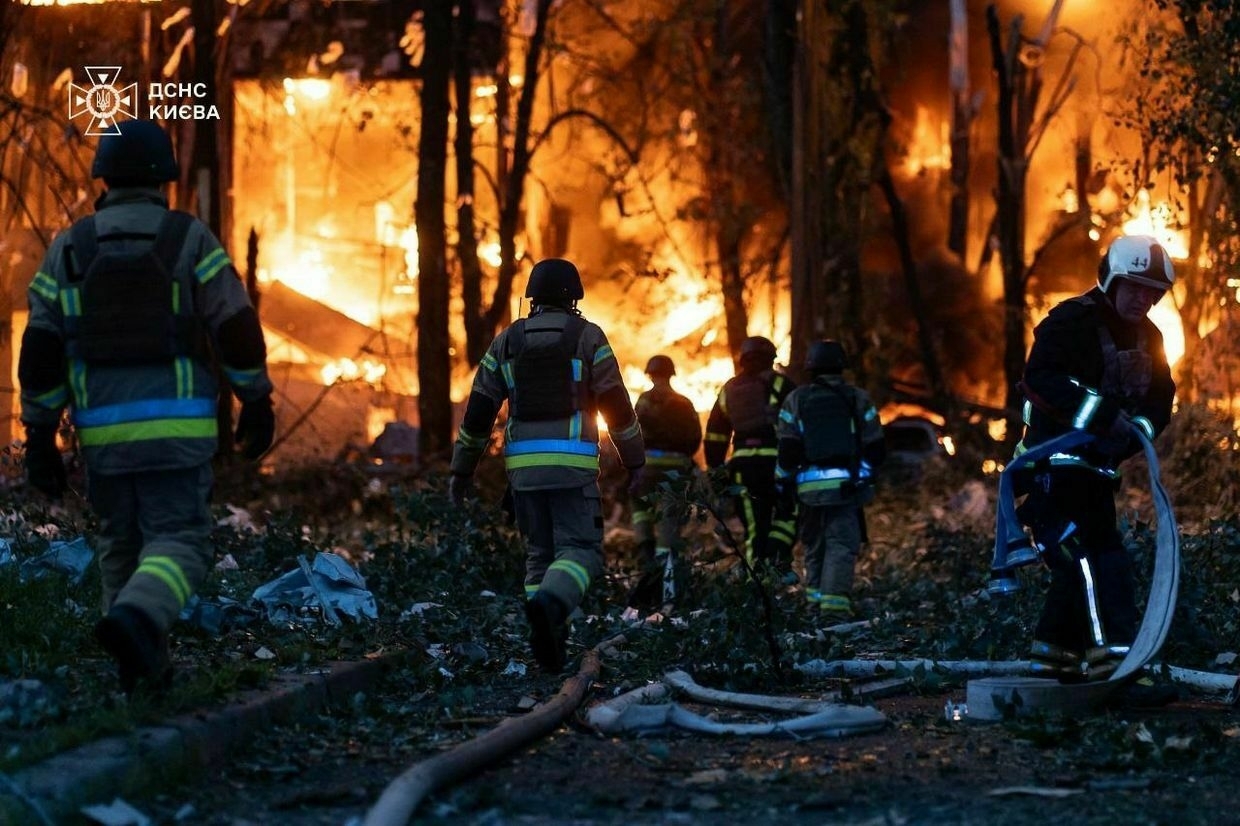
President Volodymyr Zelensky called for more air defence for Ukraine after a massive drone and missile attack on Ukraine’s capital overnight on July 4.
According to Zelensky, as U.S. President Donald Trump and Russian President Vladimir Putin were talking on the phone on July 3, air raid sirens blared across Ukraine.“Moreover, the first air raids in our cities and regions began yesterday almost simultaneously with the start of media discussions of President Trump’s phone call with Putin,” Zelesnky wrote. “Russia is once again demonstrating that it is not going to end the war and terror."
The overnight attack struck Kyiv and several other regions, injuring at least 23 people and setting off dozens of fires in Ukraine’s capital. Russian forces launched more than 550 aerial weapons, including over 330 Iranian-type Shahed drones and multiple types of missiles, including ballistic missiles, Zelensky said.
Kyiv was the main target. Ukraine’s military said it shot down 270 aerial threats, while 208 additional drones were jammed by electronic warfare. Interceptor drones also downed dozens more, Zelensky said, calling their growing use a key defense priority.
Zelensky stressed the need for continued and increased military aid from allies, especially air defenses. “Patriots and their missiles are real defenders of life,” Zelensky said. “It is very important to maintain the support of partners in ballistic missile defense."
Despite Russia’s escalating attacks and Ukraine’s desperate need for air defense munitions, the U.S. has decided to halt shipments of Patriot missiles and other promised weapons to Kyiv, claiming it needs to secure its own stockpiles.
Beyond Kyiv, strikes also hit the Dnipropetrovsk, Sumy, Kharkiv, Chernihiv, and Kyiv oblasts, according to Zelensky. Fires and damage were reported in nearly every district of the capital, including residential buildings, schools, medical facilities, and railway infrastructure.
Local authorities described the night as “terroristic.” Kyiv Mayor Vitali Klitschko reported fires in at least five districts. Air quality in the city remained dangerously poor by morning, as noted by the Ministry of Environmental Protection.
Meanwhile, Russian state media reported that during the Trump-Putin call, Putin reiterated his determination to continue pursuing the Kremlin’s goals in Ukraine, despite mounting international calls for a ceasefire.
Zelensky called on Ukraine’s allies, particularly the United States, to apply massive and immediate pressure on Russia. “We need to ensure that for every such attack on people and lives, they (Russia) feel the corresponding sanctions and other blows to their economy, their earnings, their infrastructure,” he said. “Only this can bring faster change."
Ukraine scrambles to clarify extent of US military aid pause and ‘whether everything will continue’When the U.S. Department of Defense (DOD) halted the transfer of critical air defense missiles and other weapons to Ukraine, Kyiv and its partners were caught off-guard and are now left scrambling for clarity on the scope and length of the Trump administration’s decision. The White House confirmed the halt after a July 1 report by Politico said shipments were paused due to concerns over the size of domestic stockpiles. The decision “was made to put America’s interests first following a DOD rev The Kyiv IndependentAndrea Januta
The Kyiv IndependentAndrea Januta
-
Ukrainian drones strike Moscow, Rostov oblasts, Russian officials say
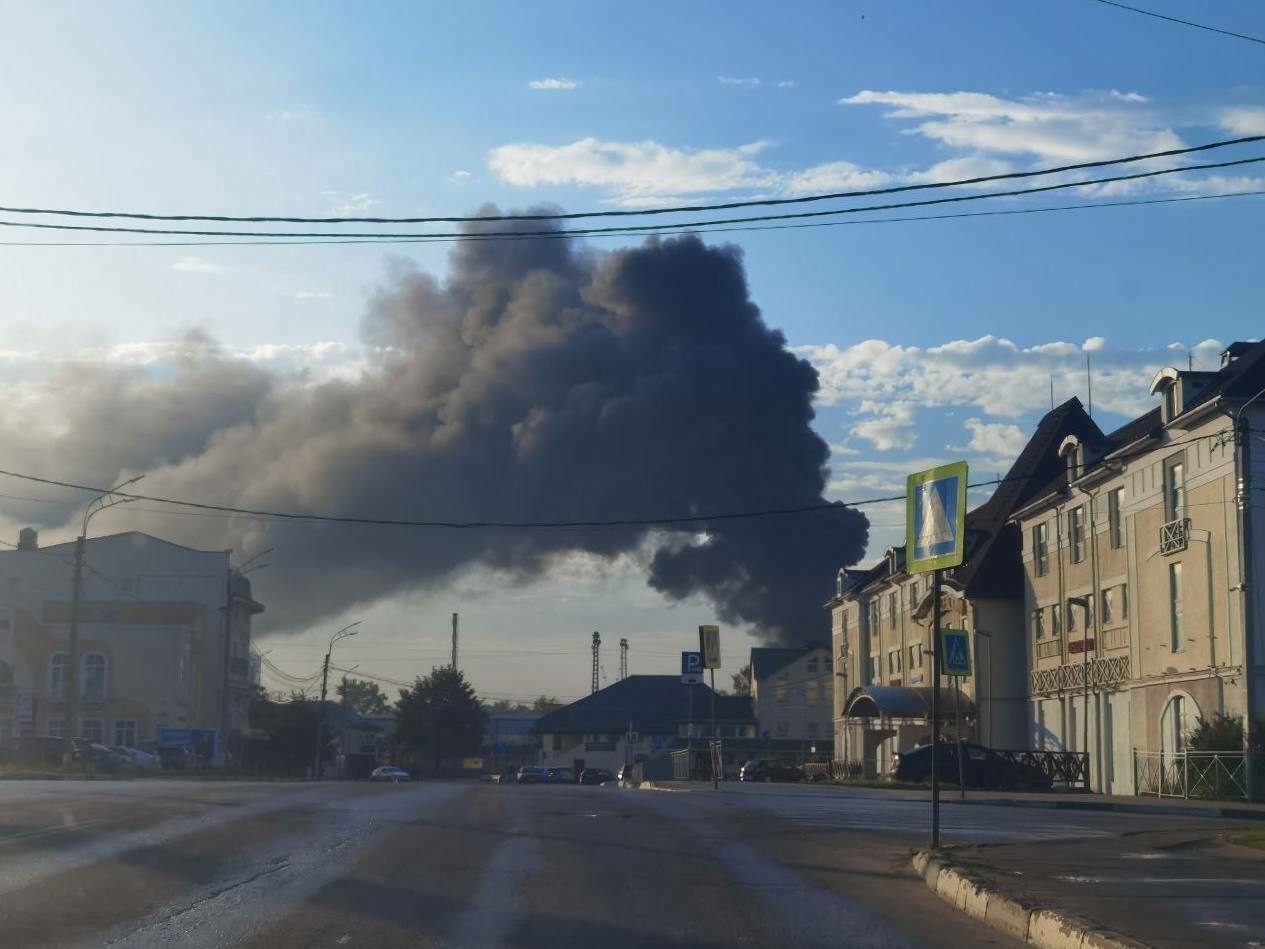
Several drone attacks targeted Moscow Oblast and multiple settlements in the southern Rostov Oblast overnight on July 4, Russian officials reported.
Yuriy Slyusar, acting governor of Rostov Oblast, said a number of towns in the region were struck by drones. In the city of Azov, the attack reportedly damaged several cars and shattered windows in residential buildings. Debris from one drone allegedly fell onto a local stadium.
In the village of Dolotinka, a drone strike reportedly caused the collapse of a section of a residential apartment building, killing an elderly woman. Authorities said 20 residents were evacuated from the damaged structure.
In Sergiyev Posad in Moscow Oblast, four explosions were reported around 5 a.m. near the Zvezdochka neighborhood, accompanied by the sound of drone engines, according to local residents. Oksana Yerokhanova, head of the district, said a power substation was damaged in the incident.
Two people were injured in Sergiyev Posad, according to Governor Andrei Vorobyov.
Russia’s Defense Ministry later claimed that air defense systems had intercepted or destroyed 48 Ukrainian drones overnight. According to the ministry, 26 were downed over Rostov Oblast, 12 over Kursk Oblast, six over Belgorod Oblast, three over Oryol Oblast, and one over Lipetsk Oblast.
The Kyiv Independent could not independently verify these claims. Ukrainian authorities have not commented on the incidents.
Ukraine scrambles to clarify extent of US military aid pause and ‘whether everything will continue’When the U.S. Department of Defense (DOD) halted the transfer of critical air defense missiles and other weapons to Ukraine, Kyiv and its partners were caught off-guard and are now left scrambling for clarity on the scope and length of the Trump administration’s decision. The White House confirmed the halt after a July 1 report by Politico said shipments were paused due to concerns over the size of domestic stockpiles. The decision “was made to put America’s interests first following a DOD rev The Kyiv IndependentAndrea Januta
The Kyiv IndependentAndrea Januta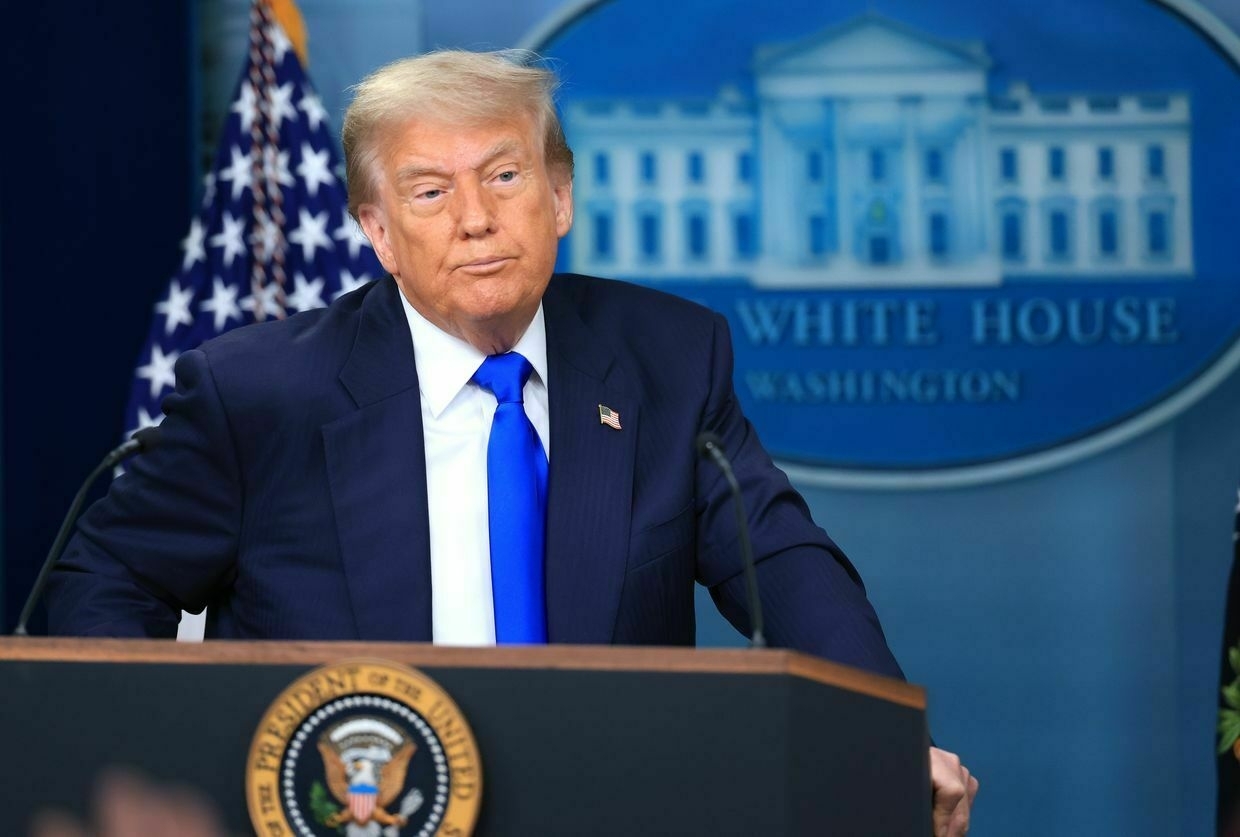
-
General Staff: Russia has lost 1,024,210 troops in Ukraine since Feb. 24, 2022
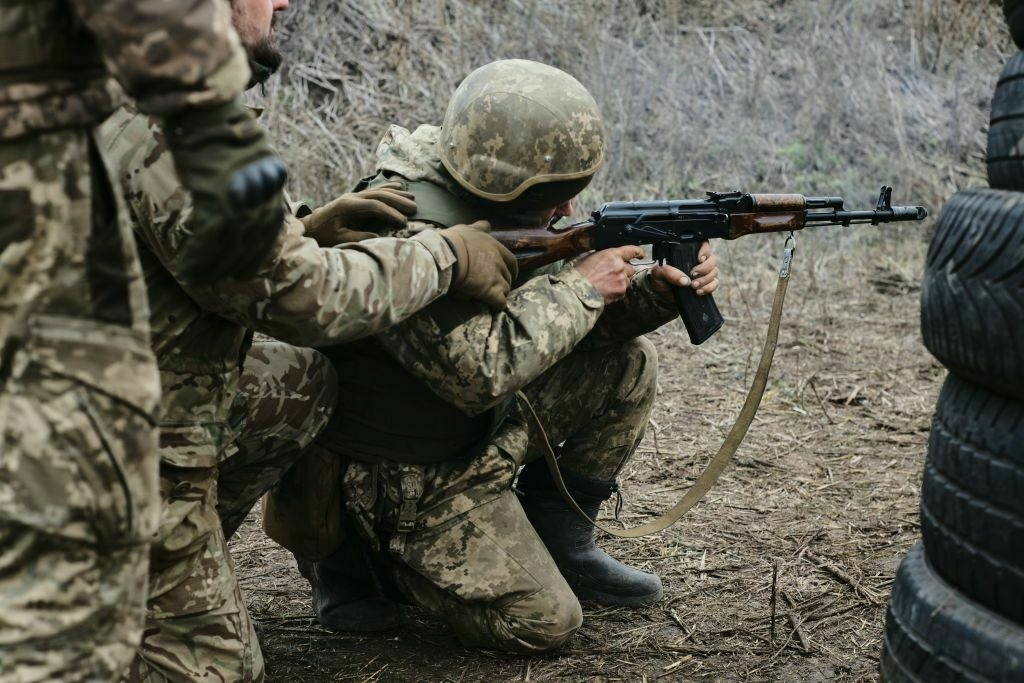
Russia has lost 1,024,210 troops in Ukraine since the beginning of its full-scale invasion on Feb. 24, 2022, the General Staff of Ukraine’s Armed Forces reported on July 4.
The number includes 1,120 casualties that Russian forces suffered over the past day.
According to the report, Russia has also lost 10,988 tanks, 22,946 armored fighting vehicles, 53,999 vehicles and fuel tanks, 29,865 artillery systems, 1,428 multiple launch rocket systems, 1,191 air defense systems, 420 airplanes, 340 helicopters, 43,303 drones, 28 ships and boats, and one submarine.
‘Nothing but terror and murder’ — Russia pounds Kyiv with ballistic missiles in massive overnight attackFires broke out across the city as Russia attacked the capital overnight on July 4. At least 19 people have been injured, with 14 of the victims hospitalized. The Kyiv IndependentThe Kyiv Independent news desk
The Kyiv IndependentThe Kyiv Independent news desk

